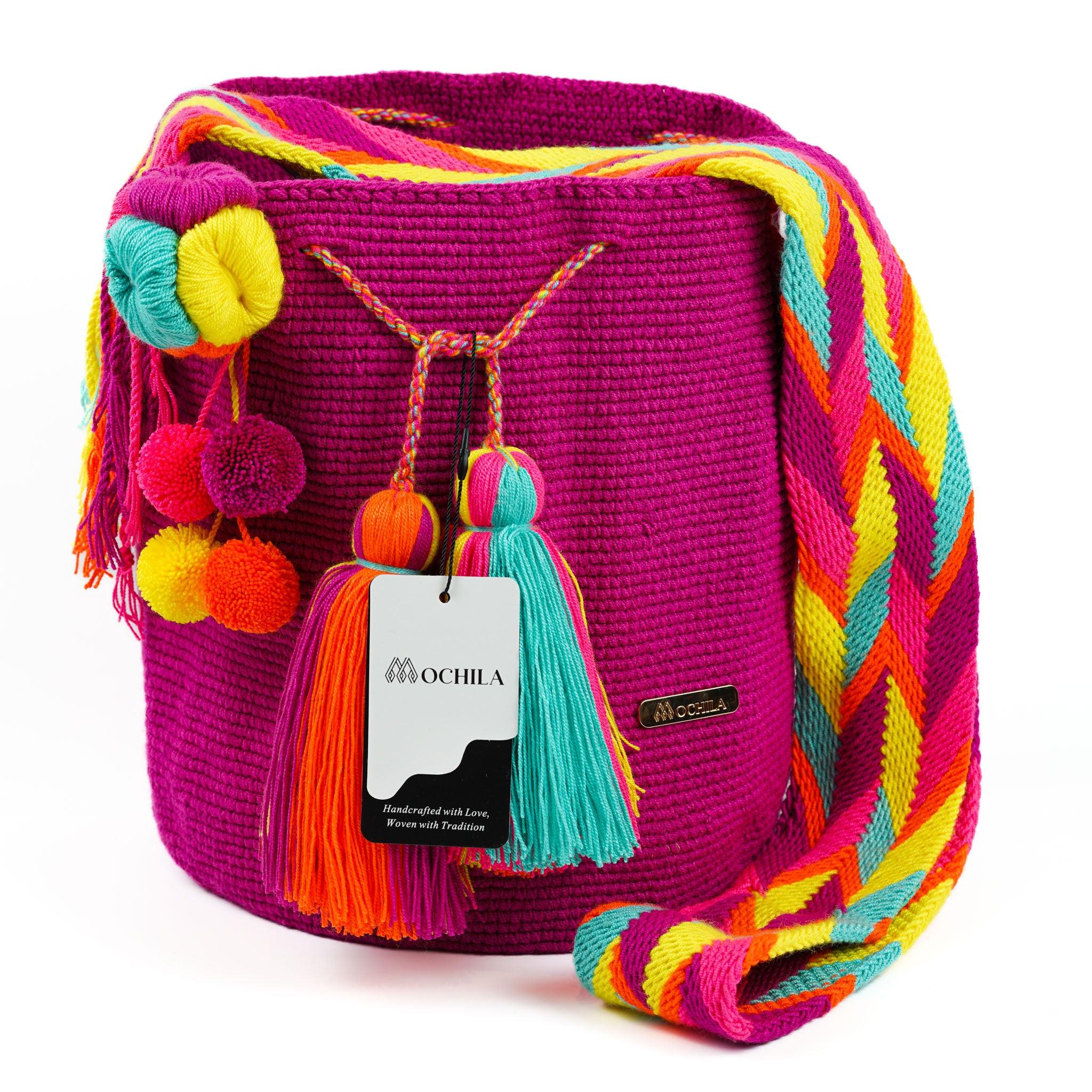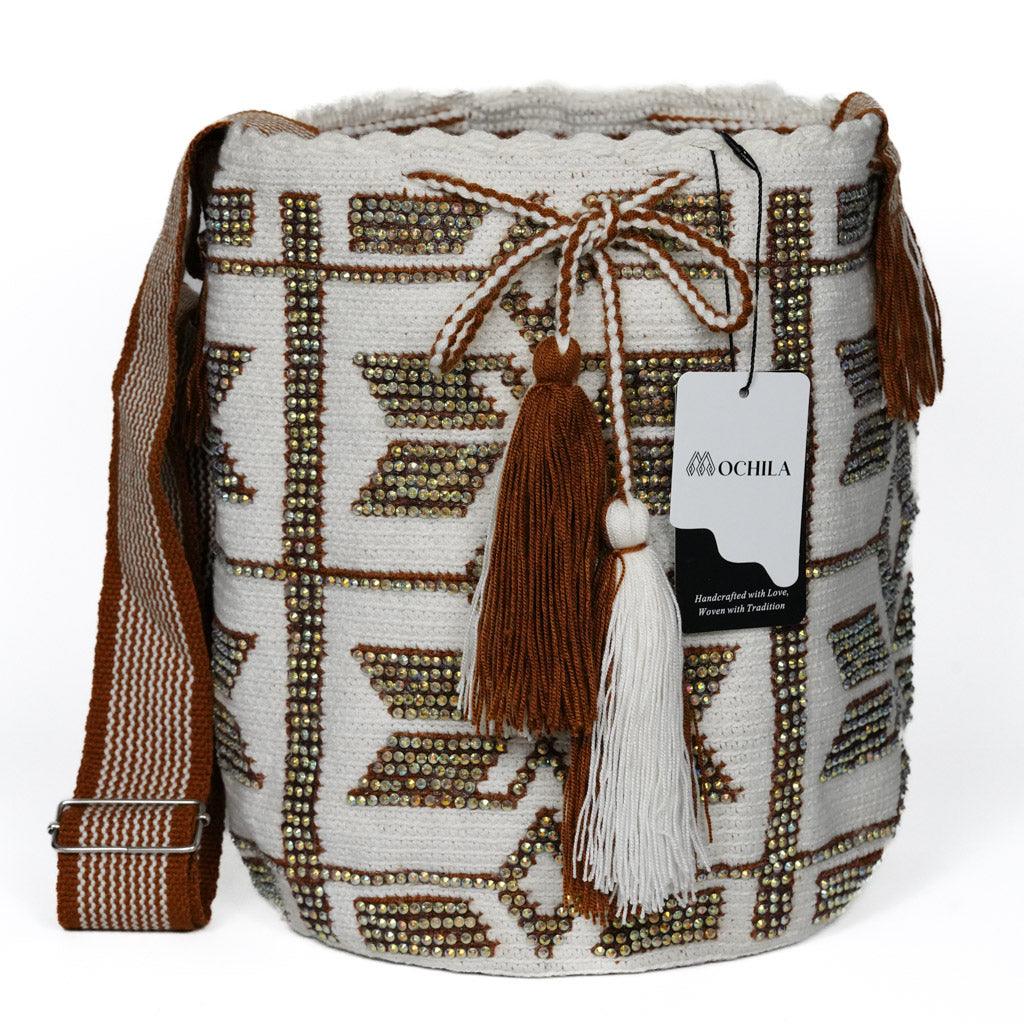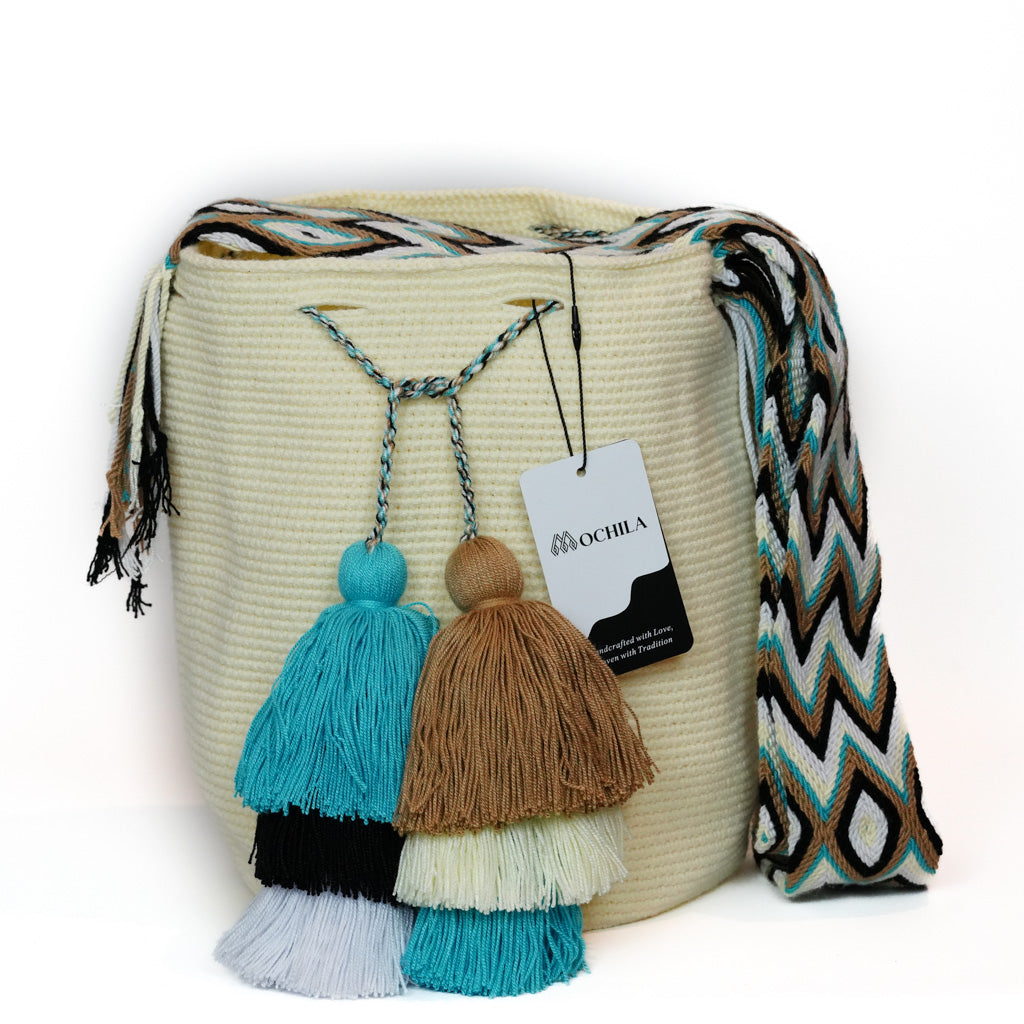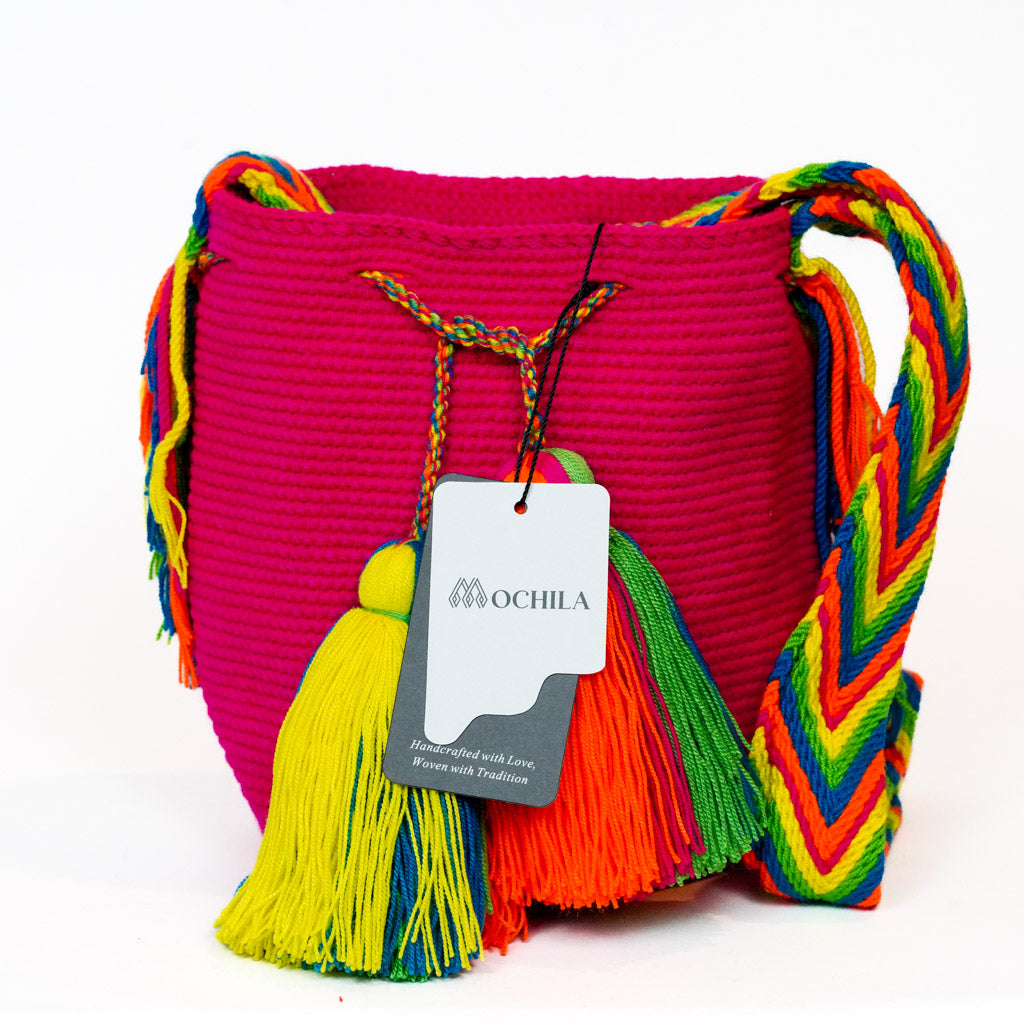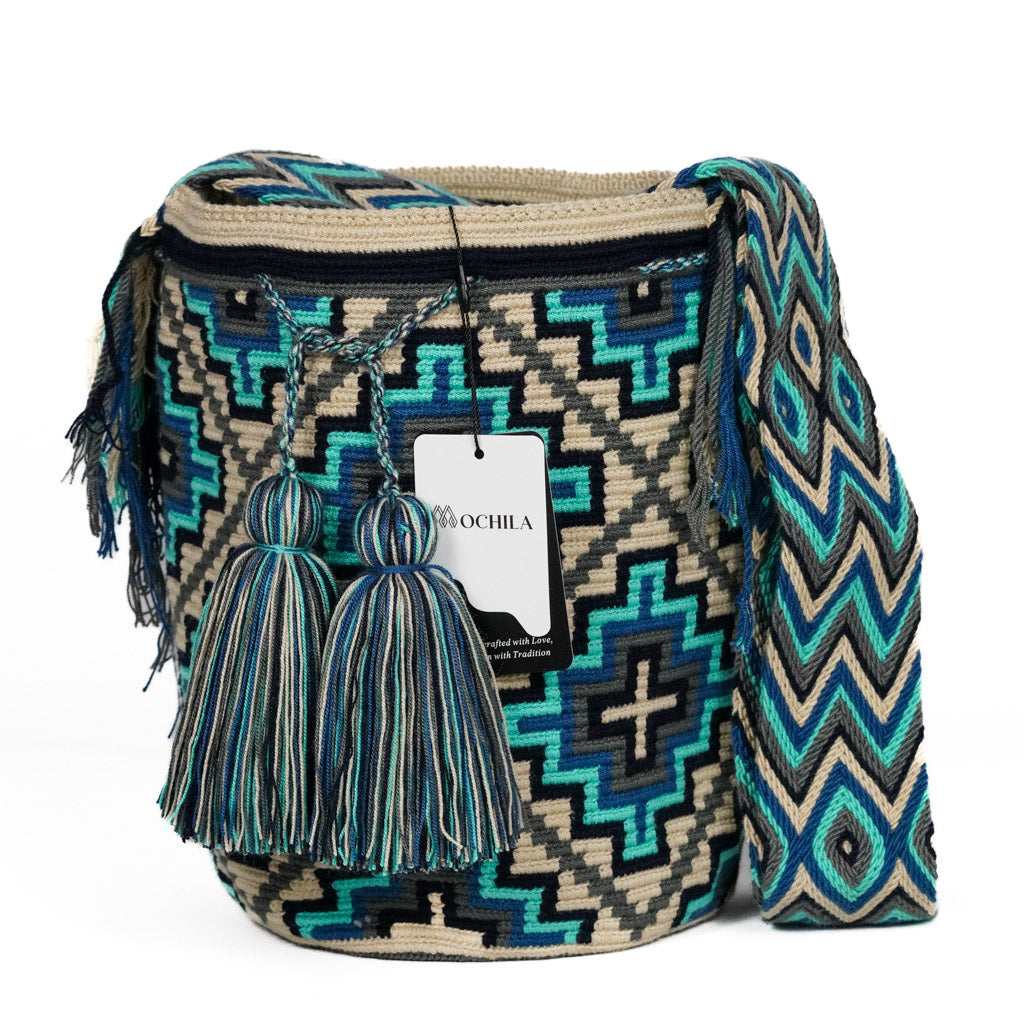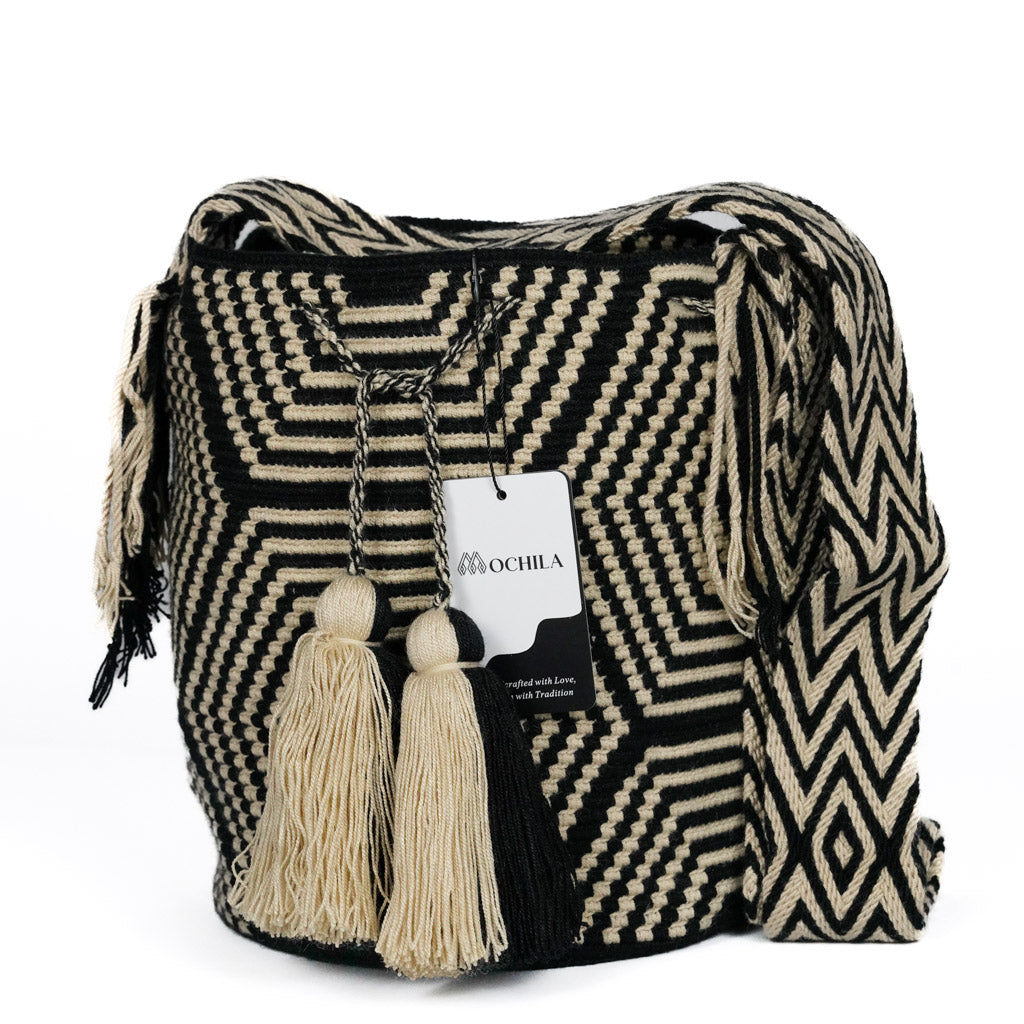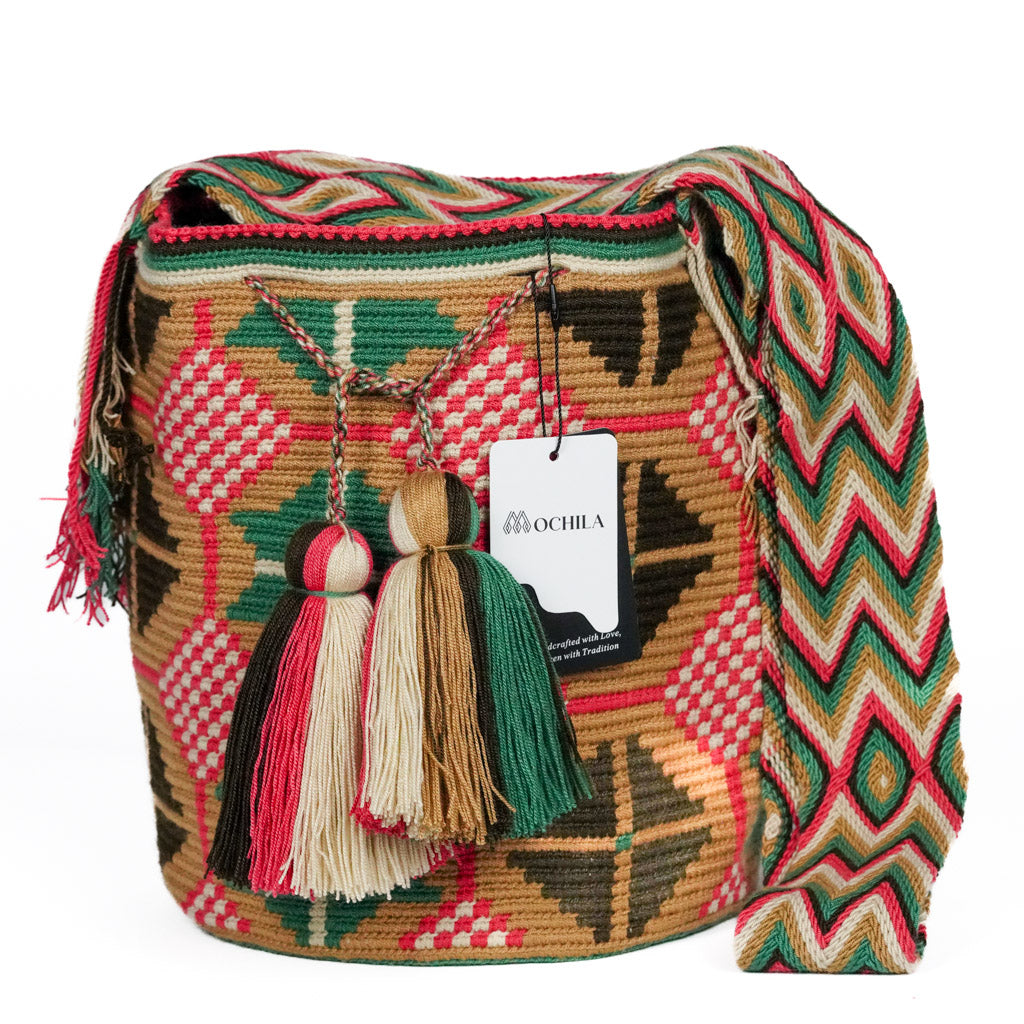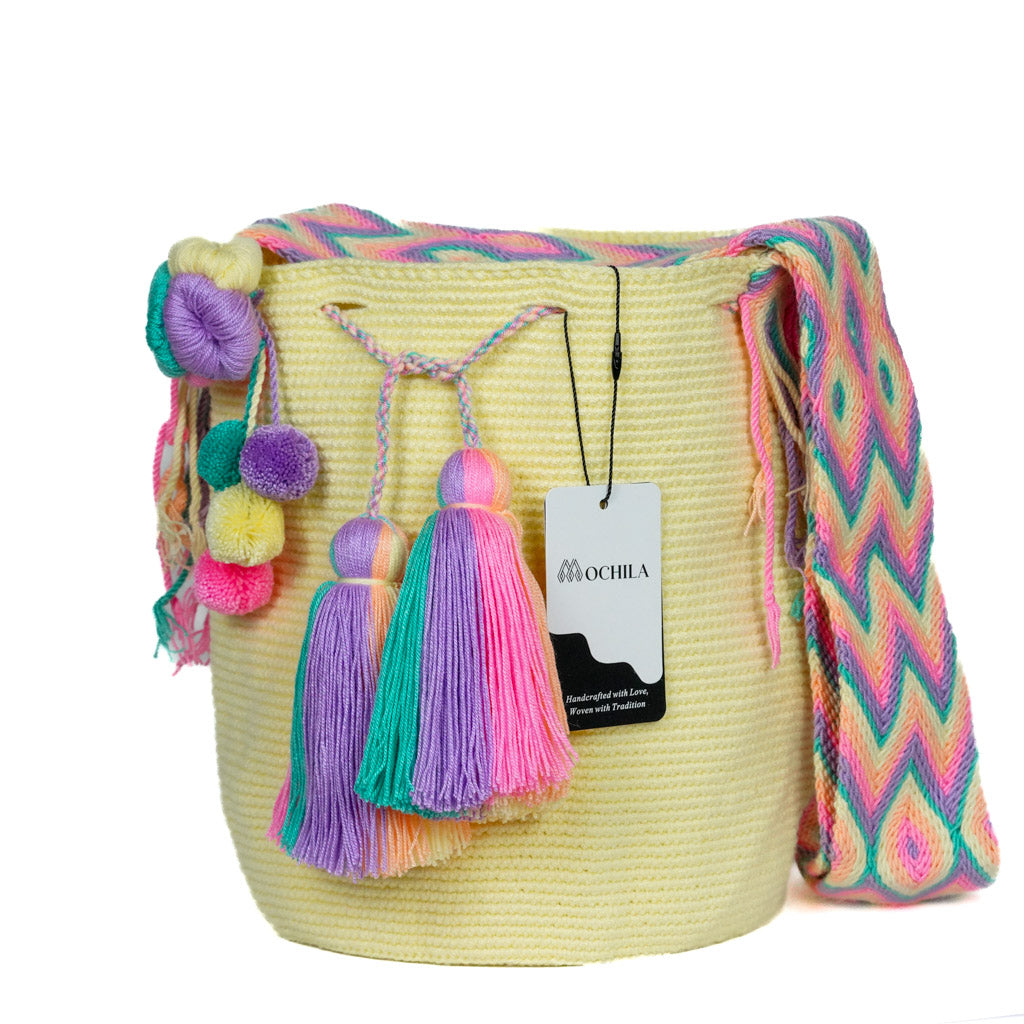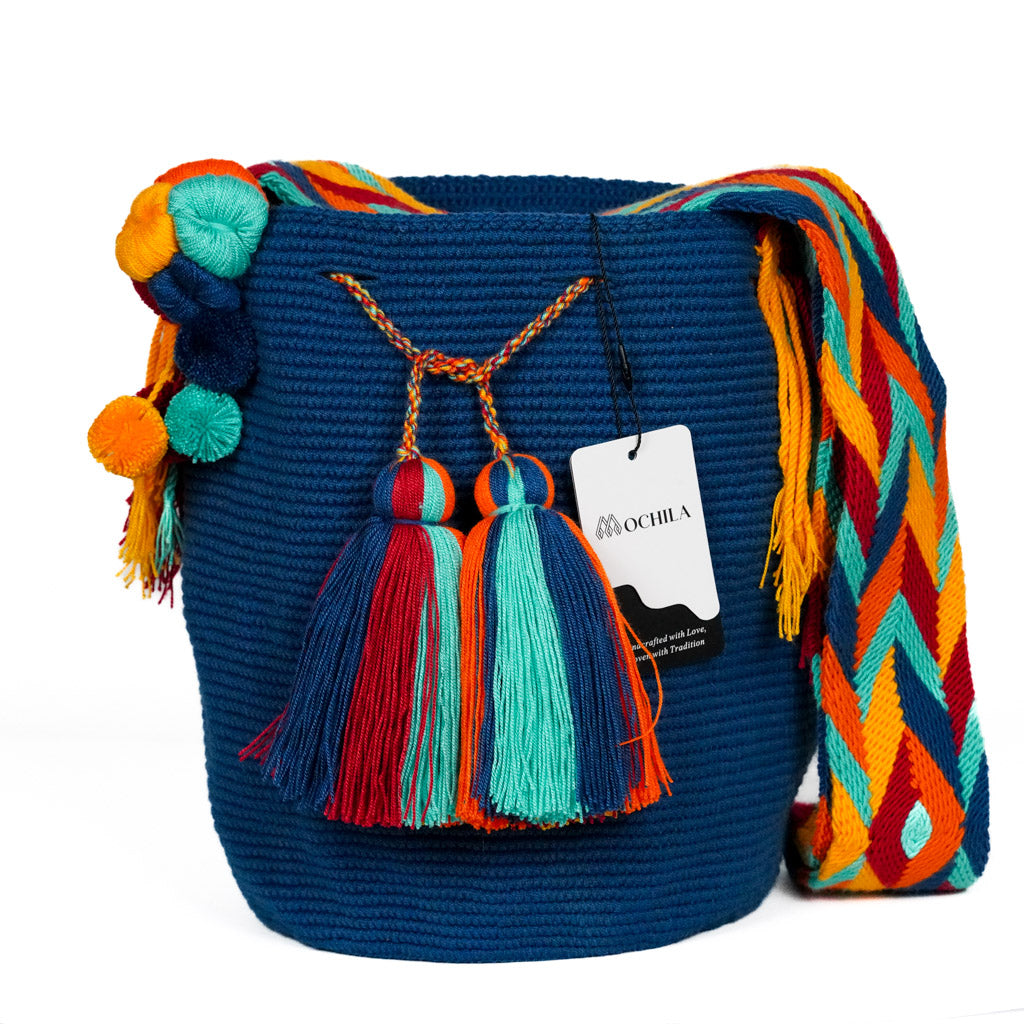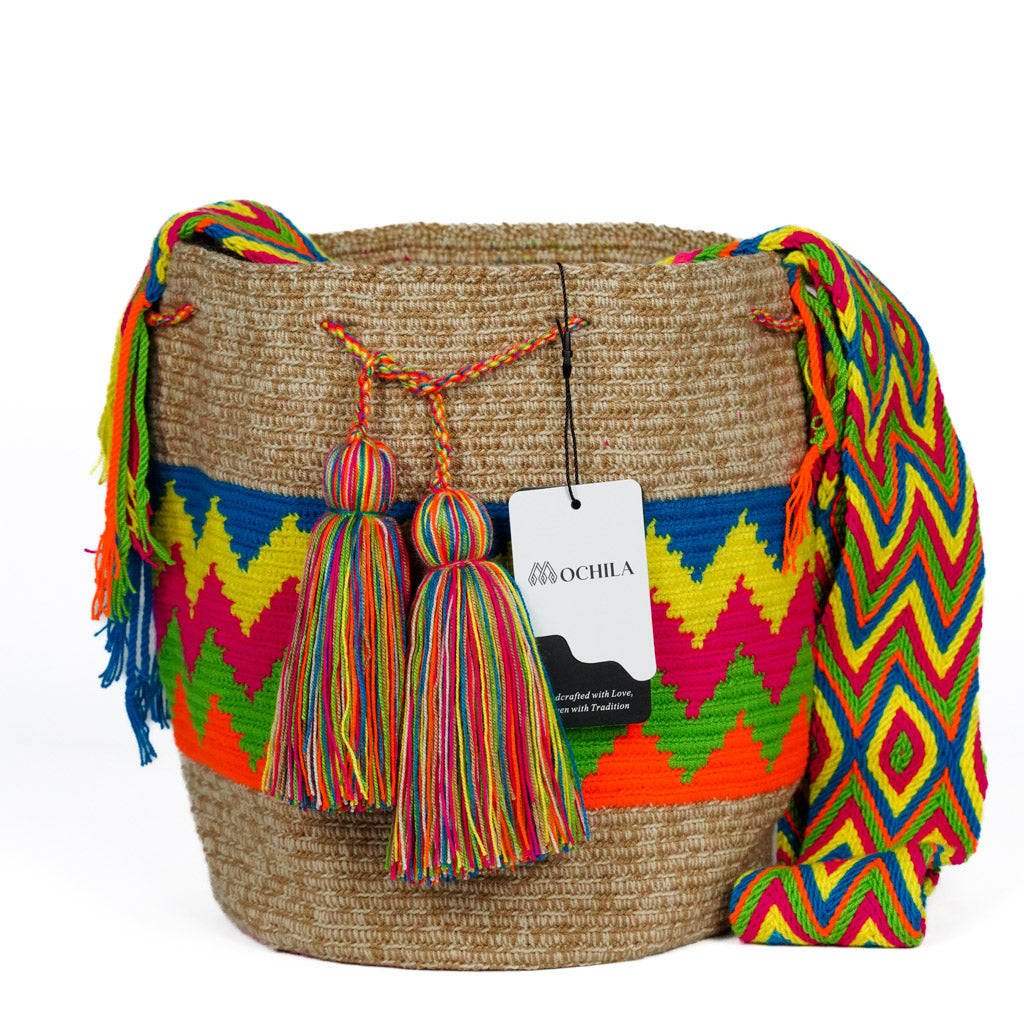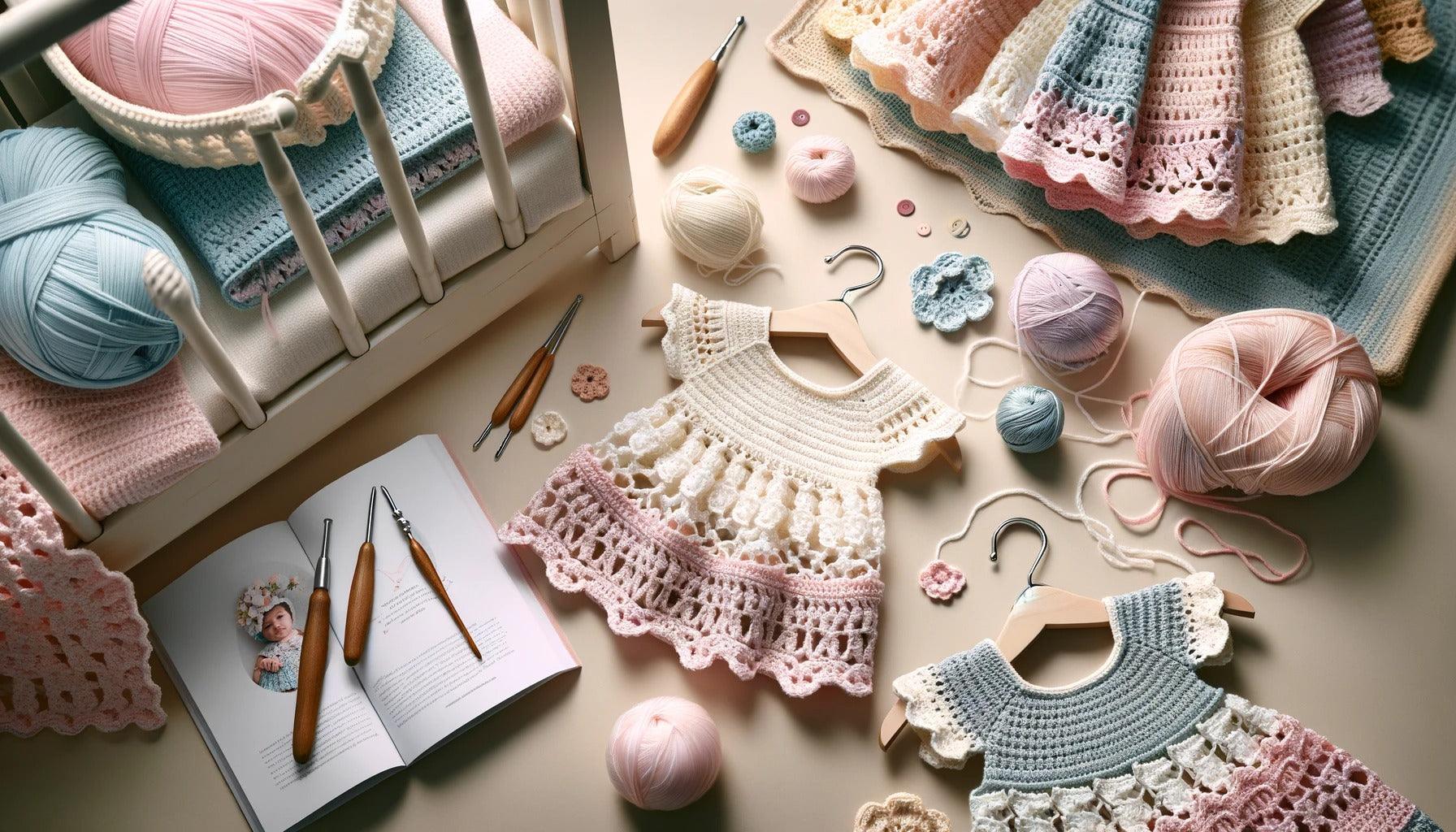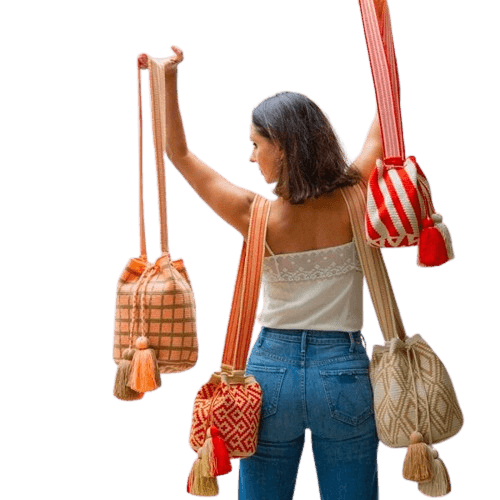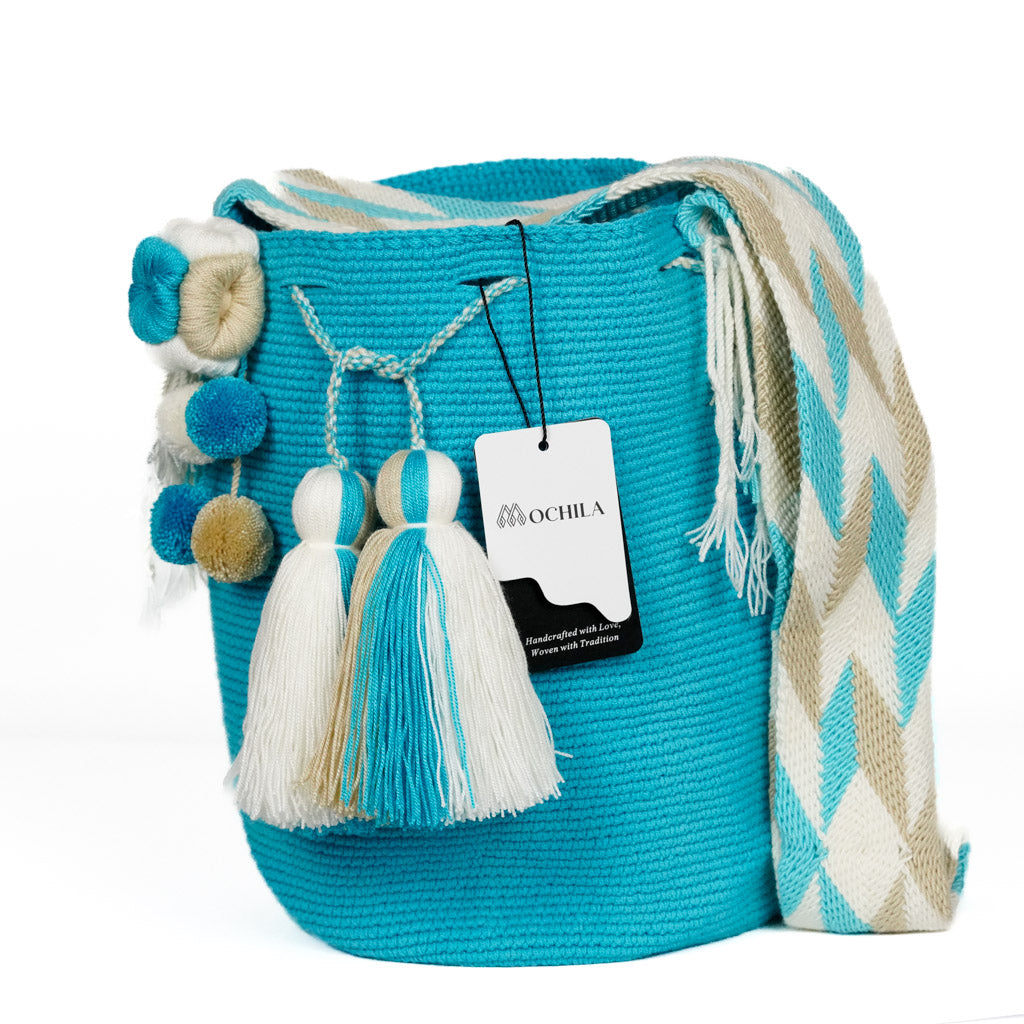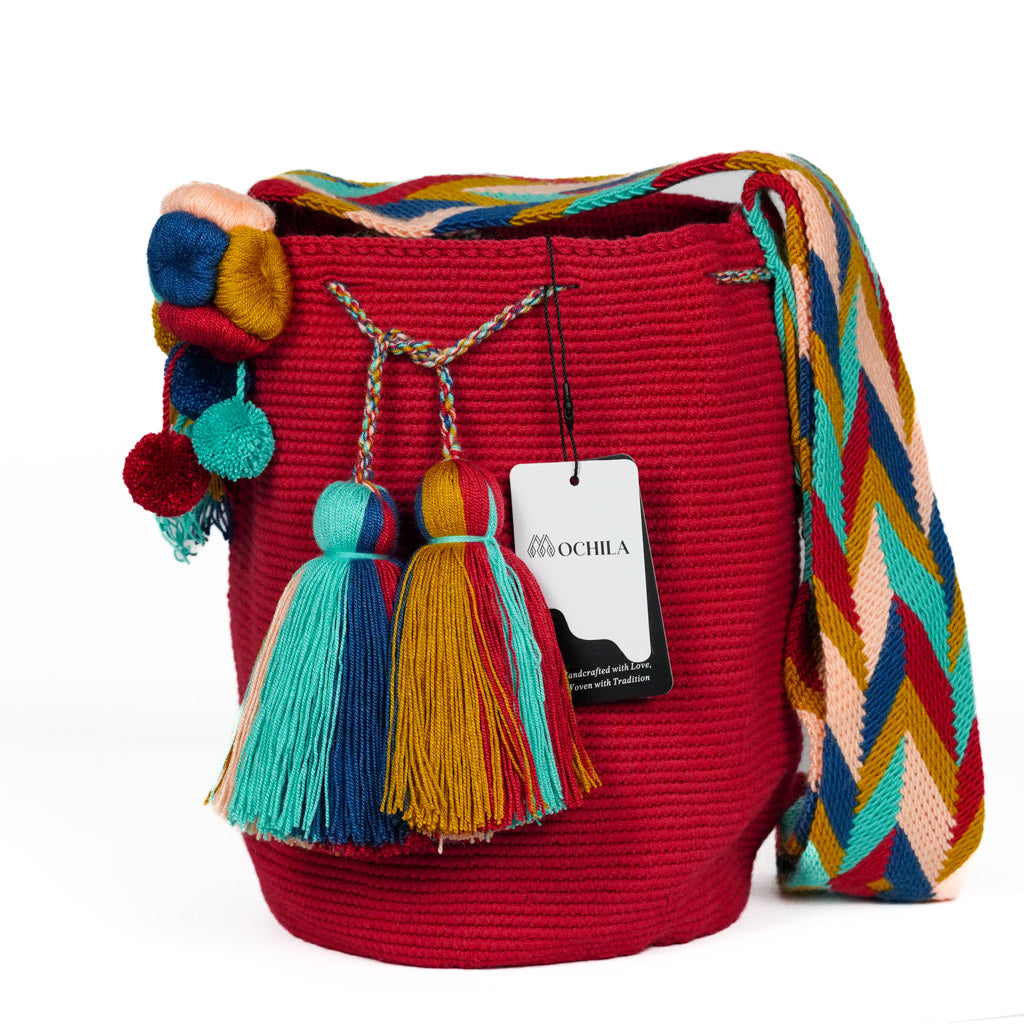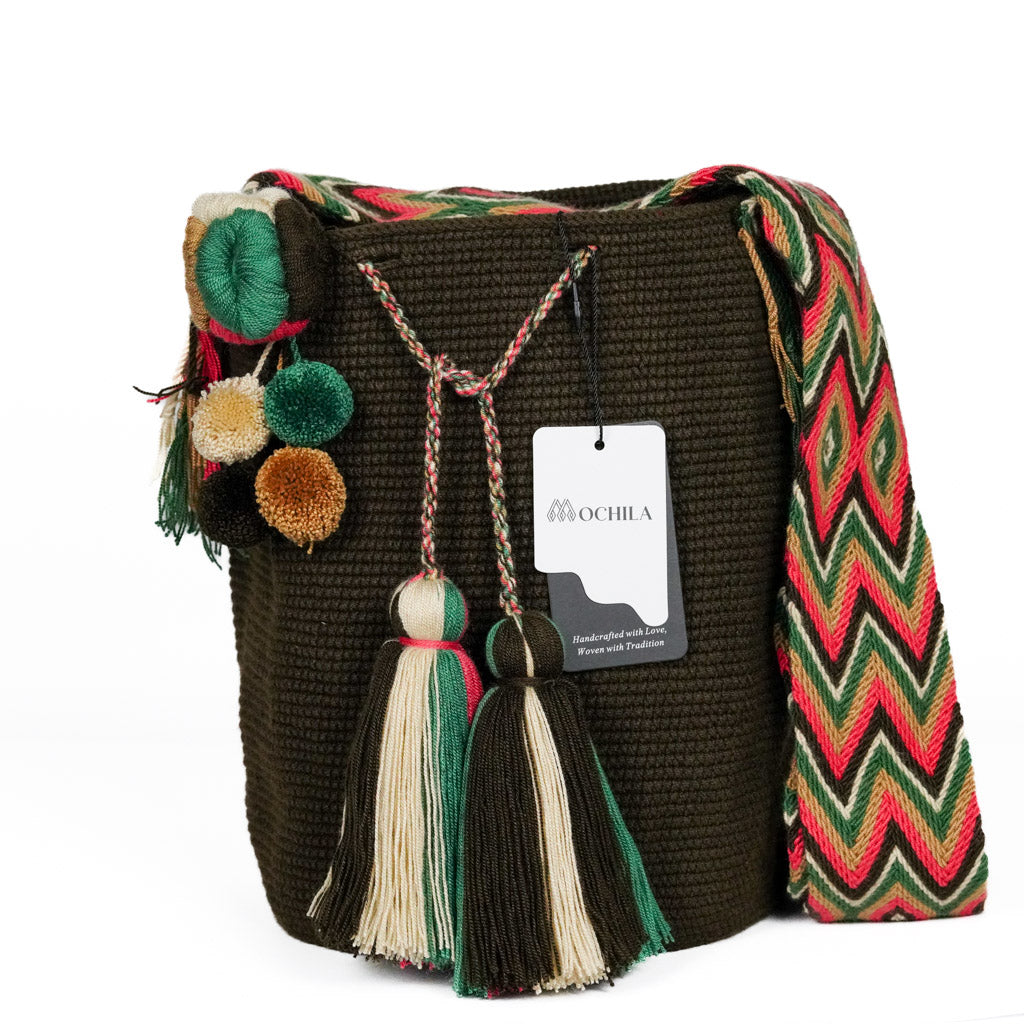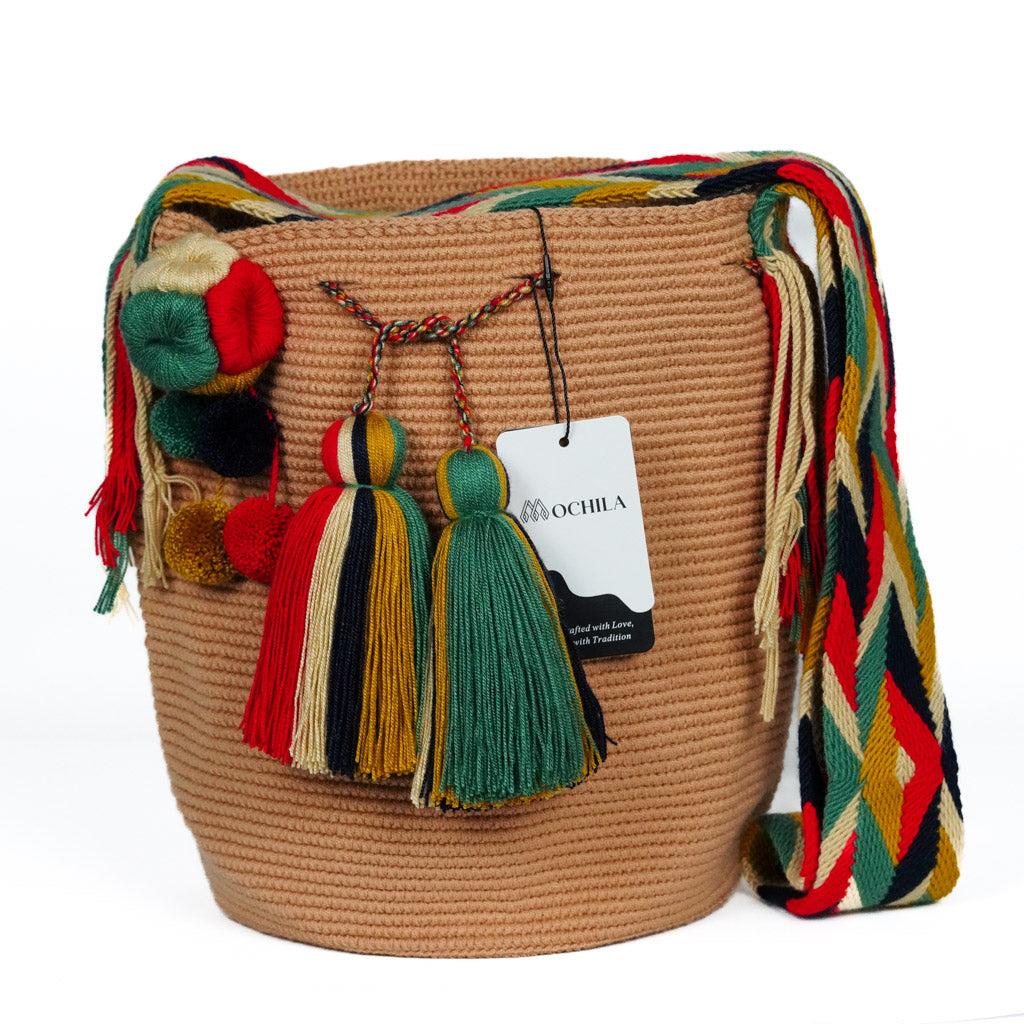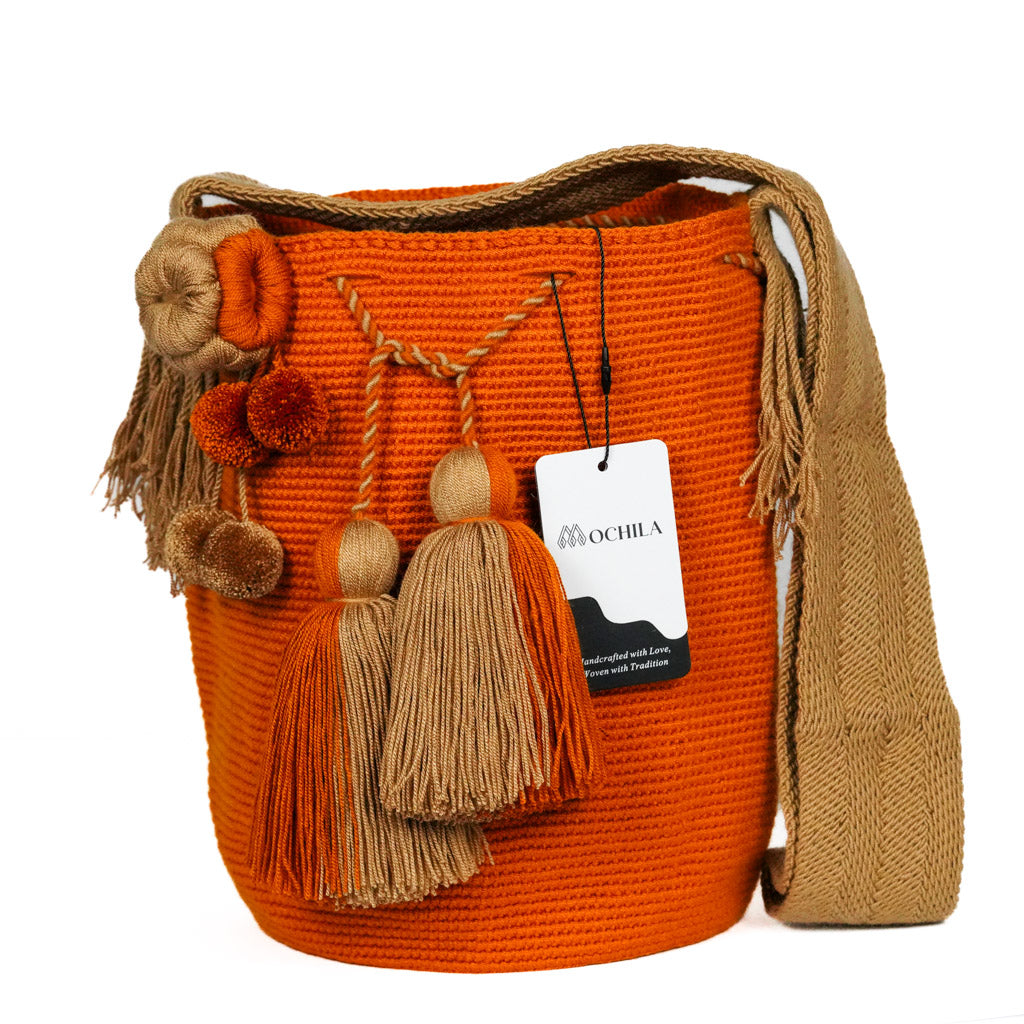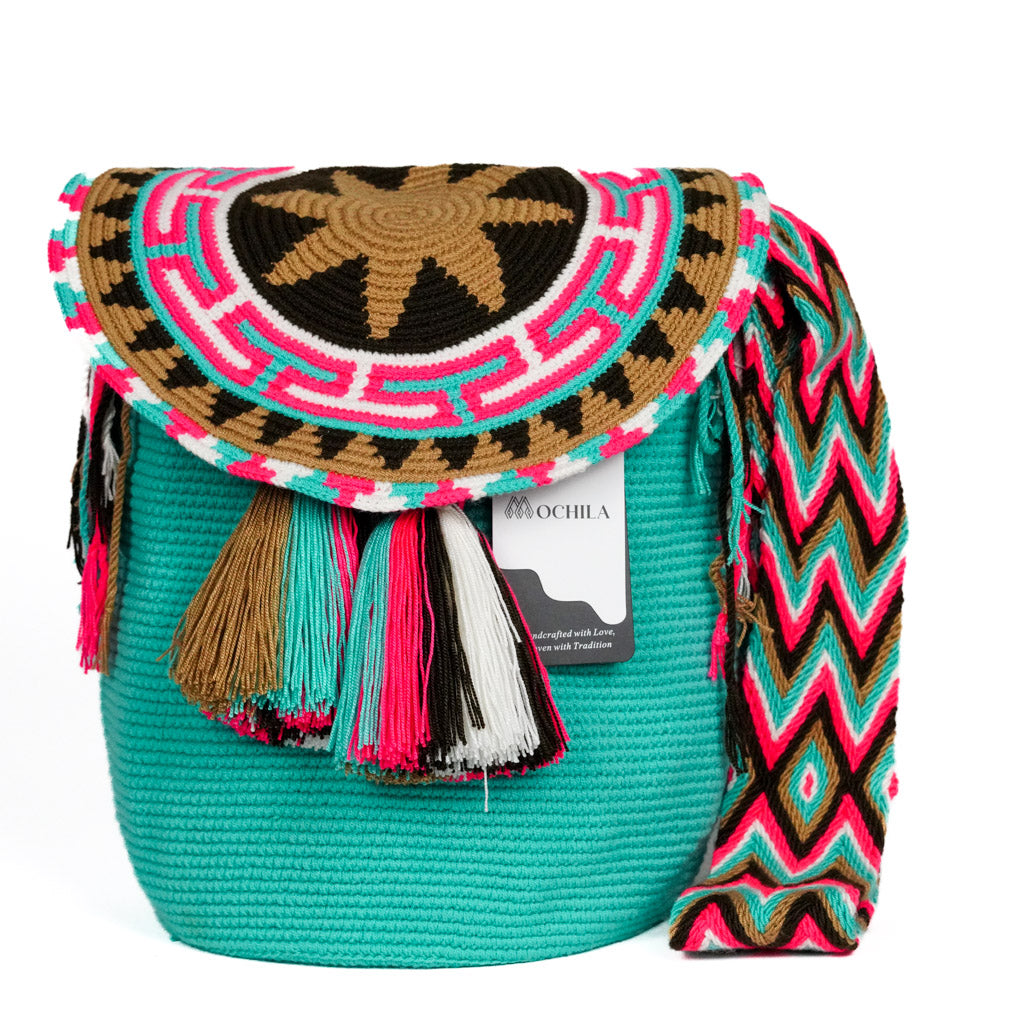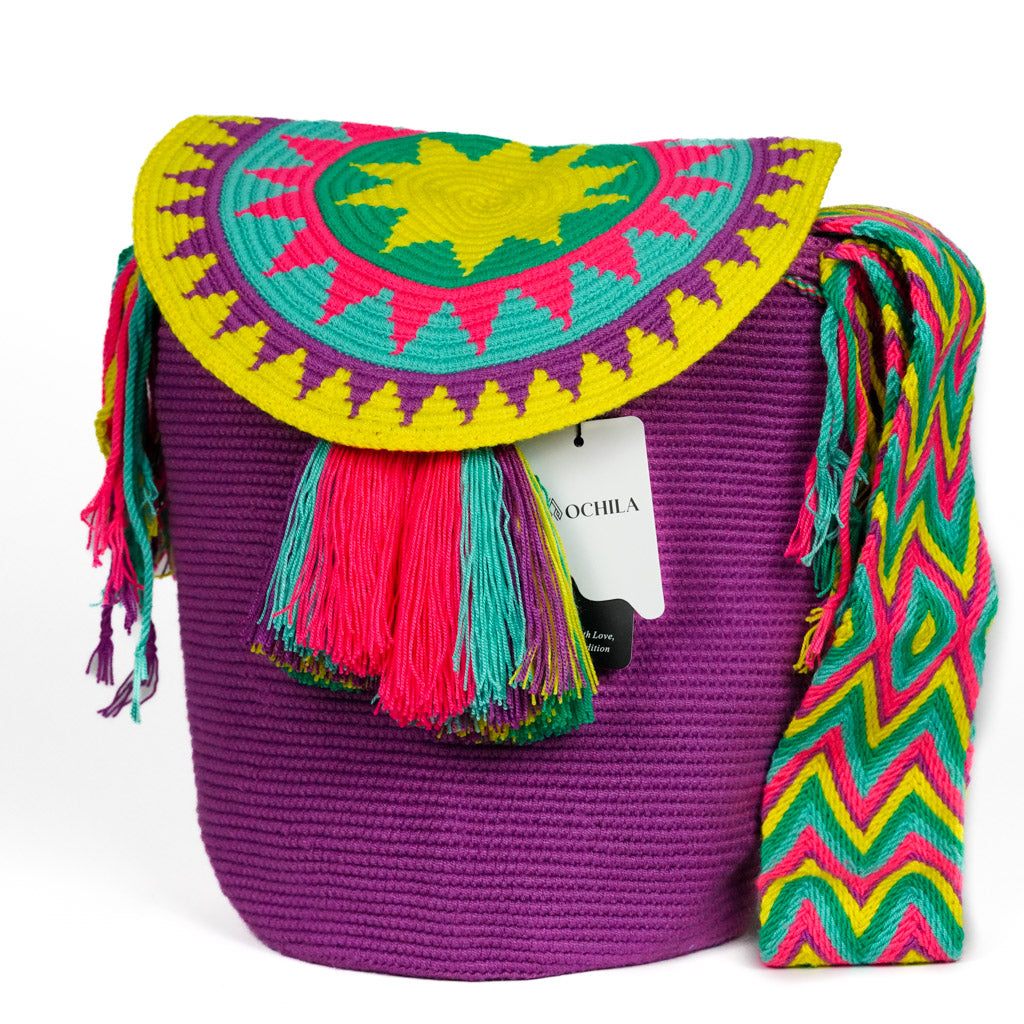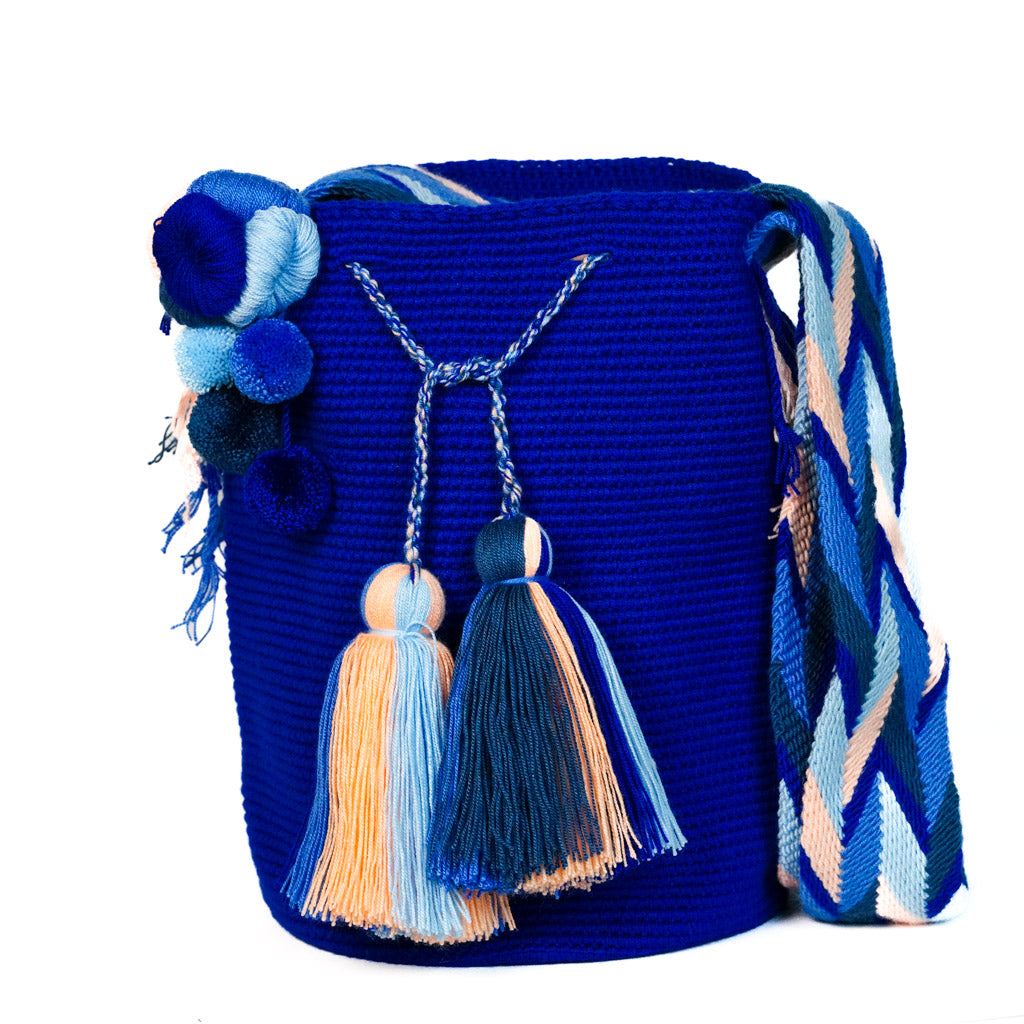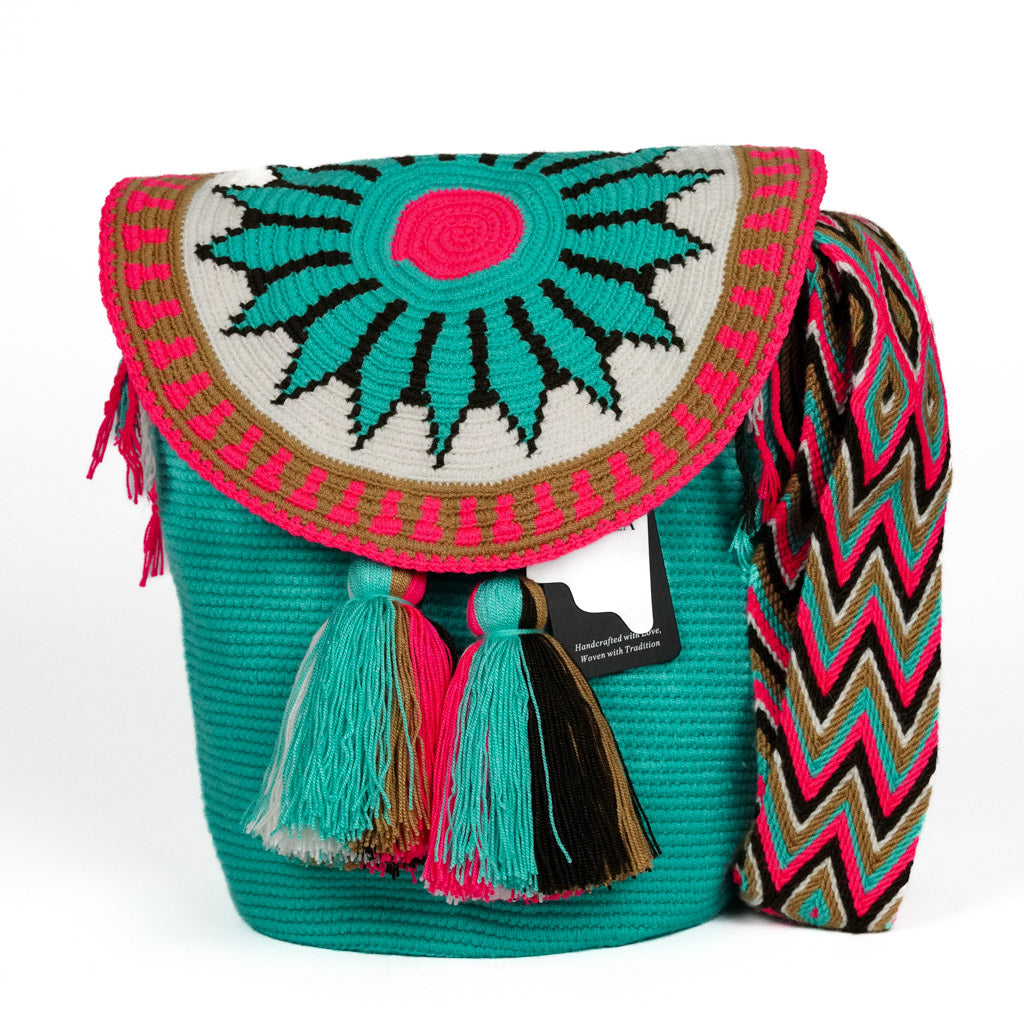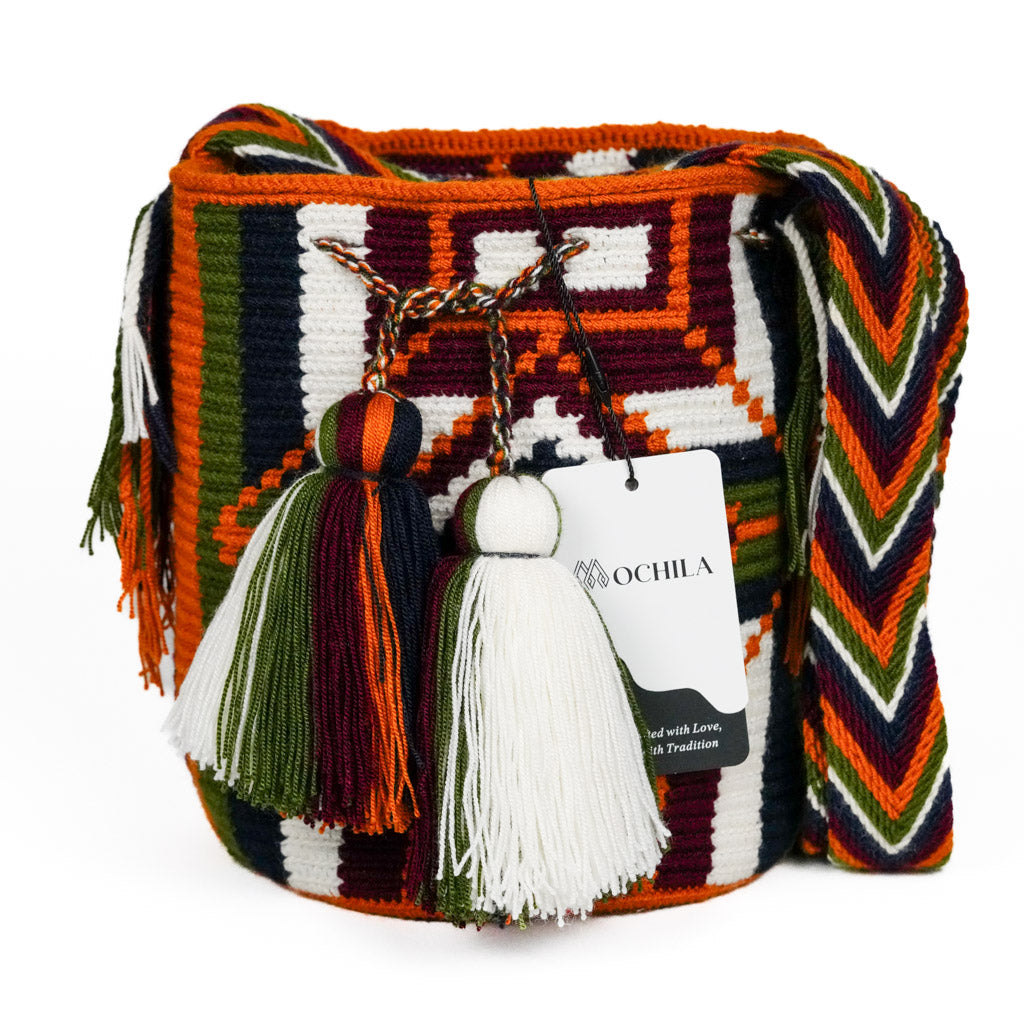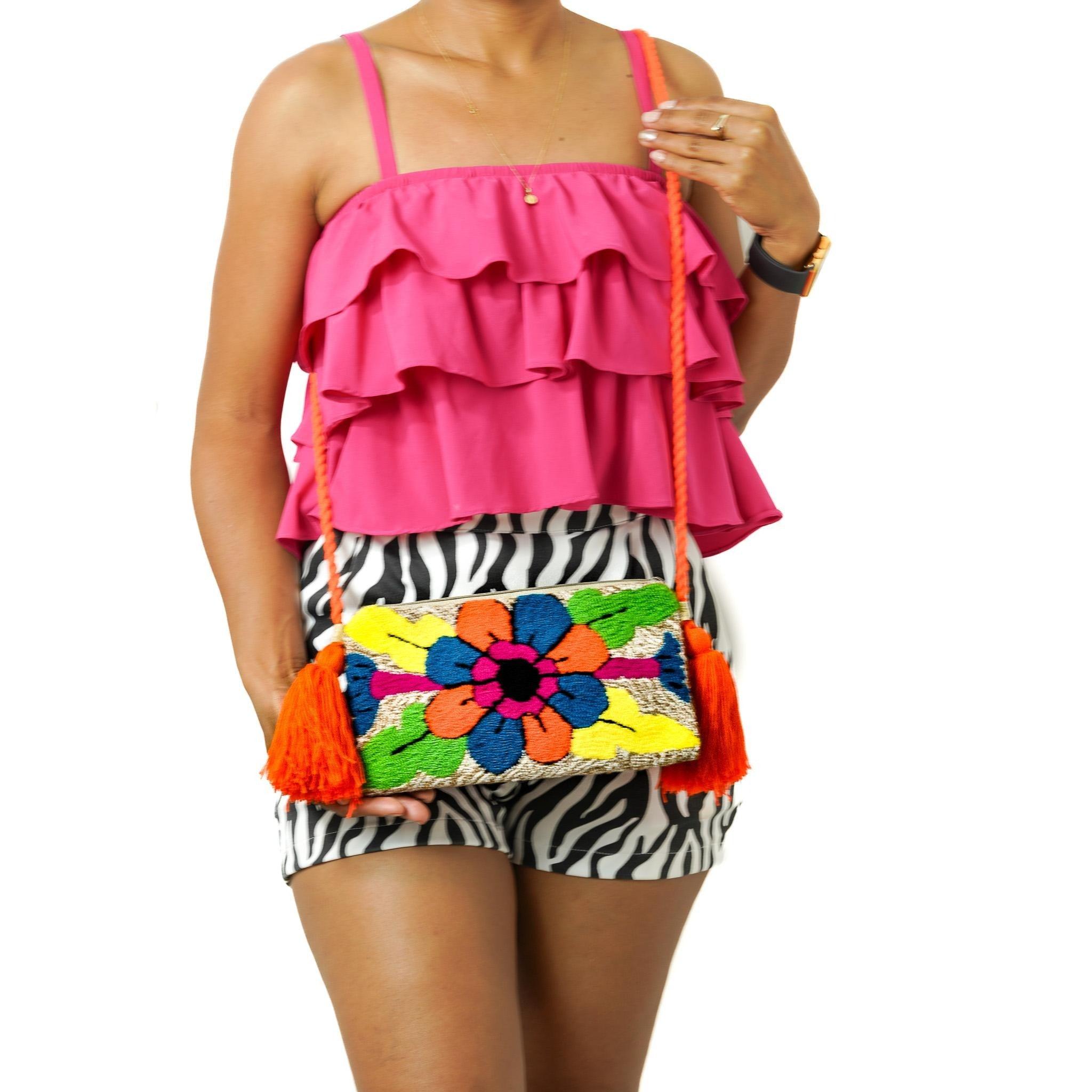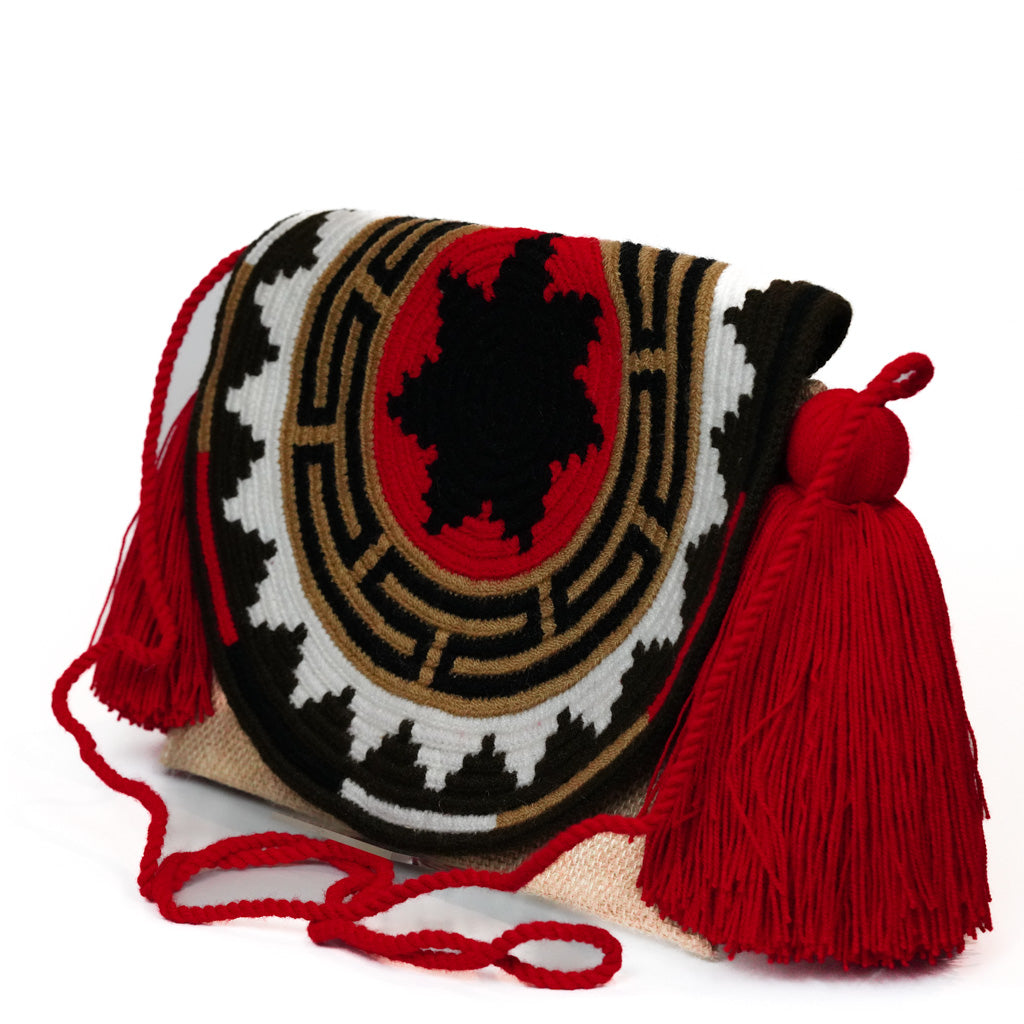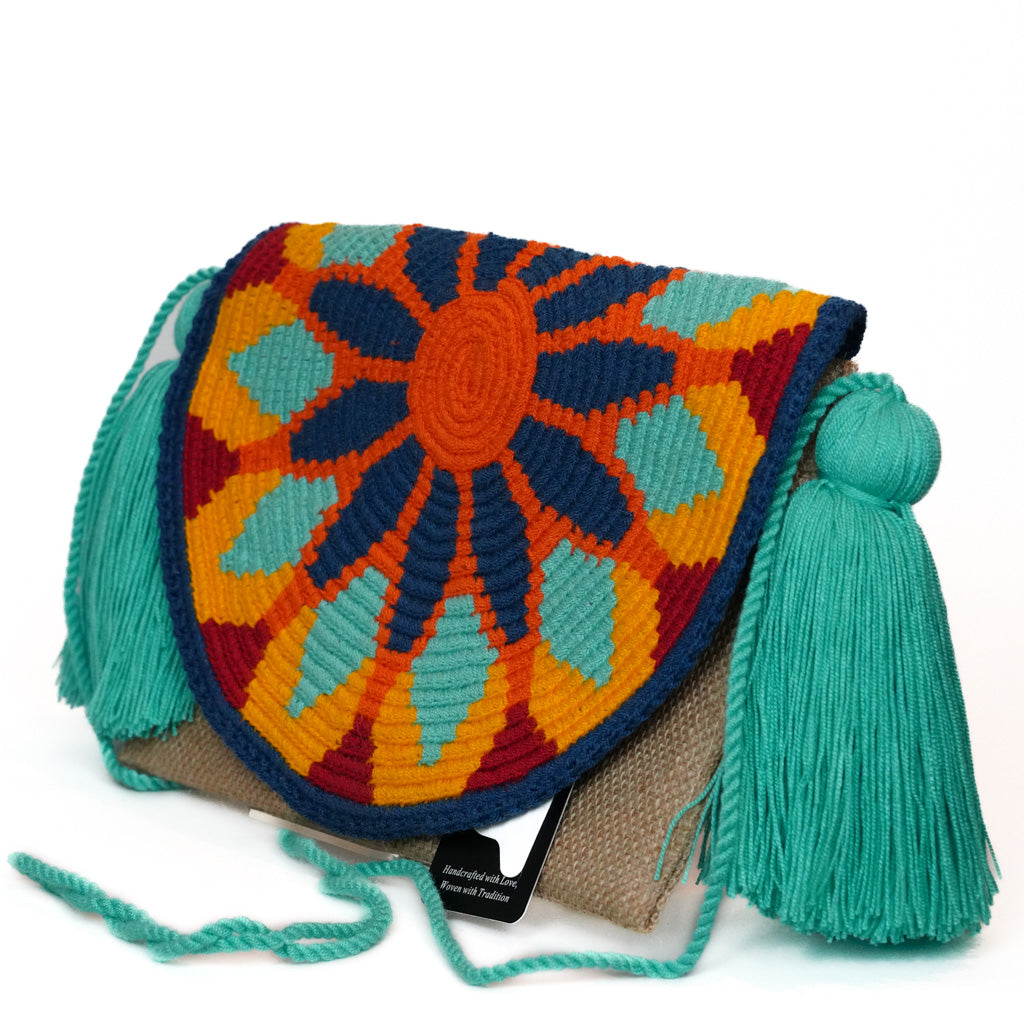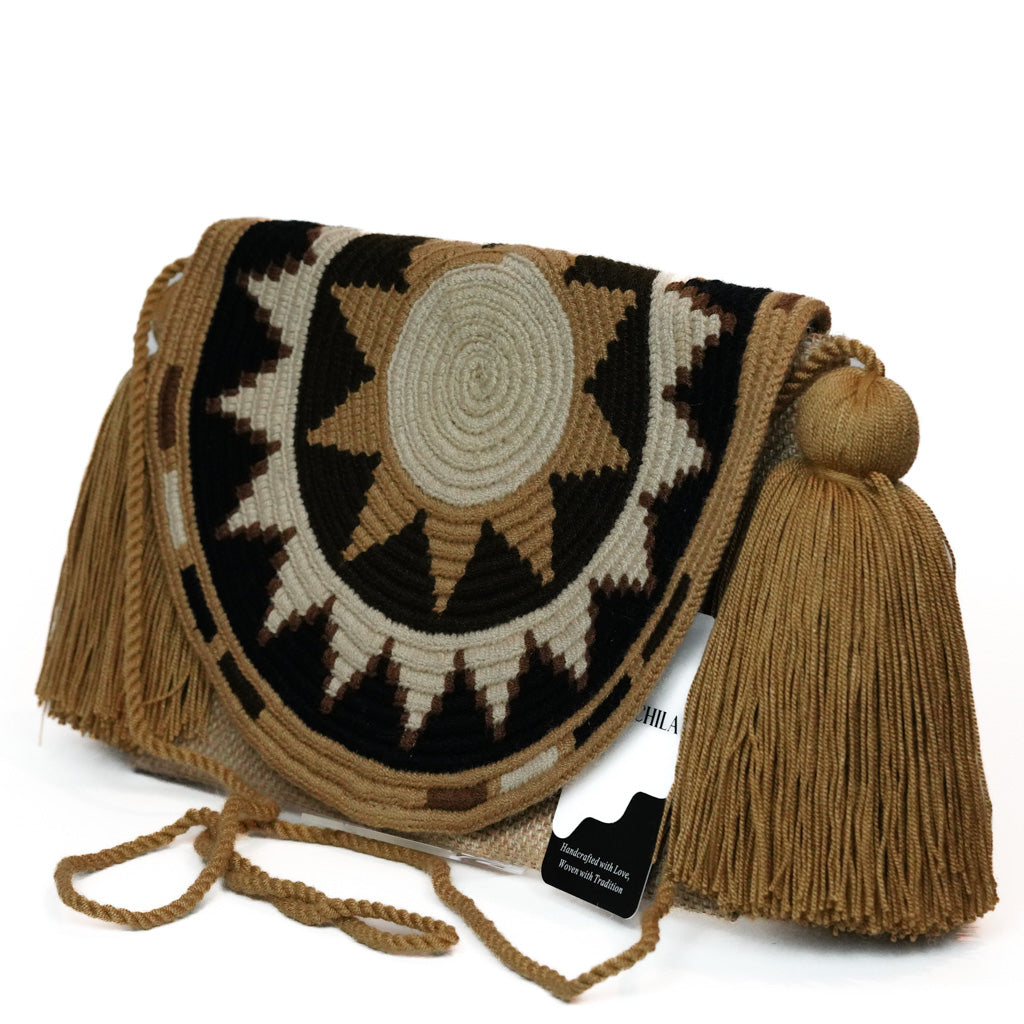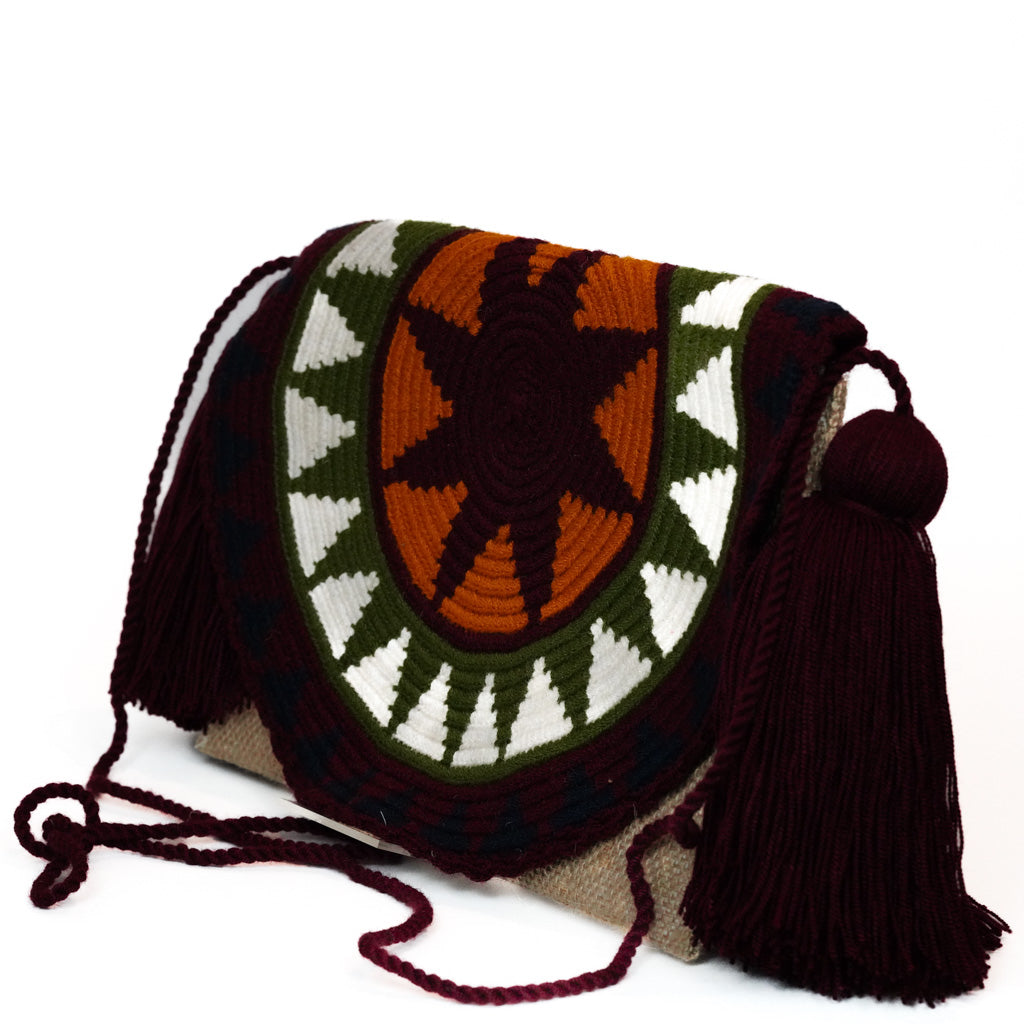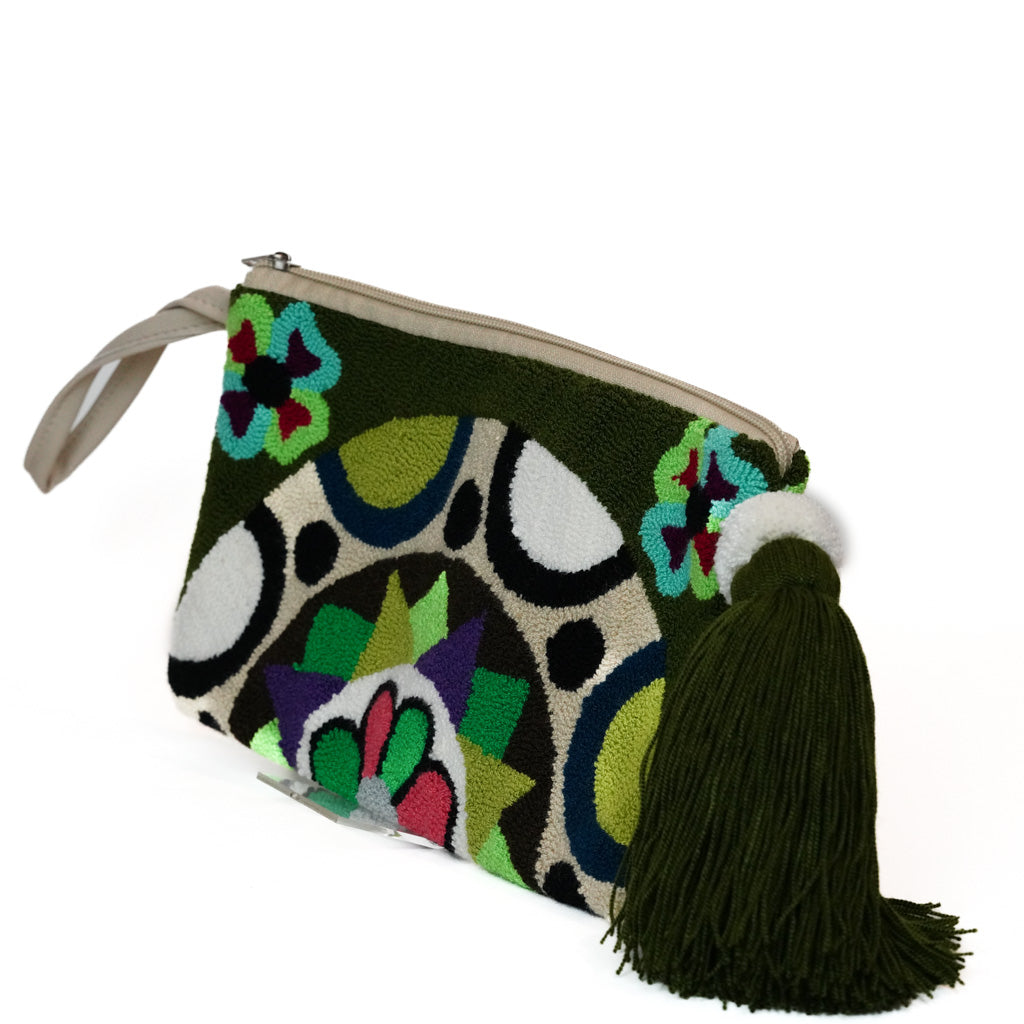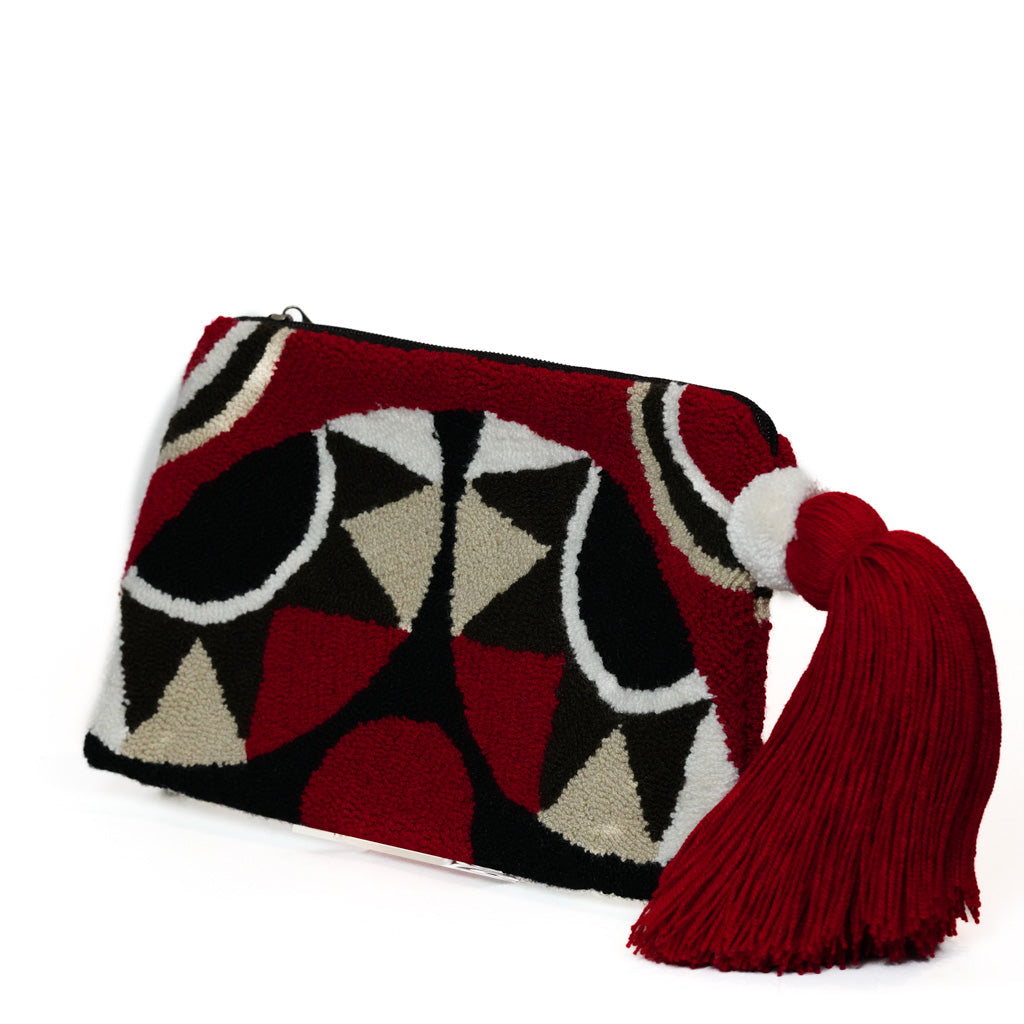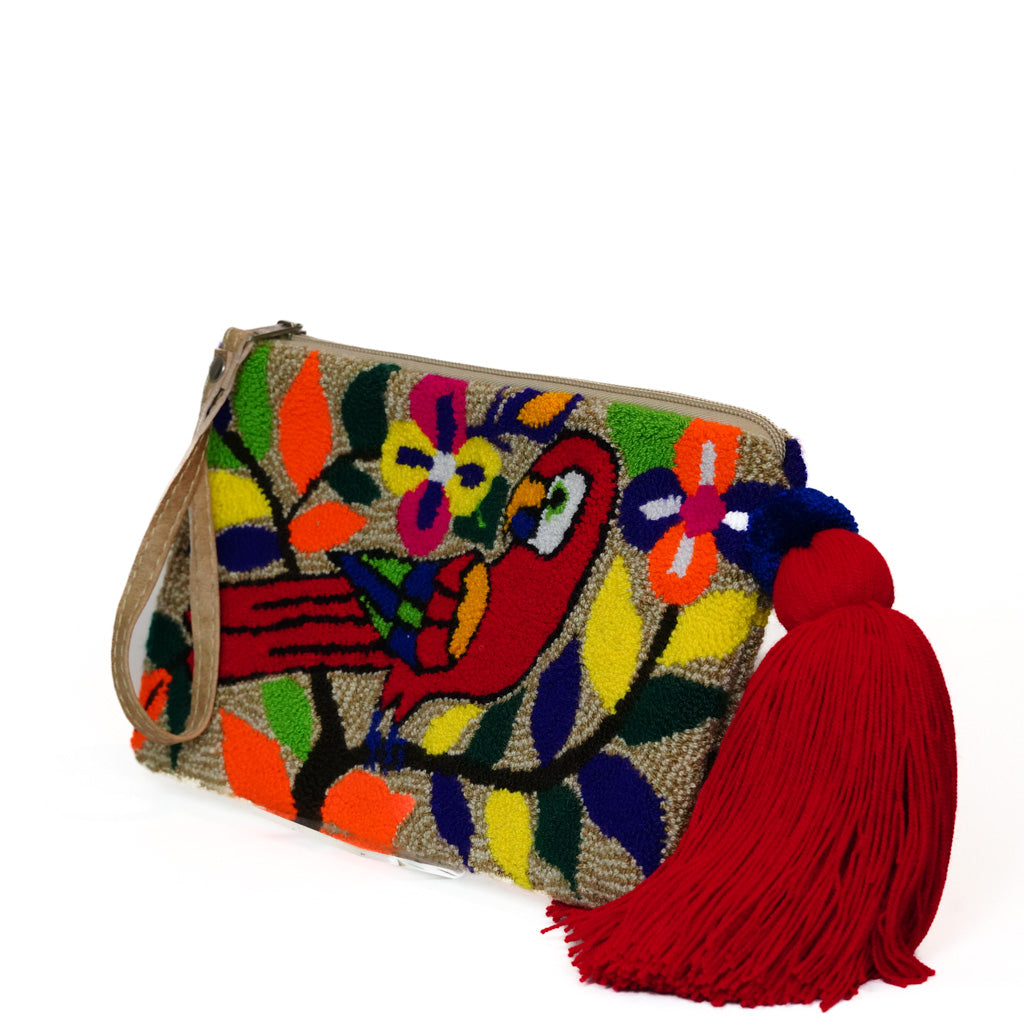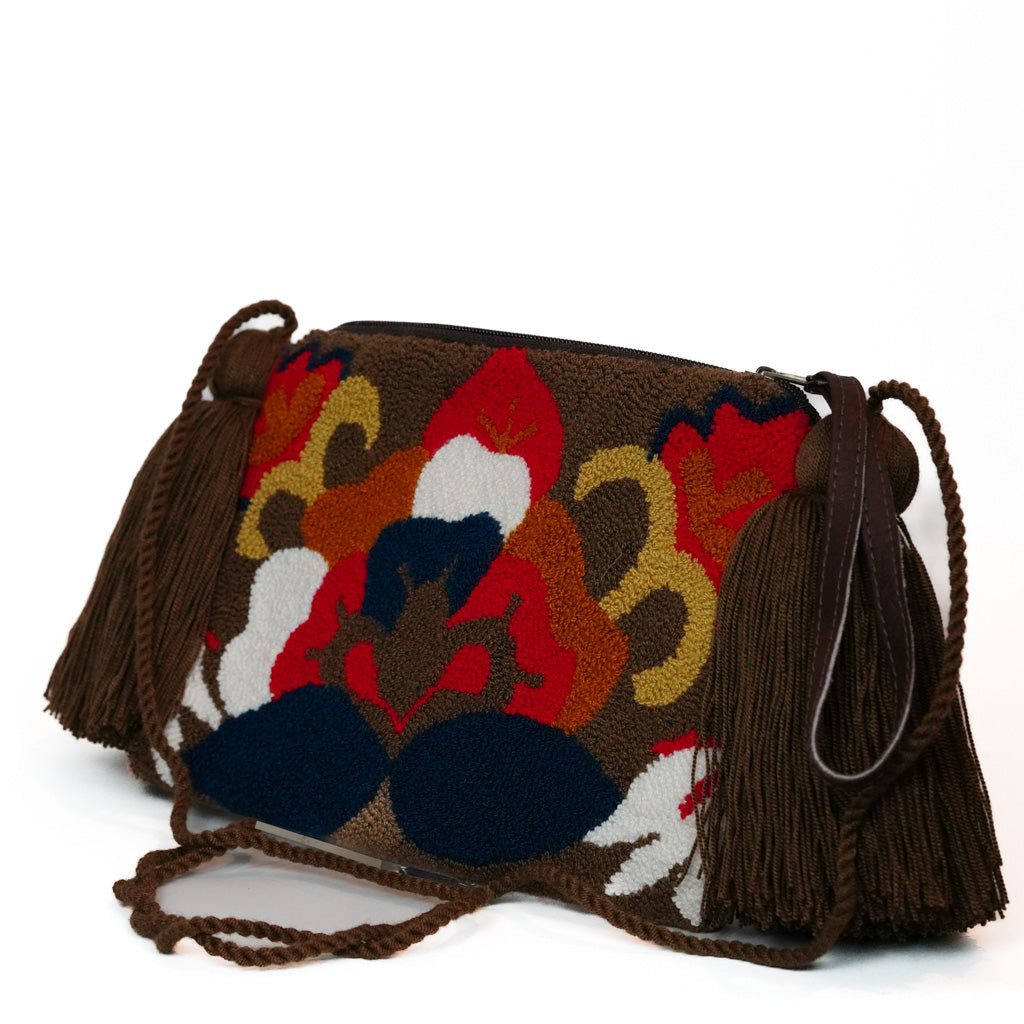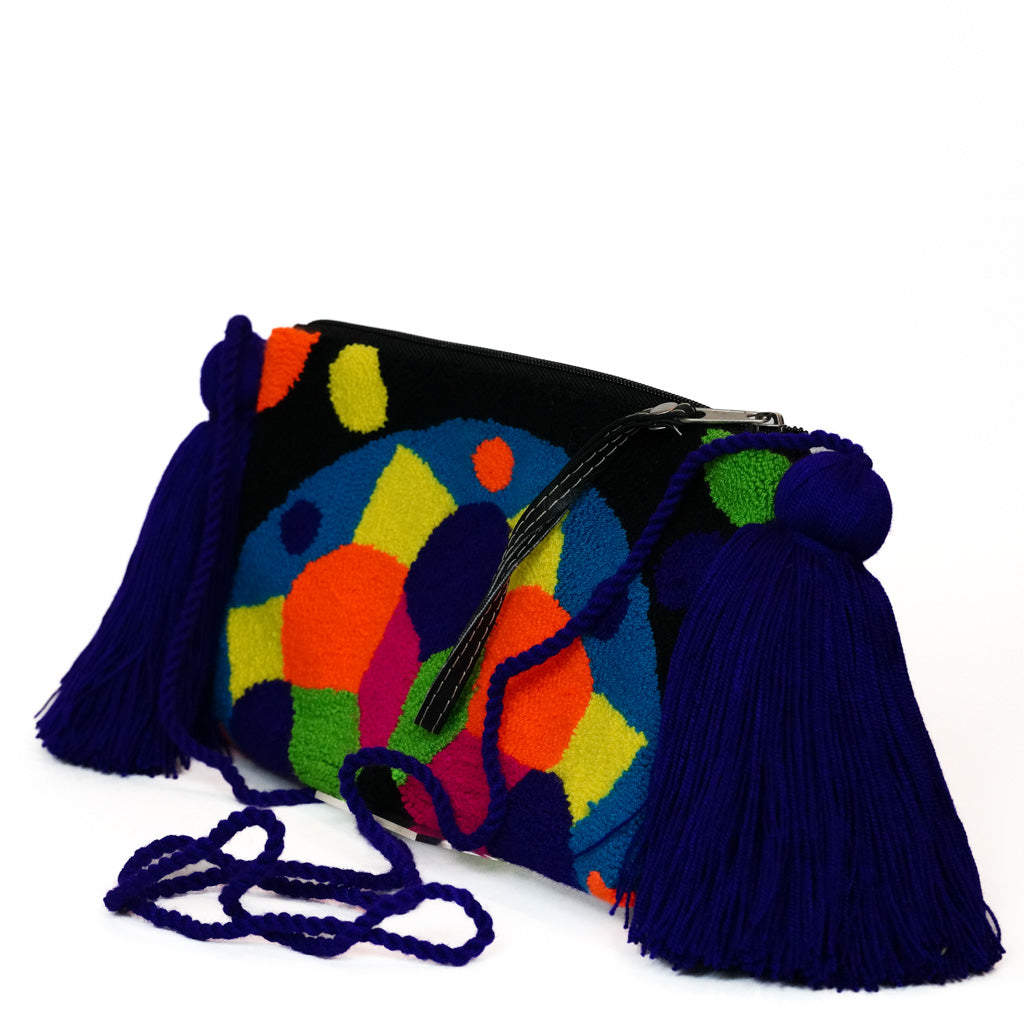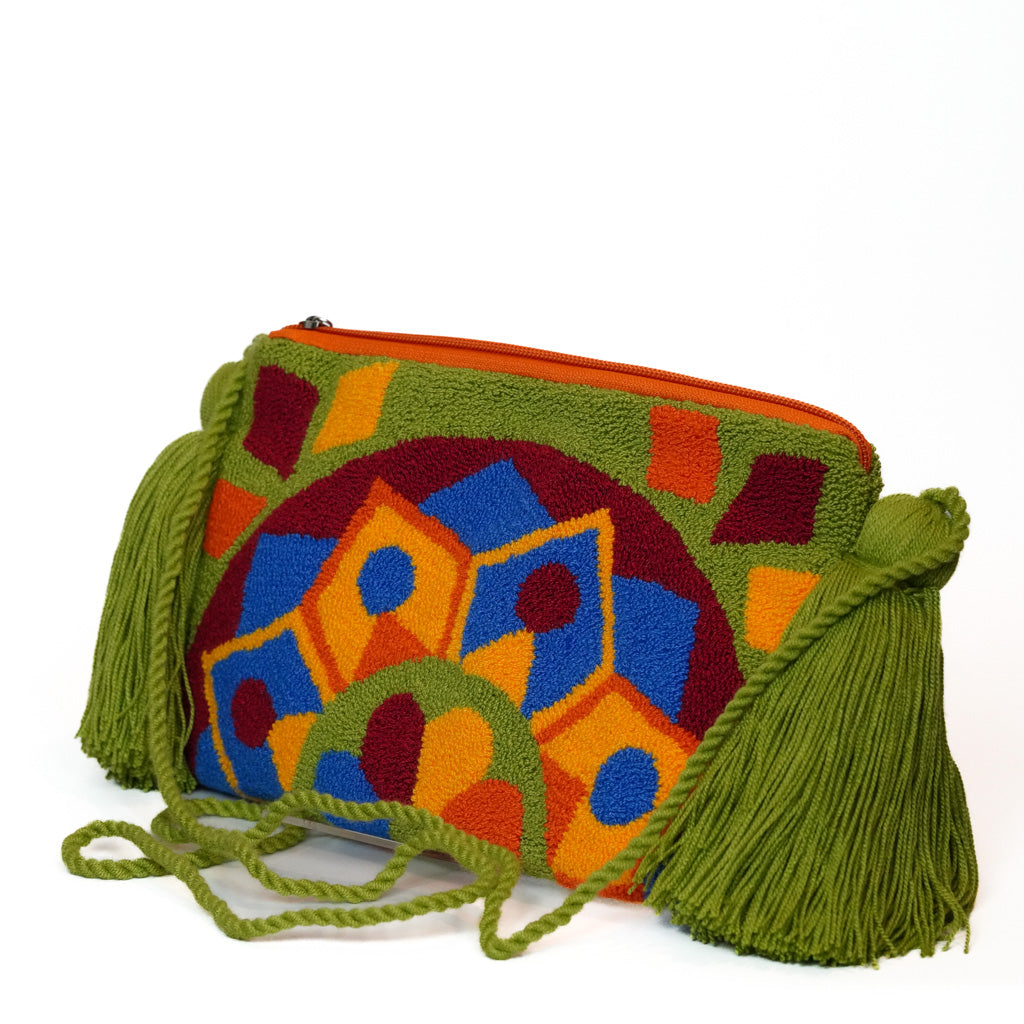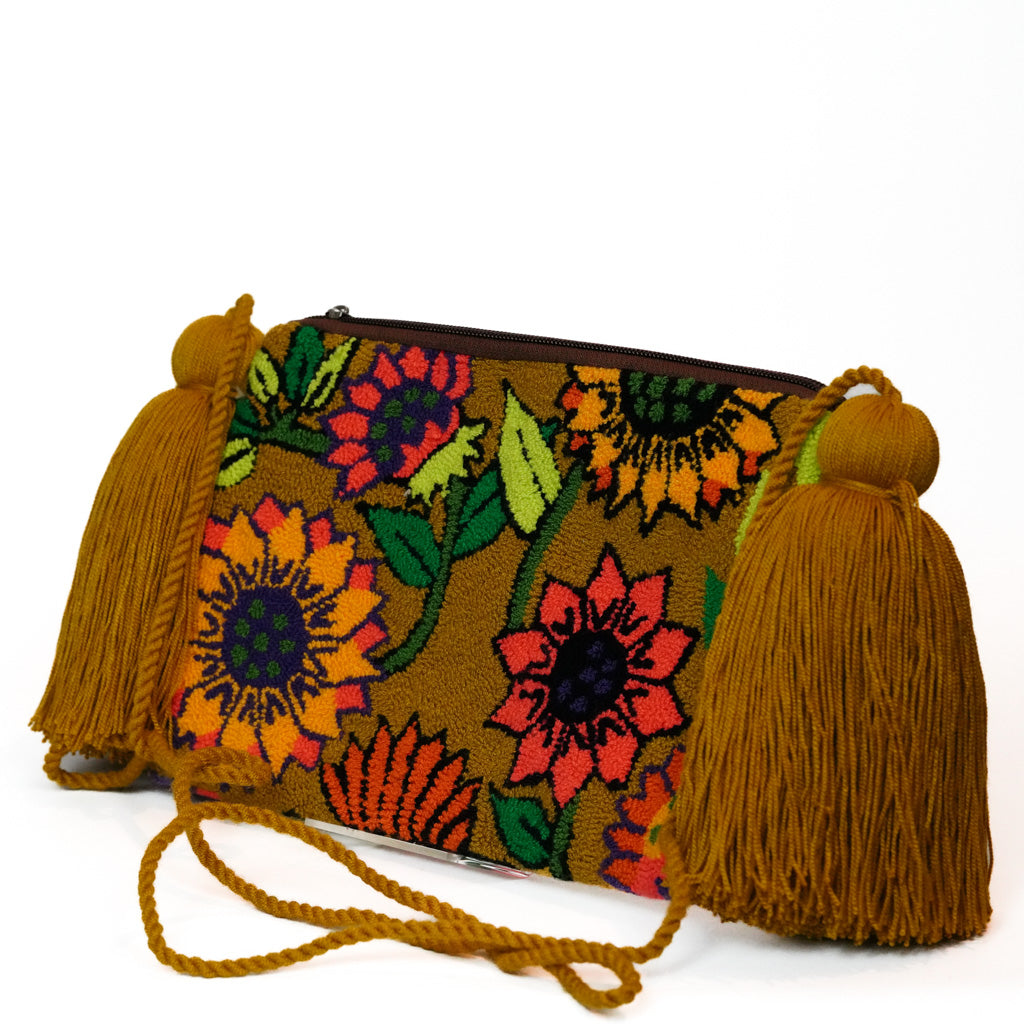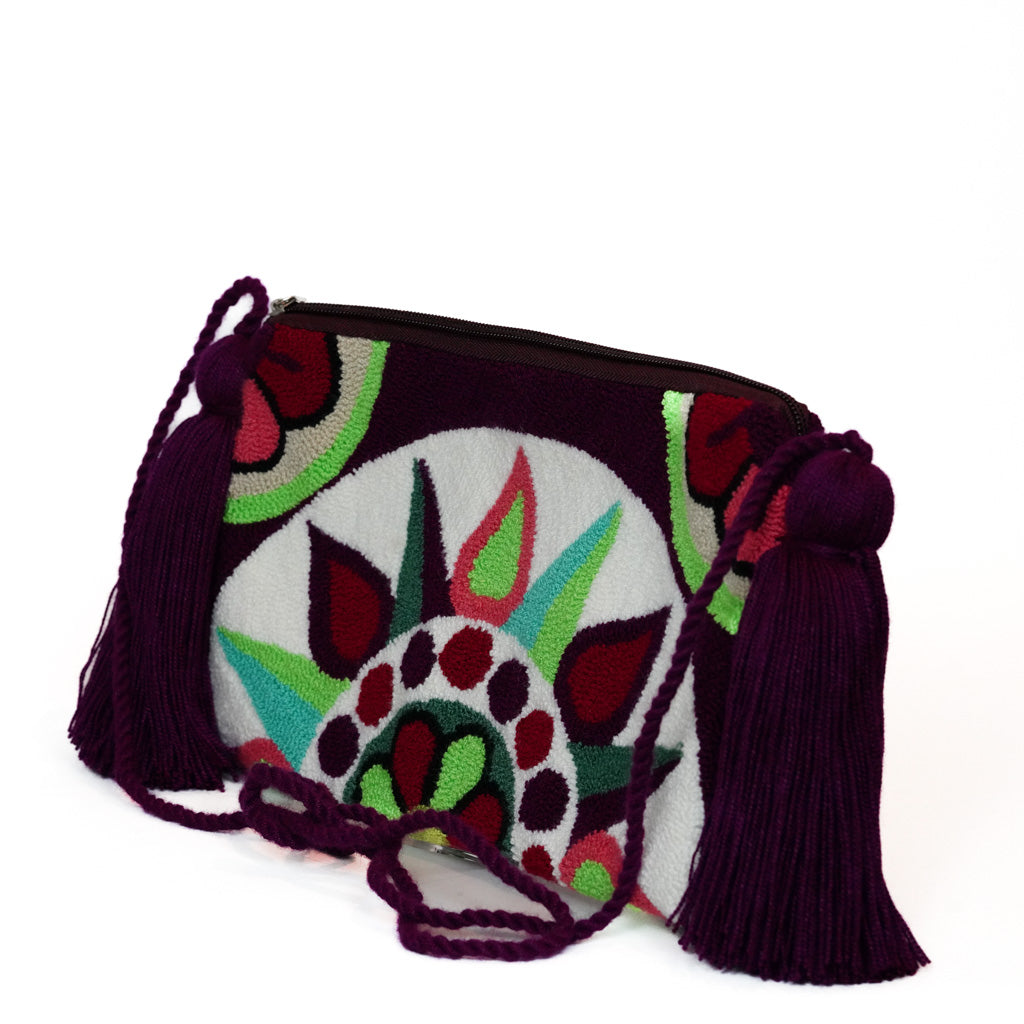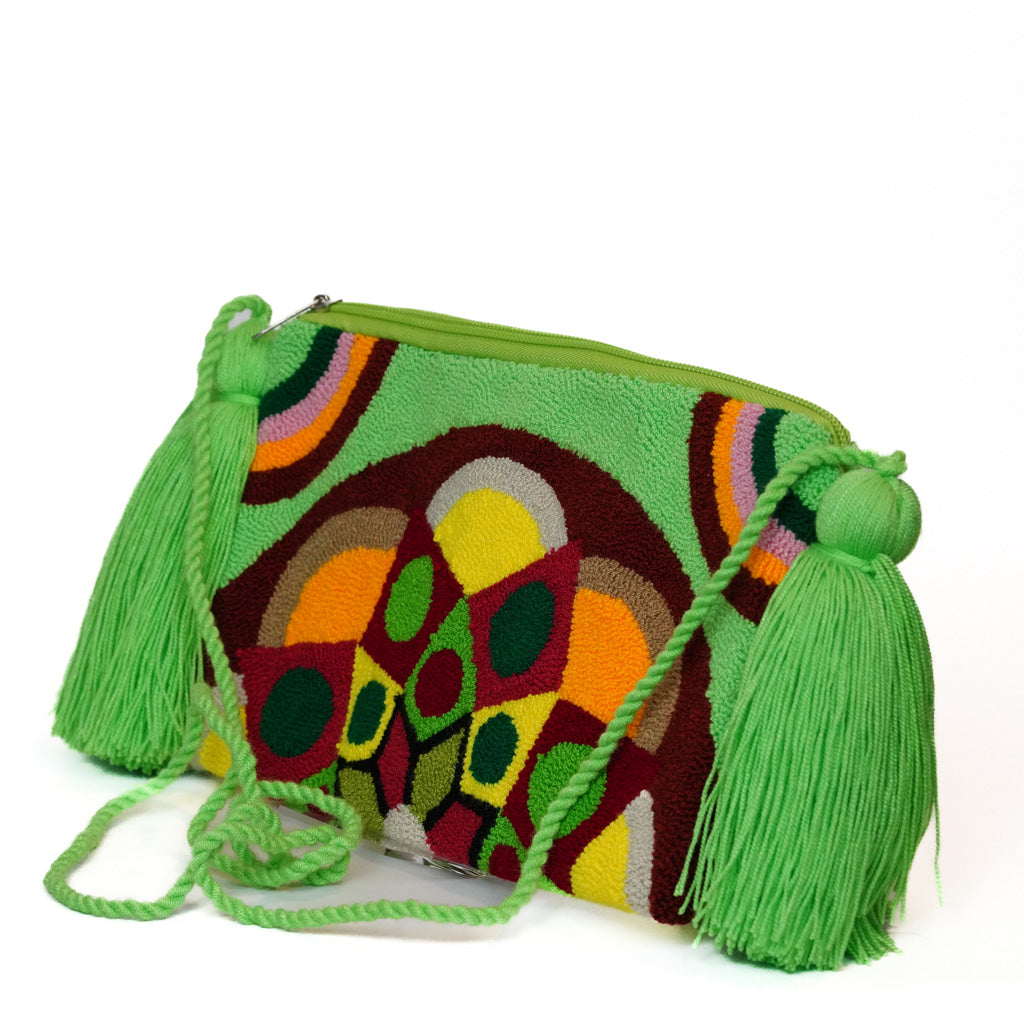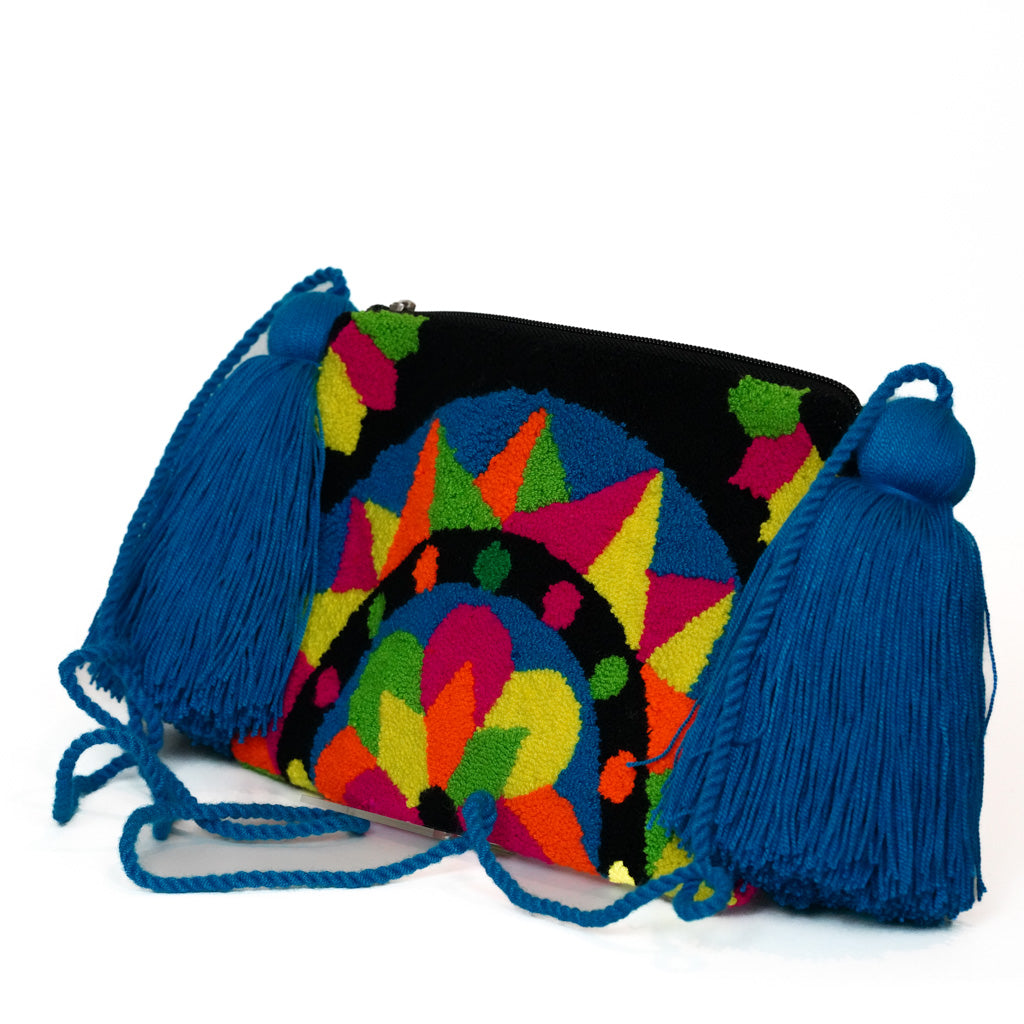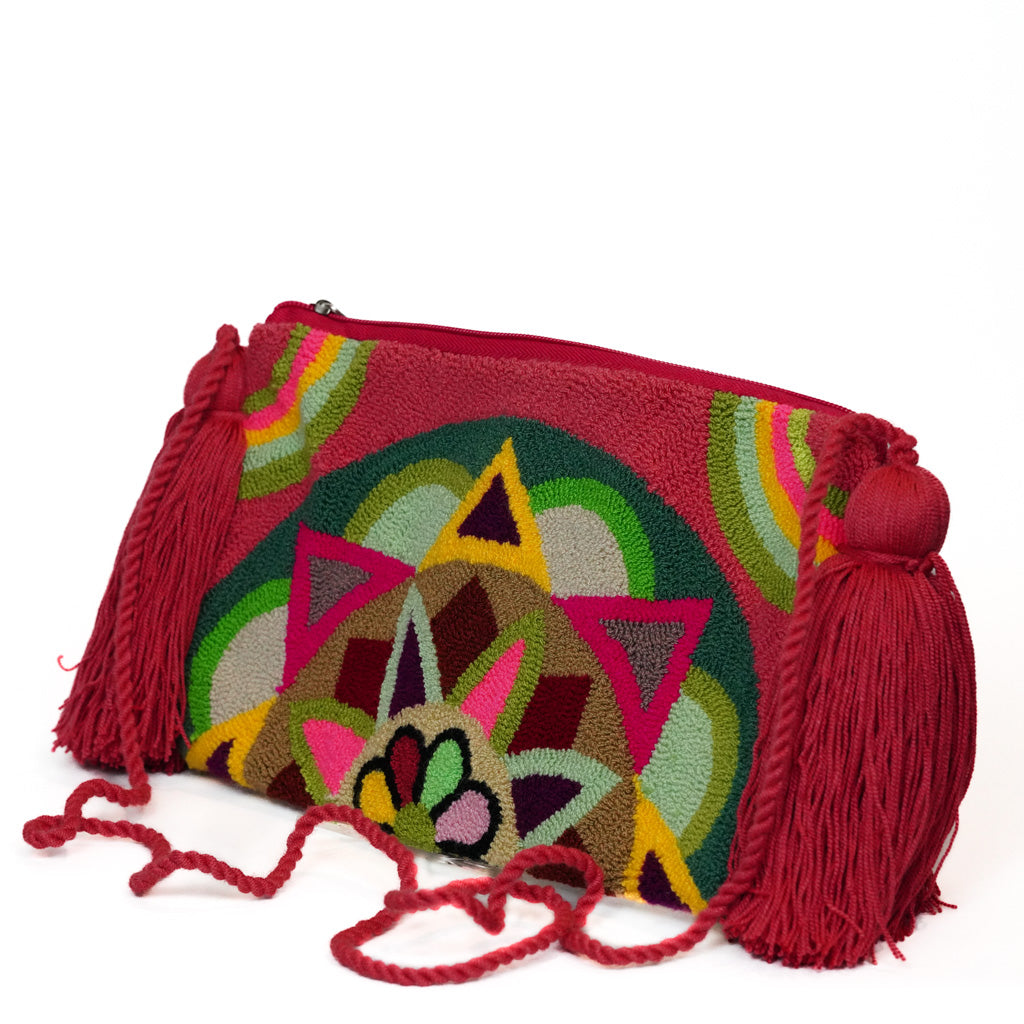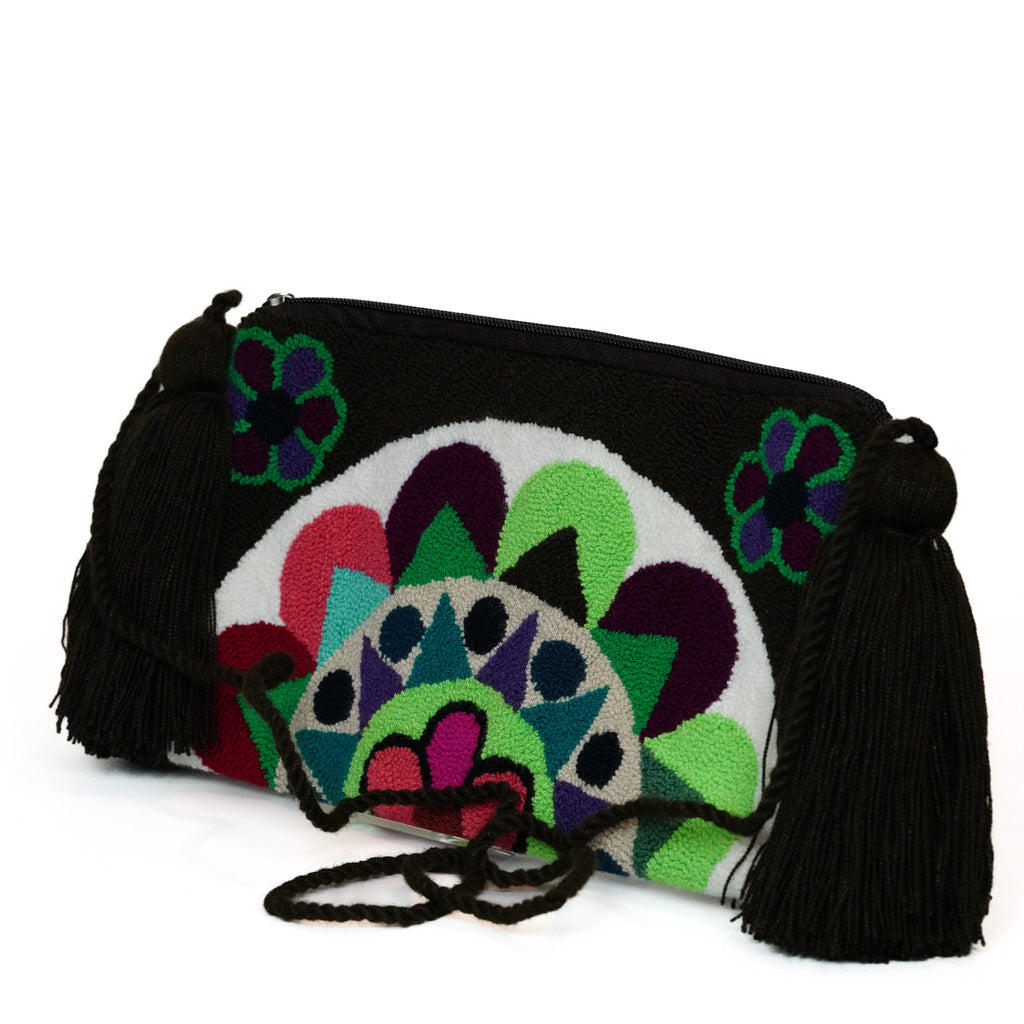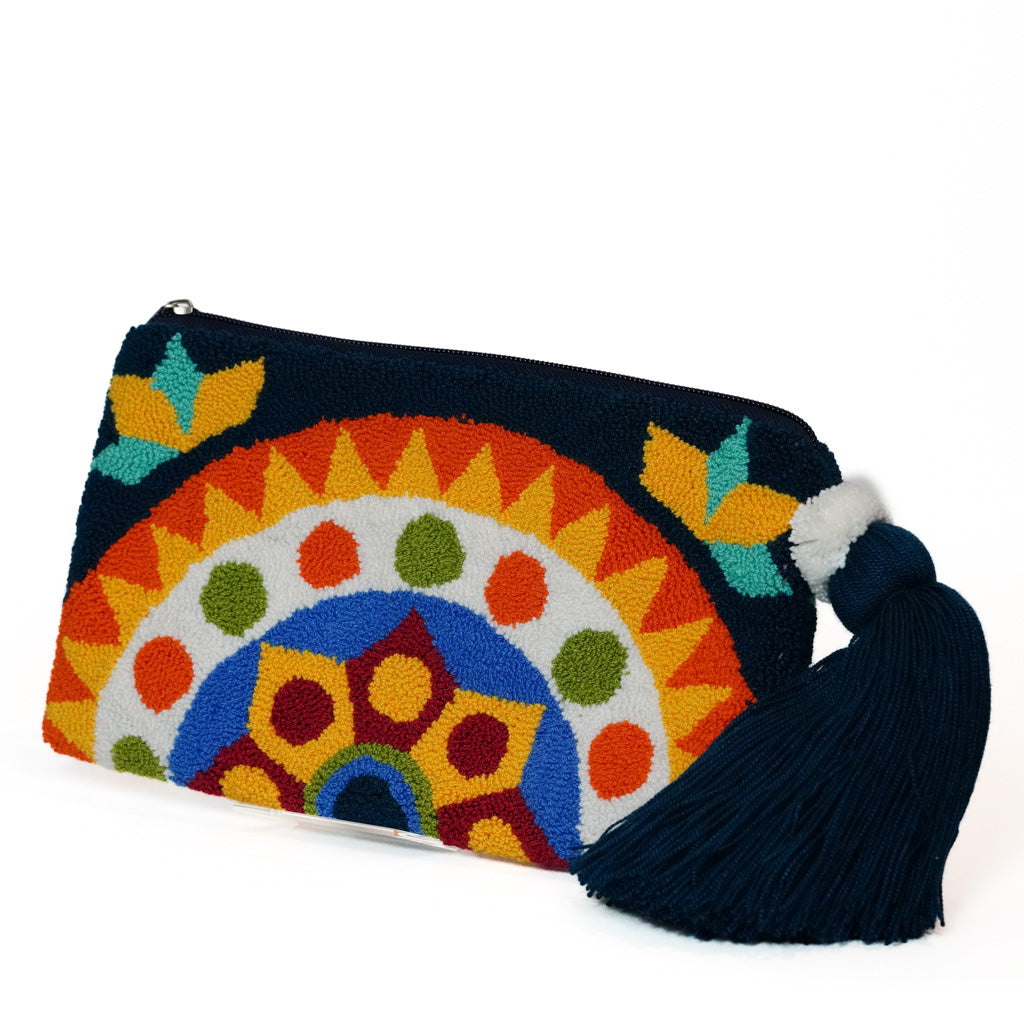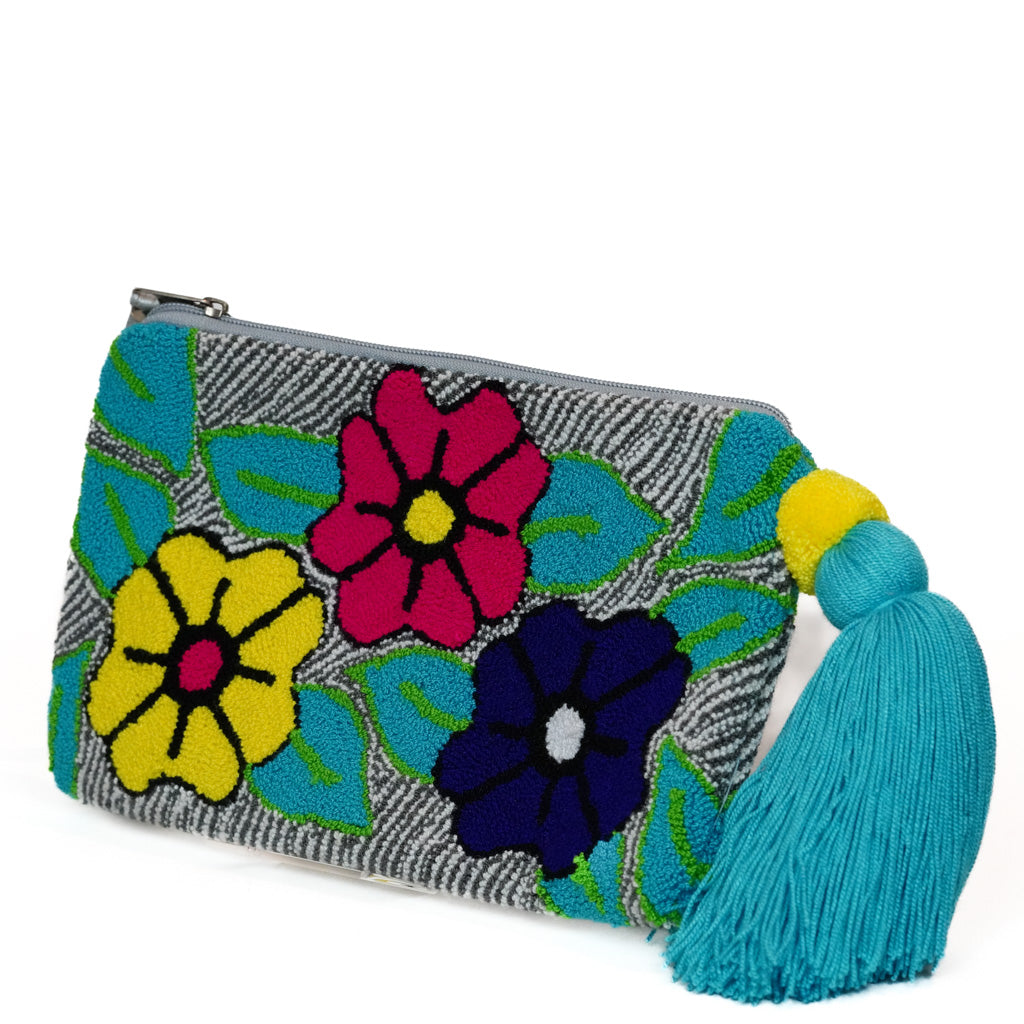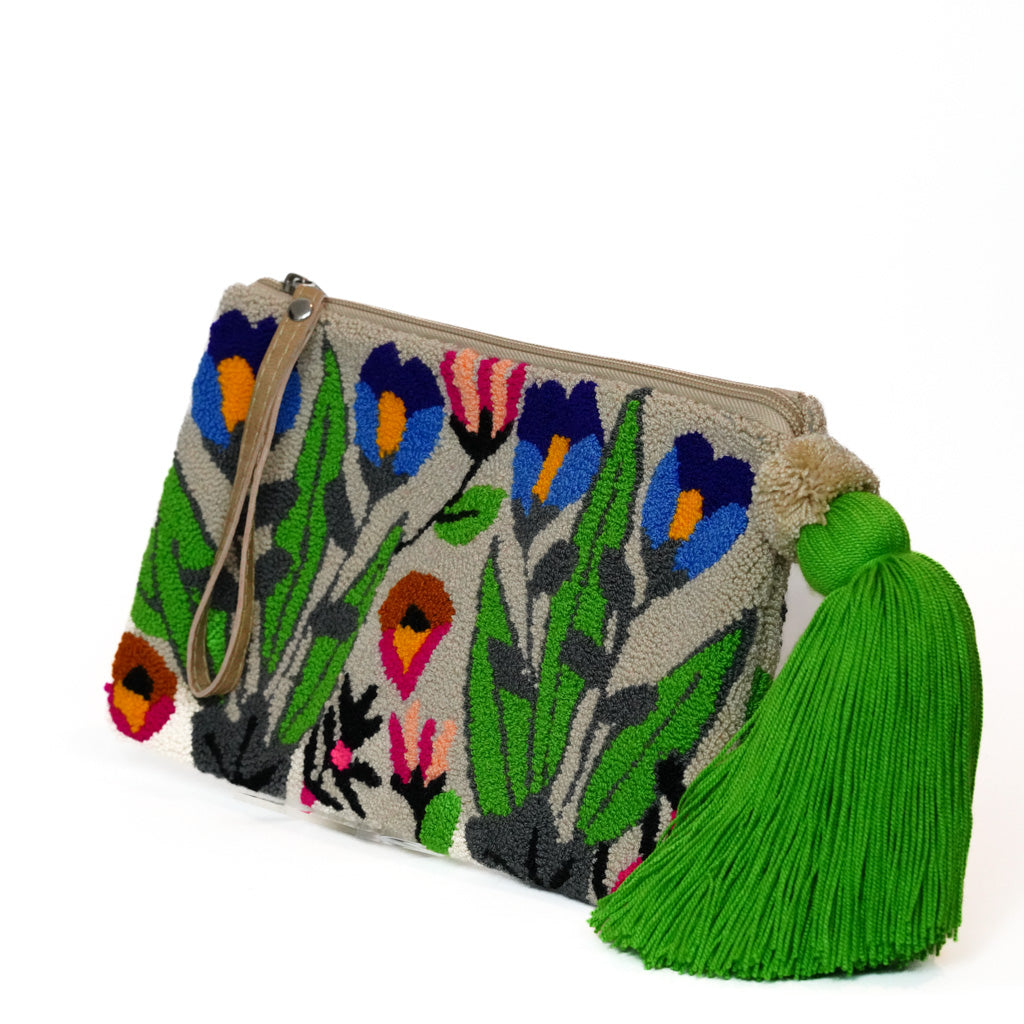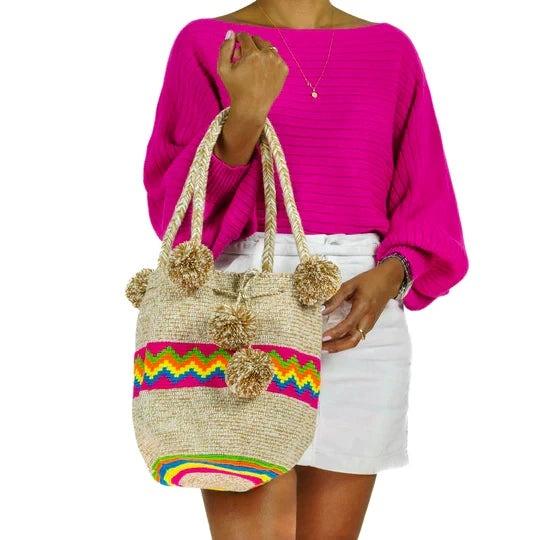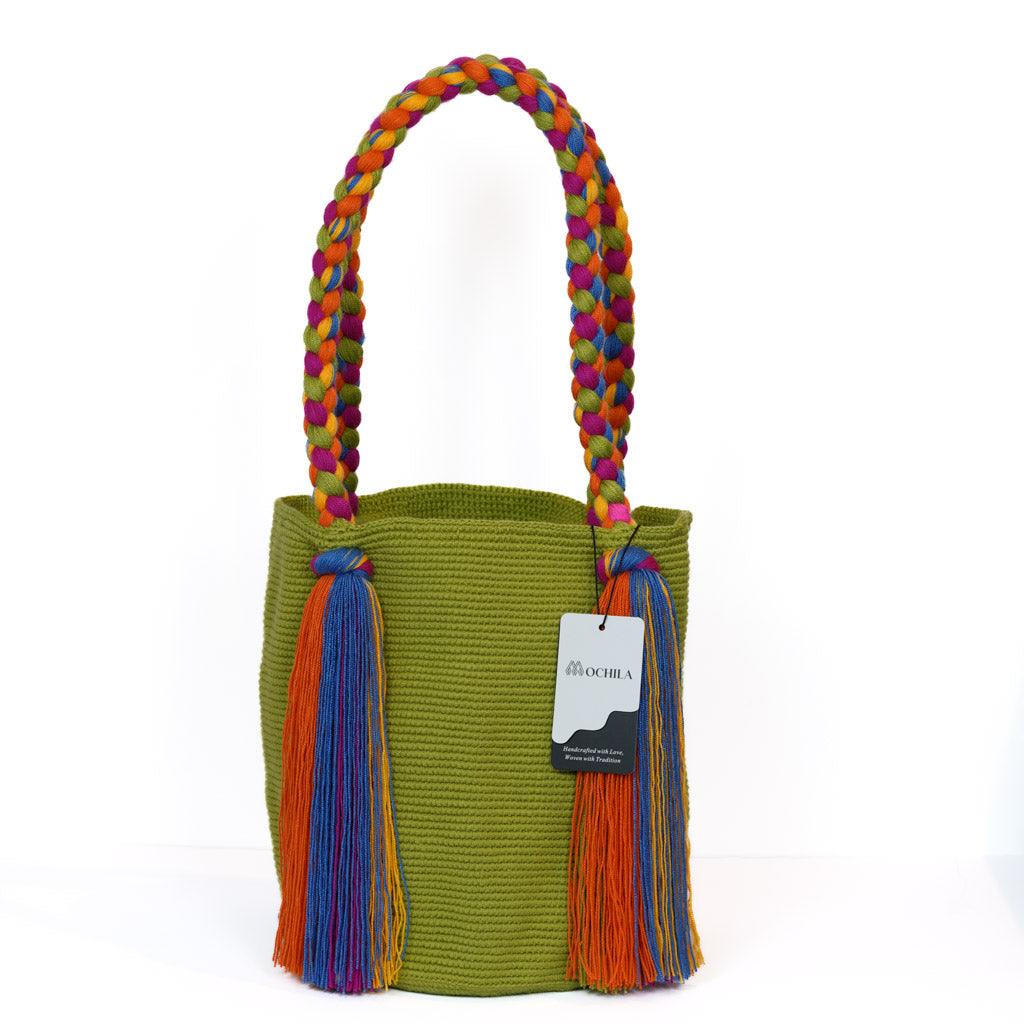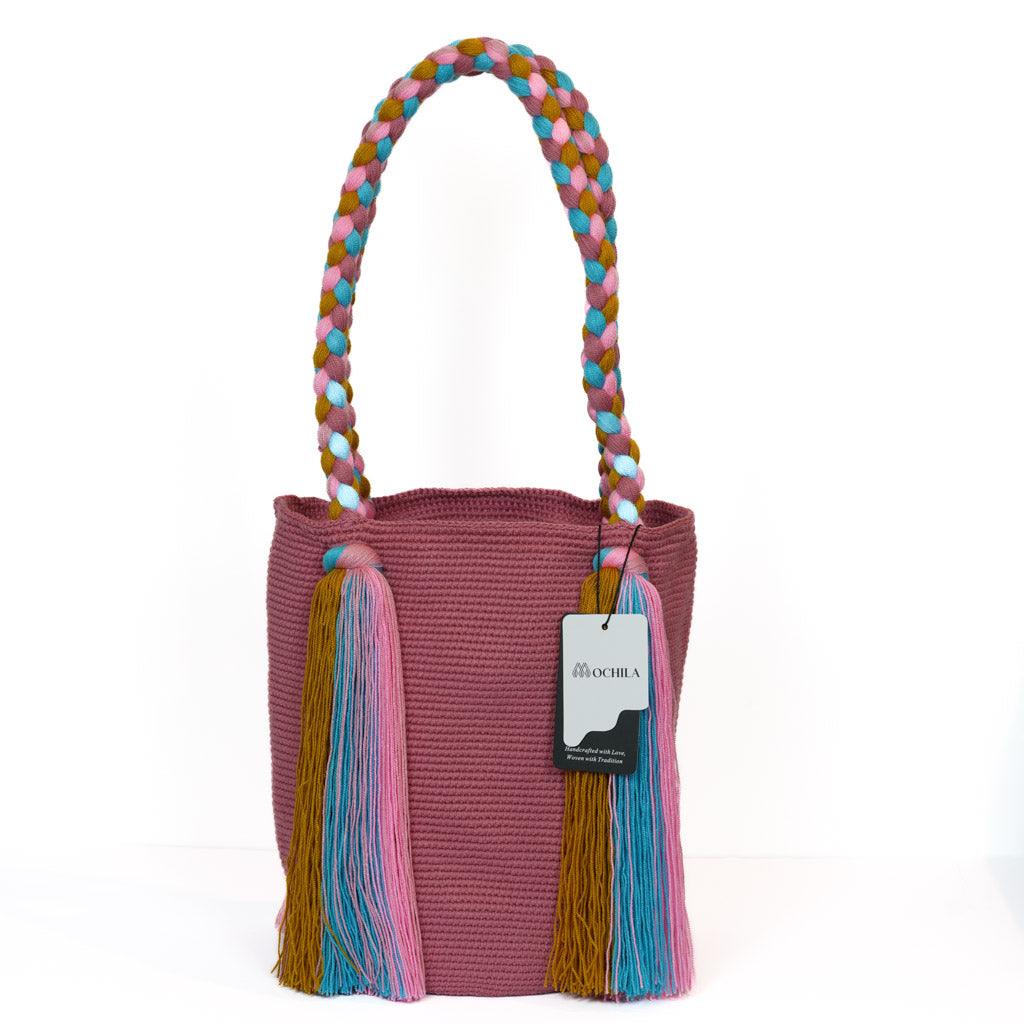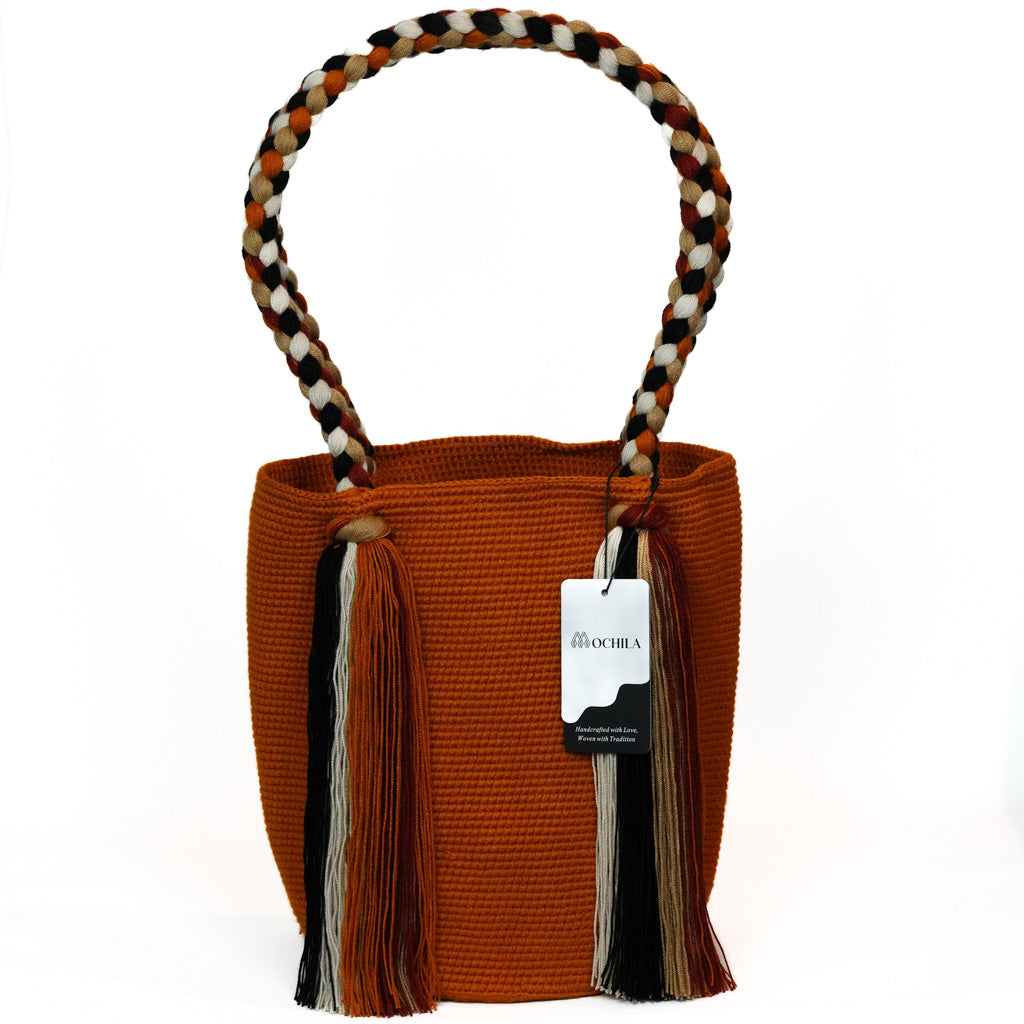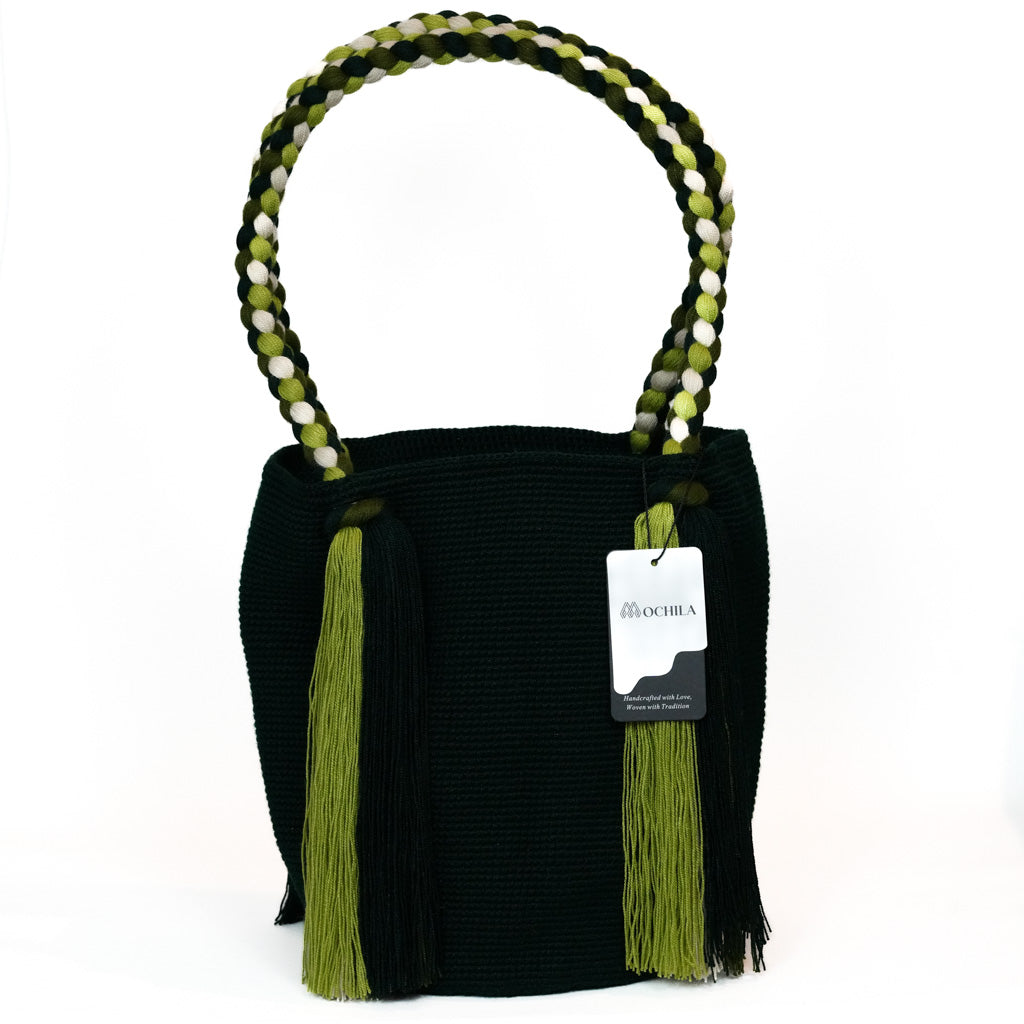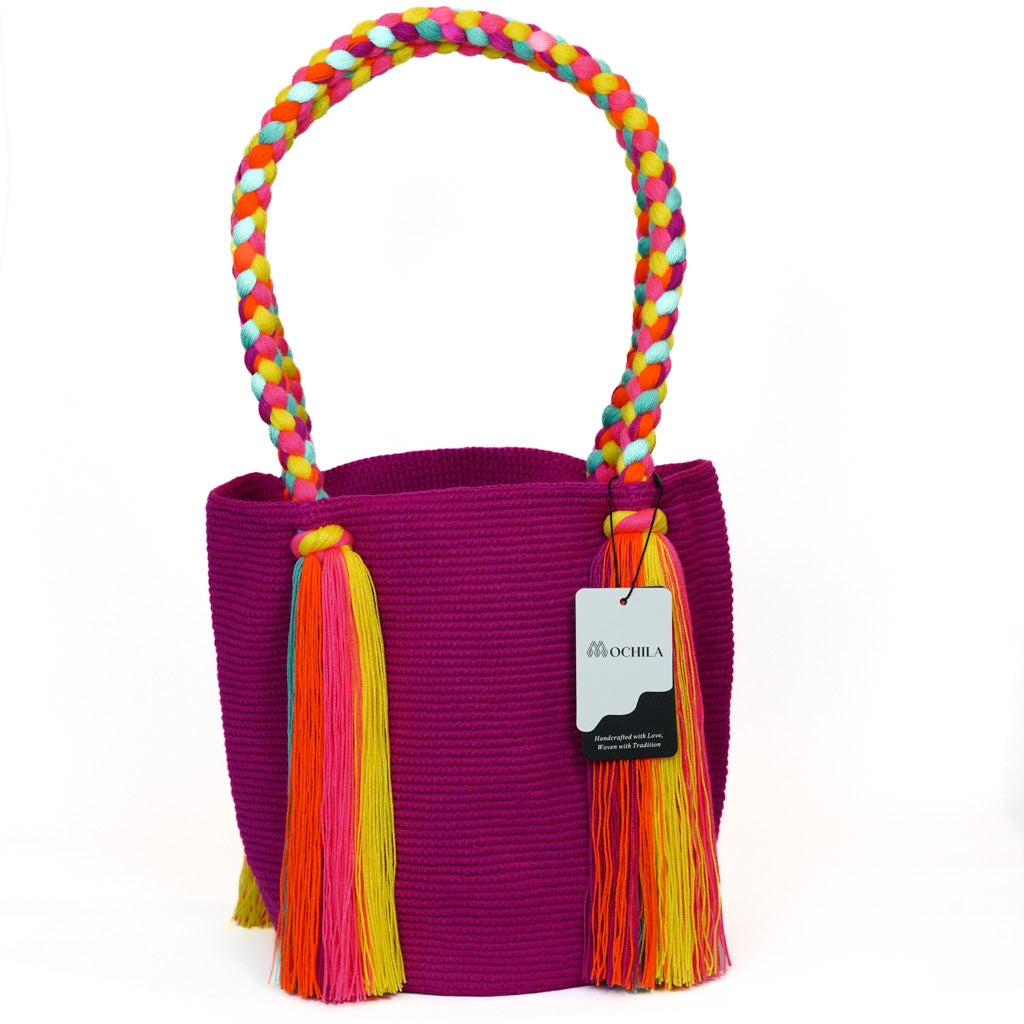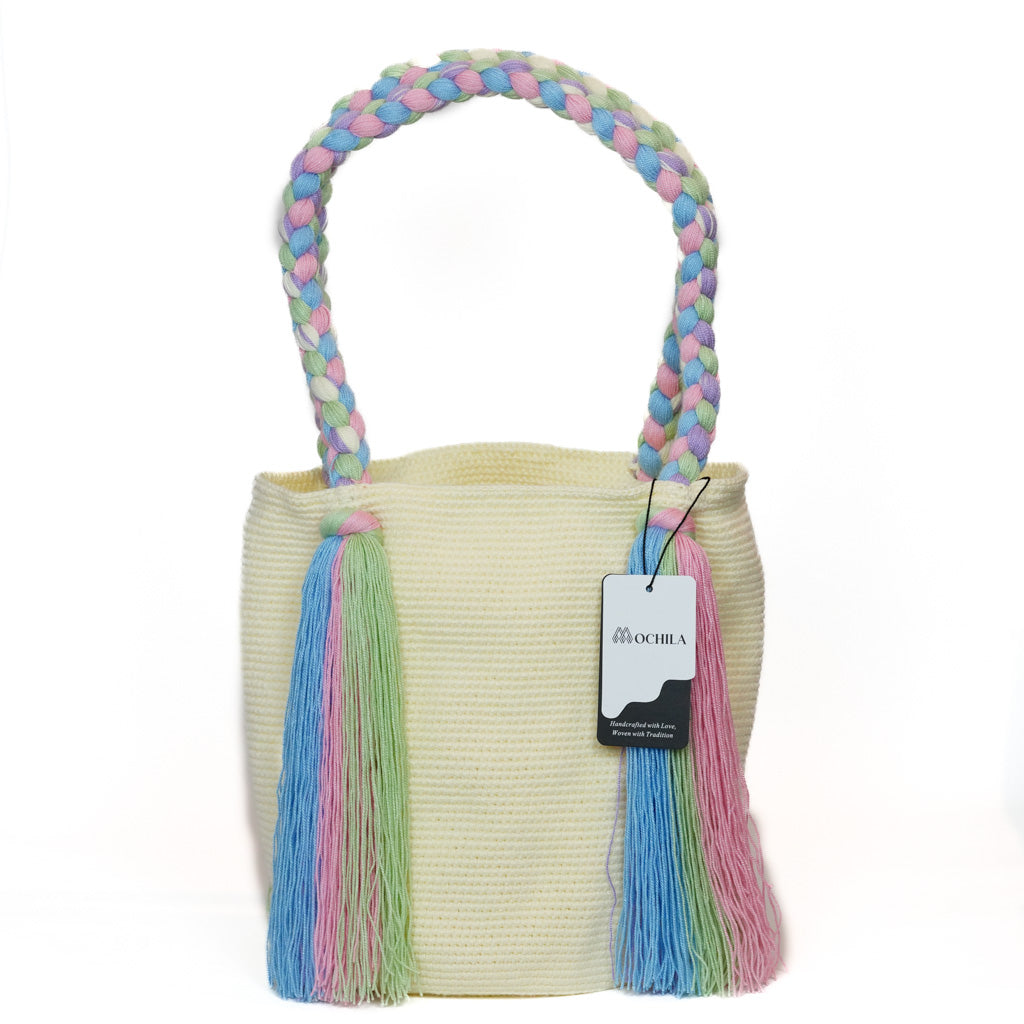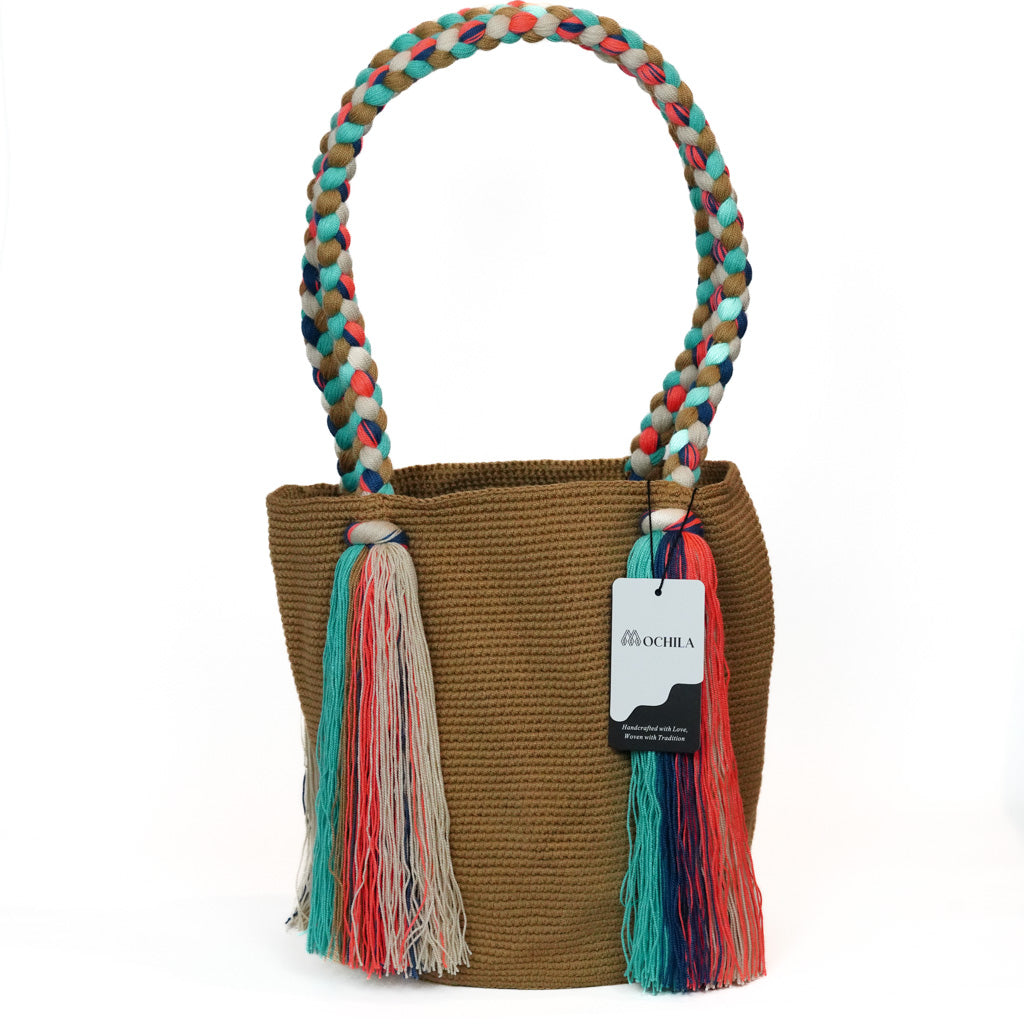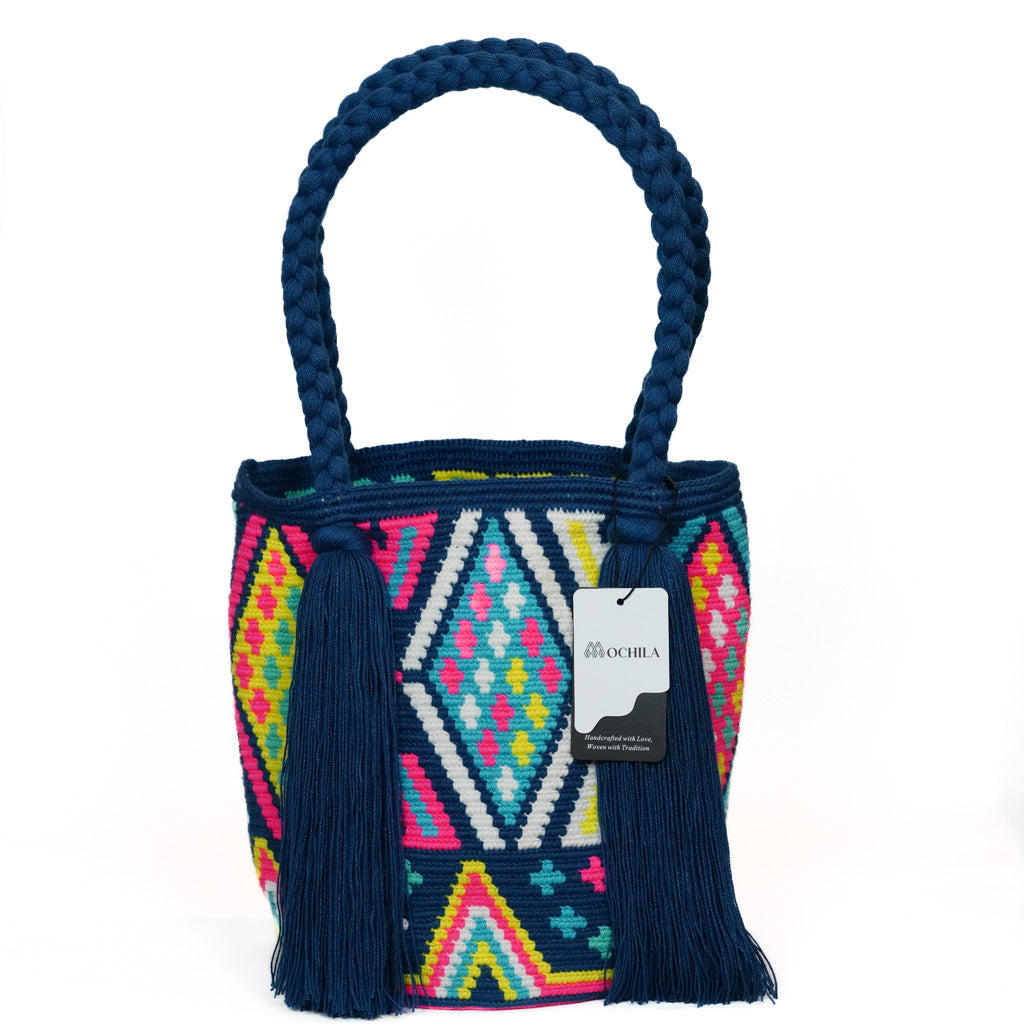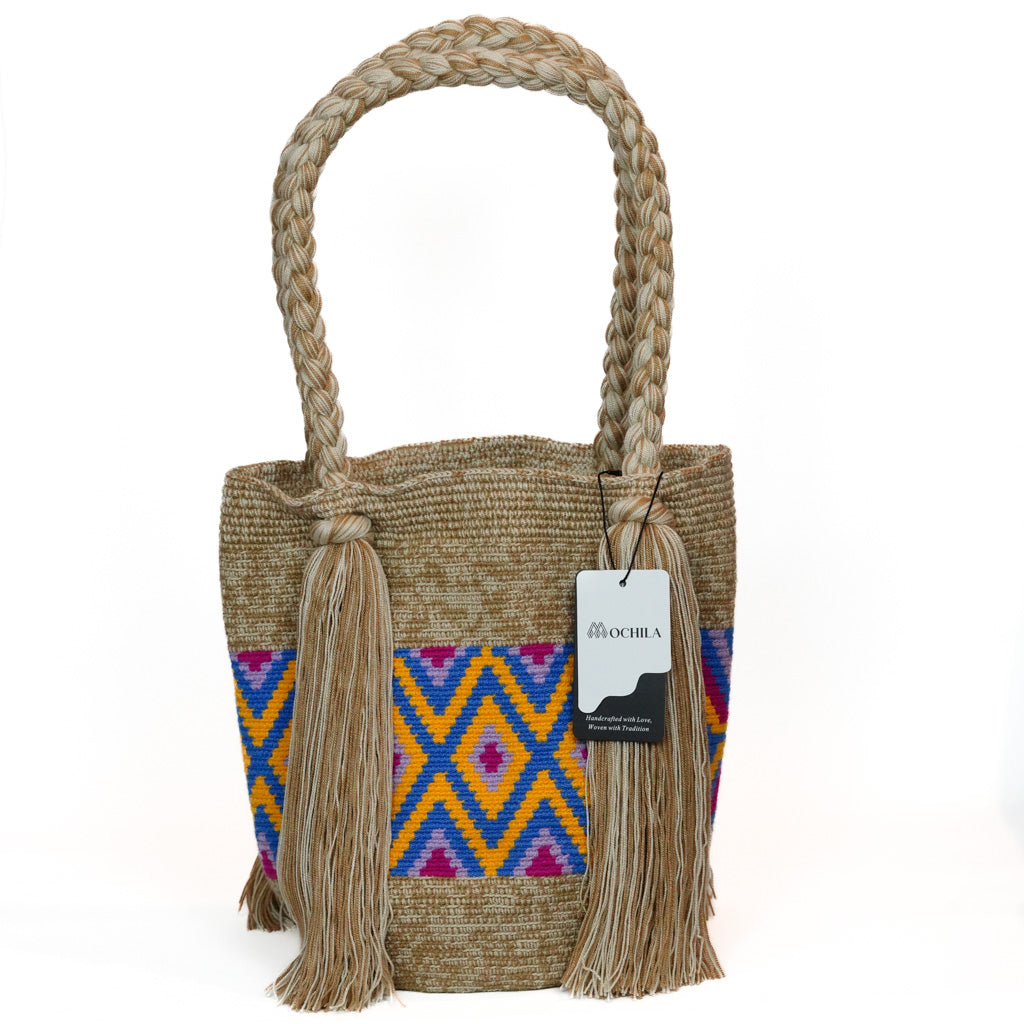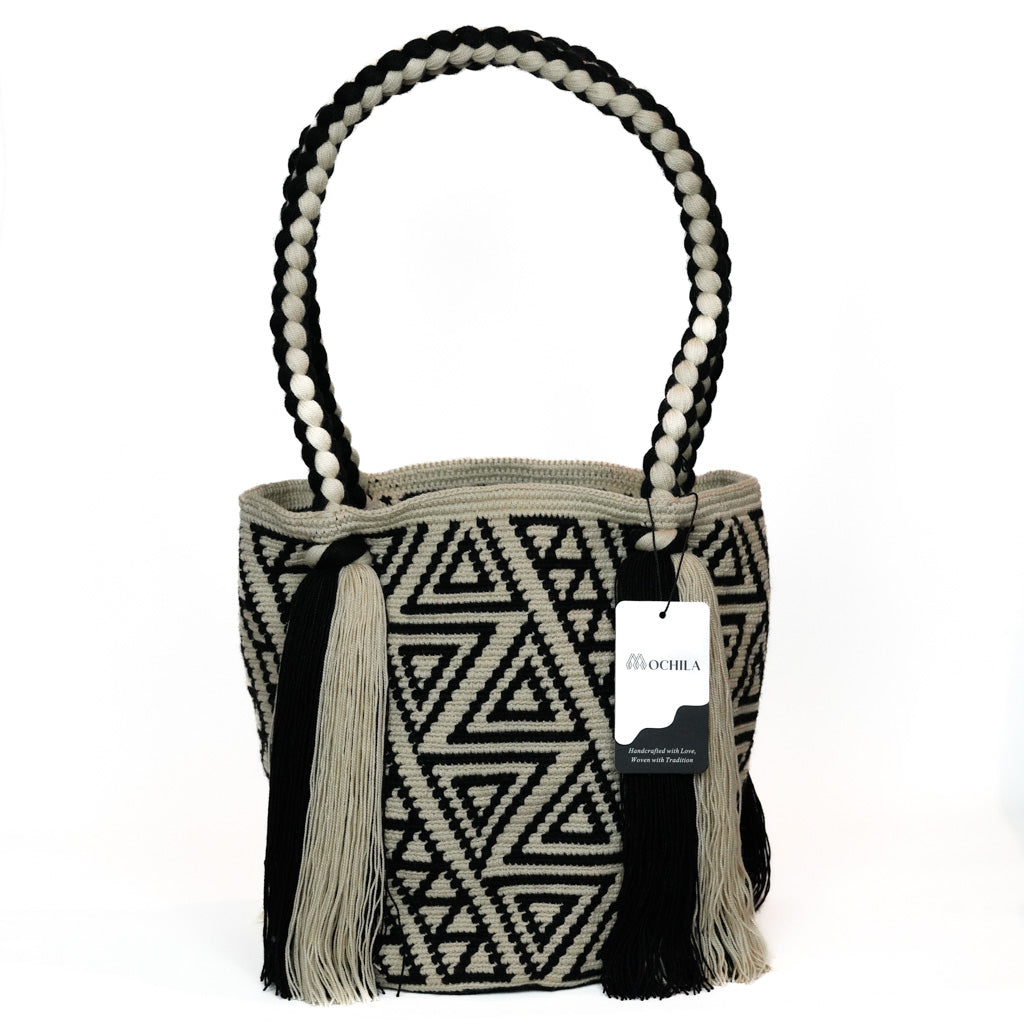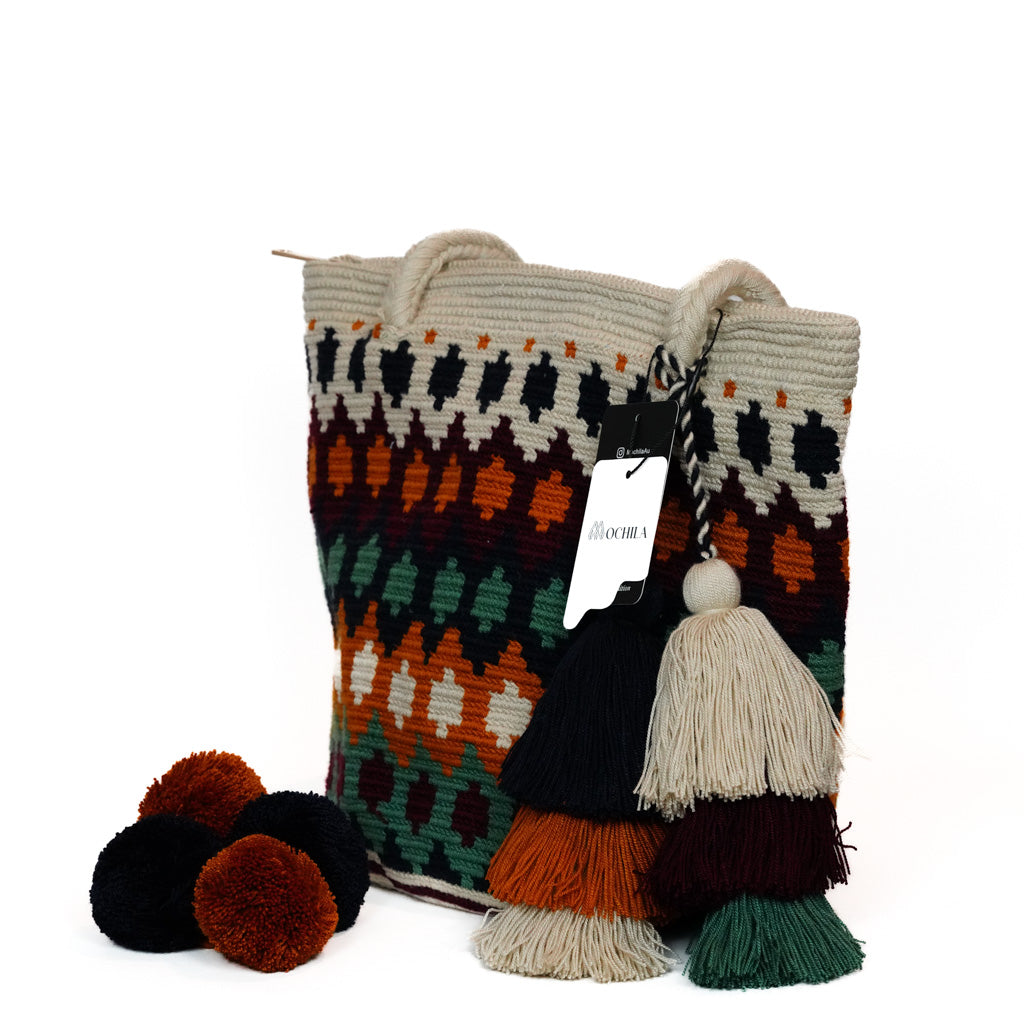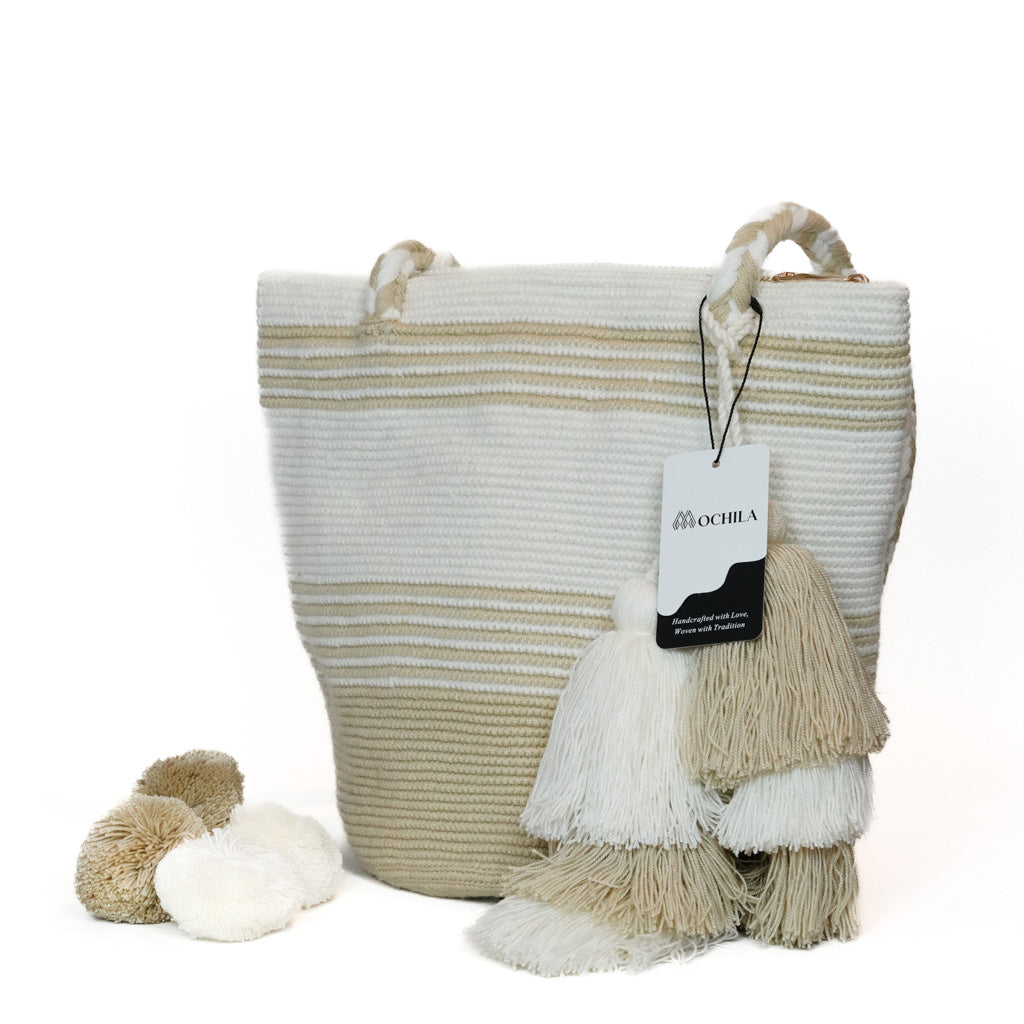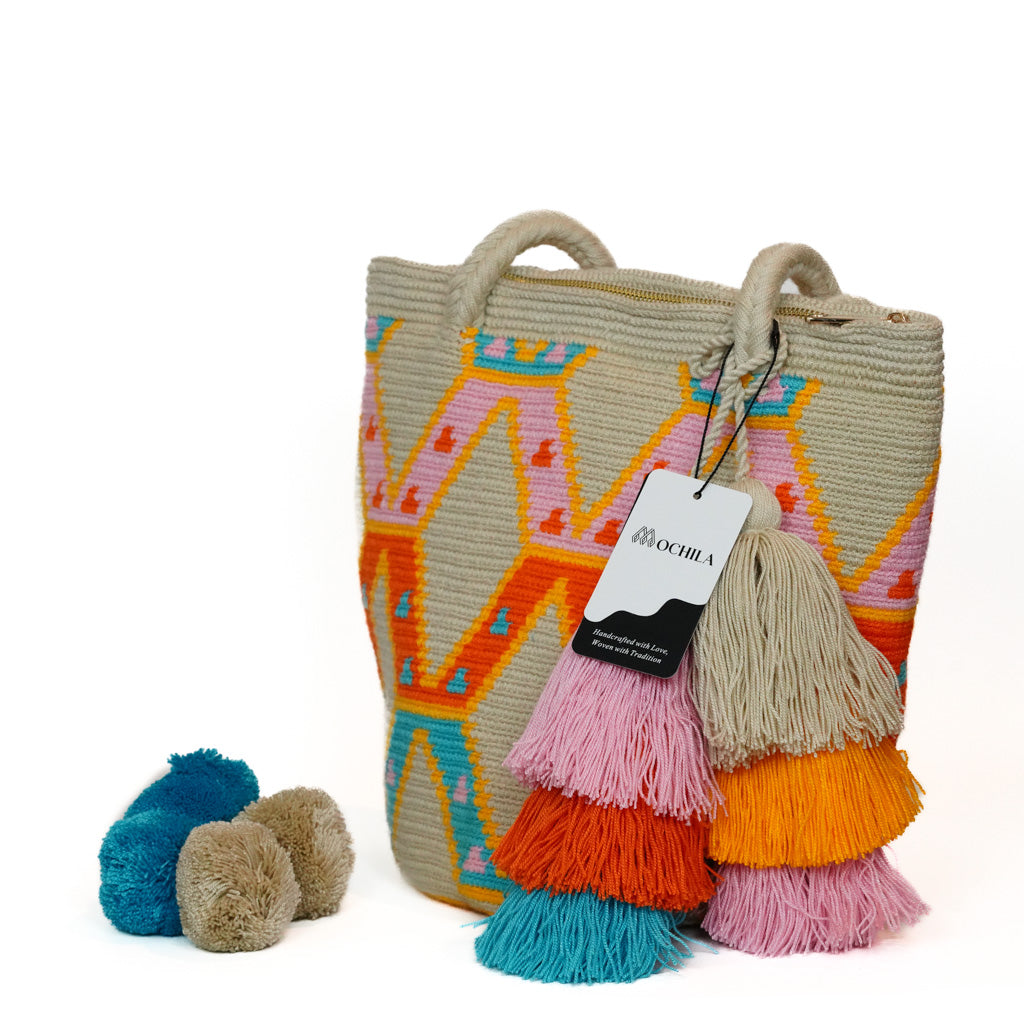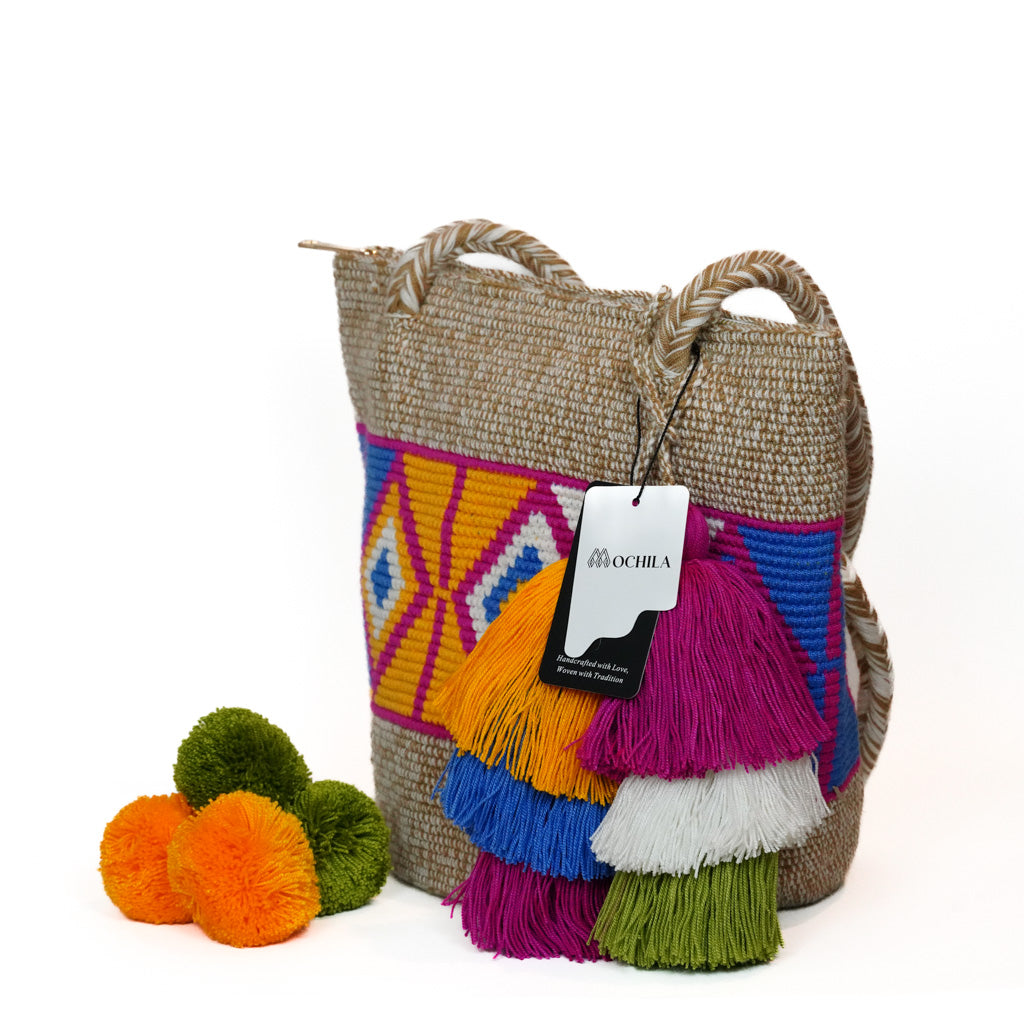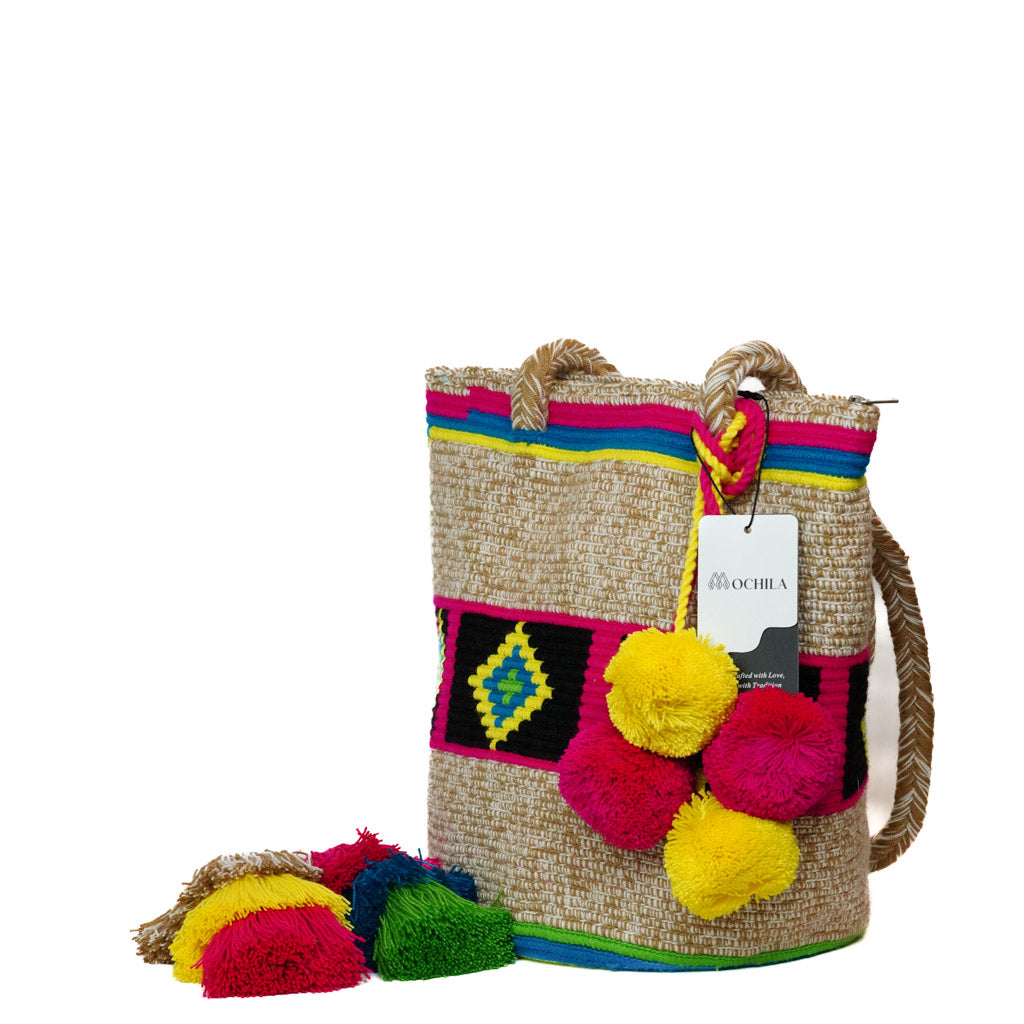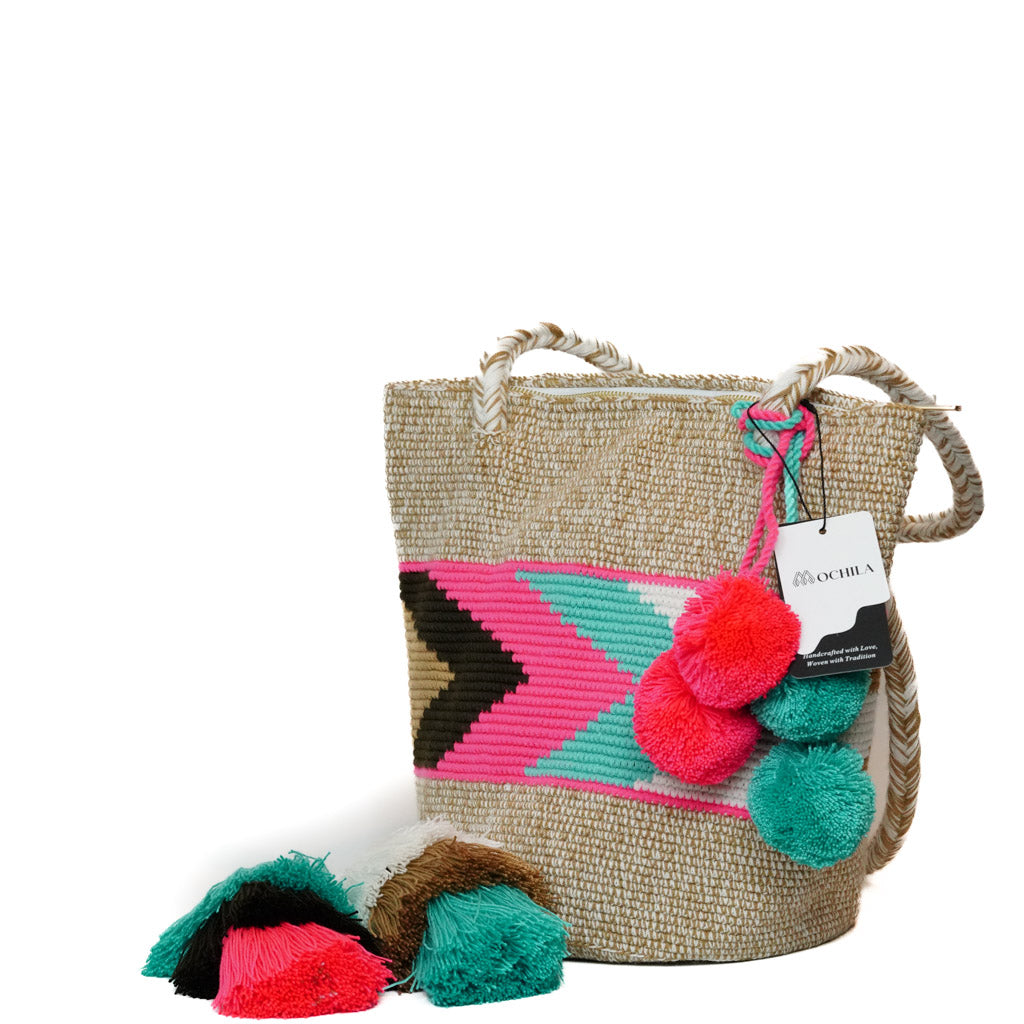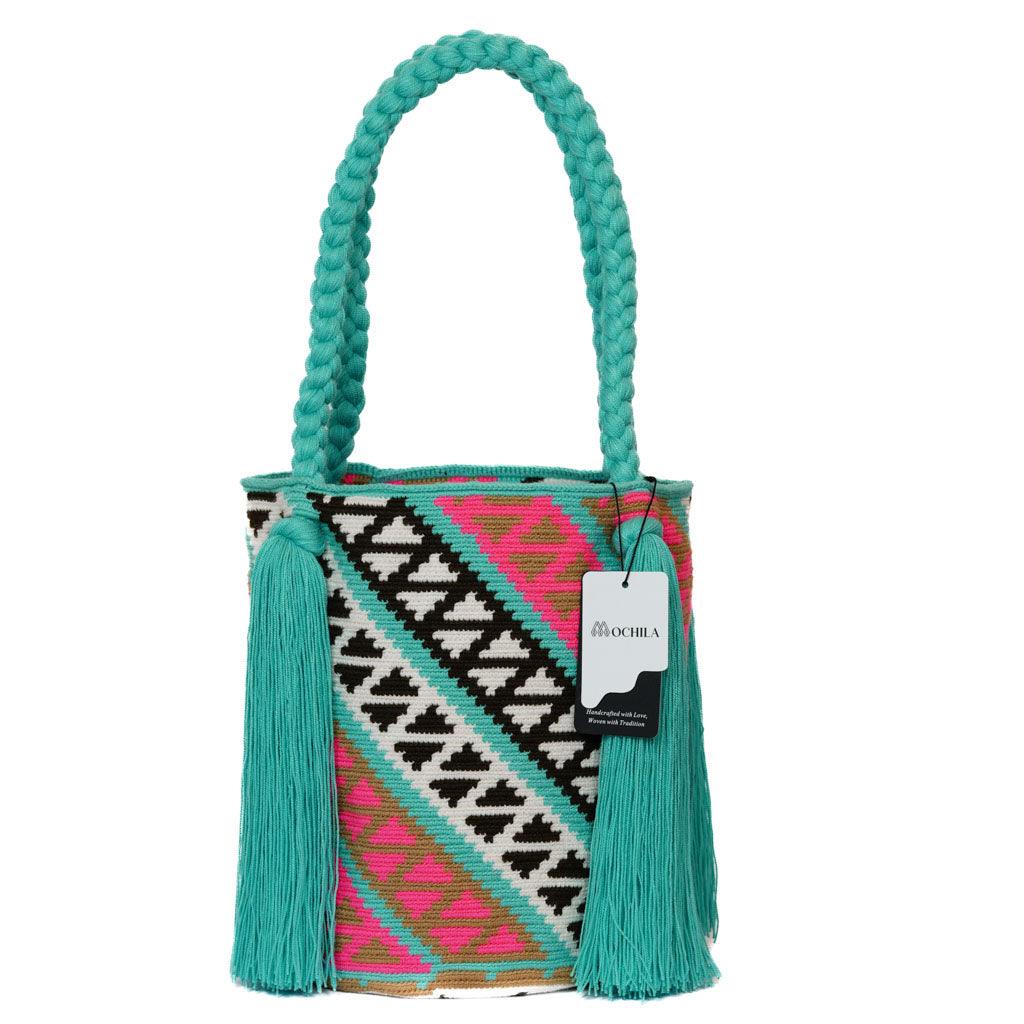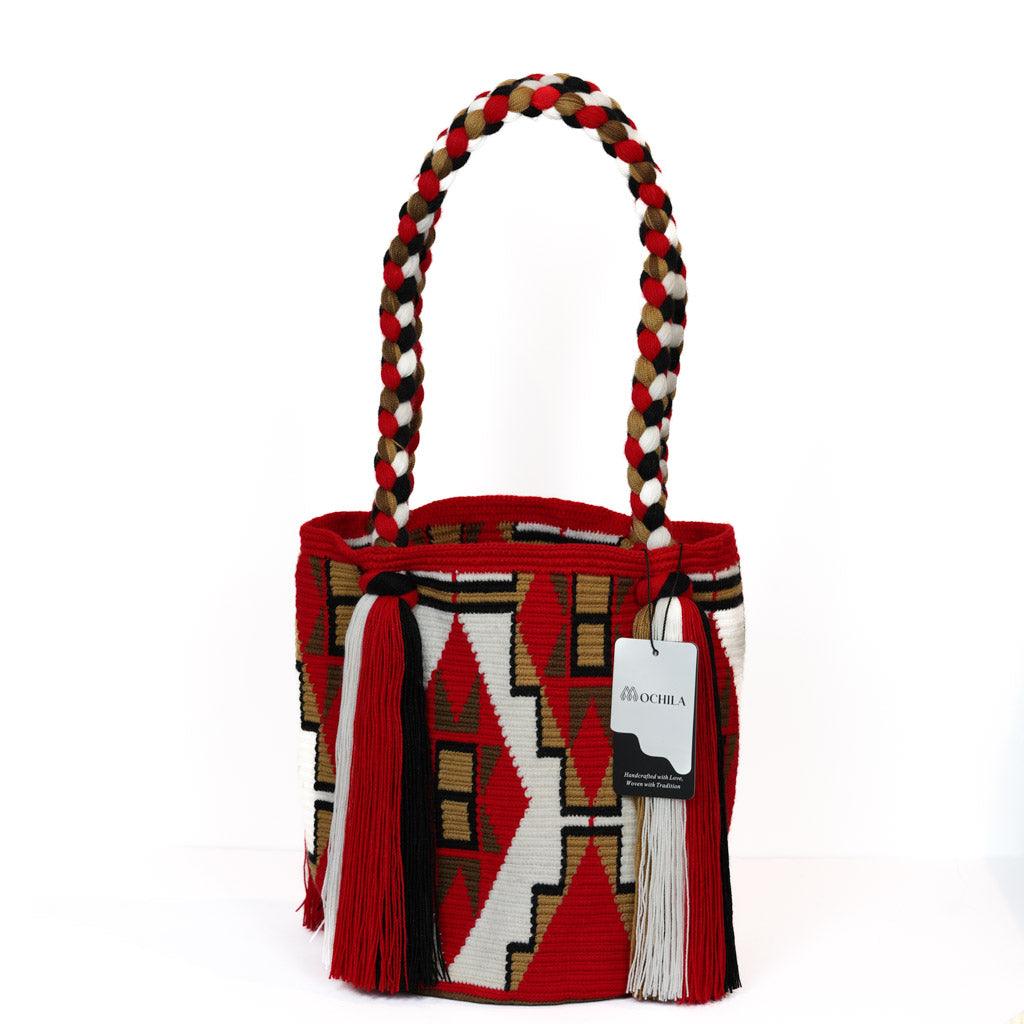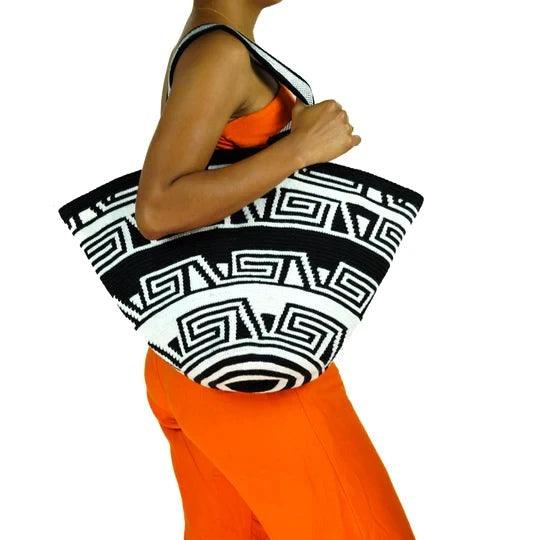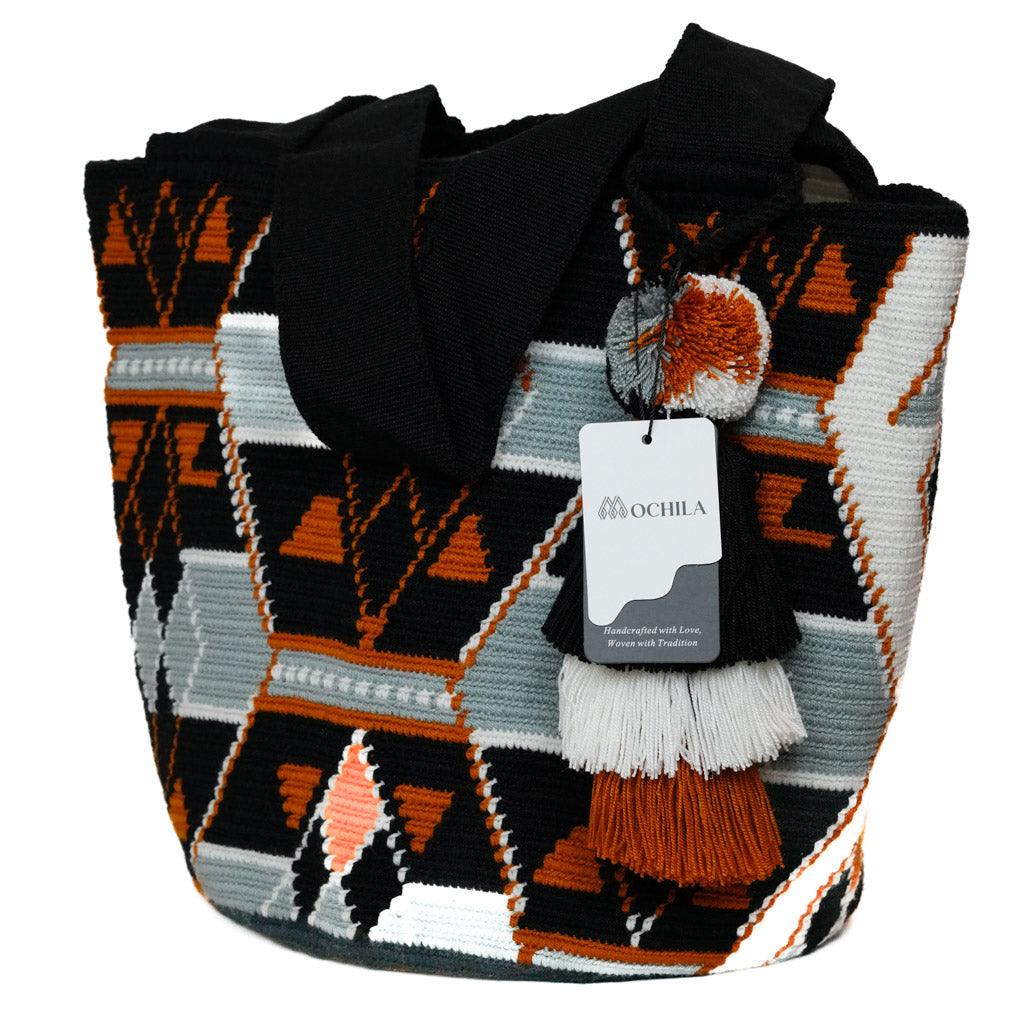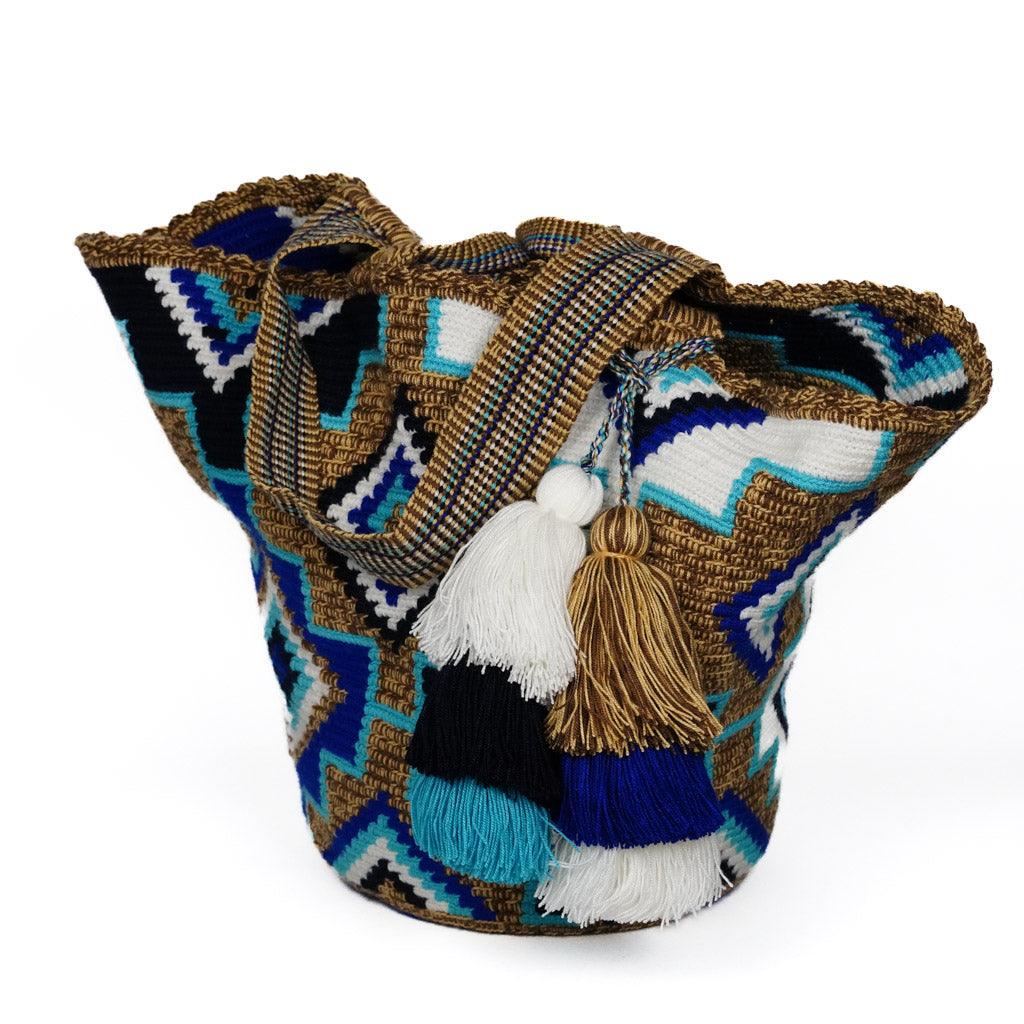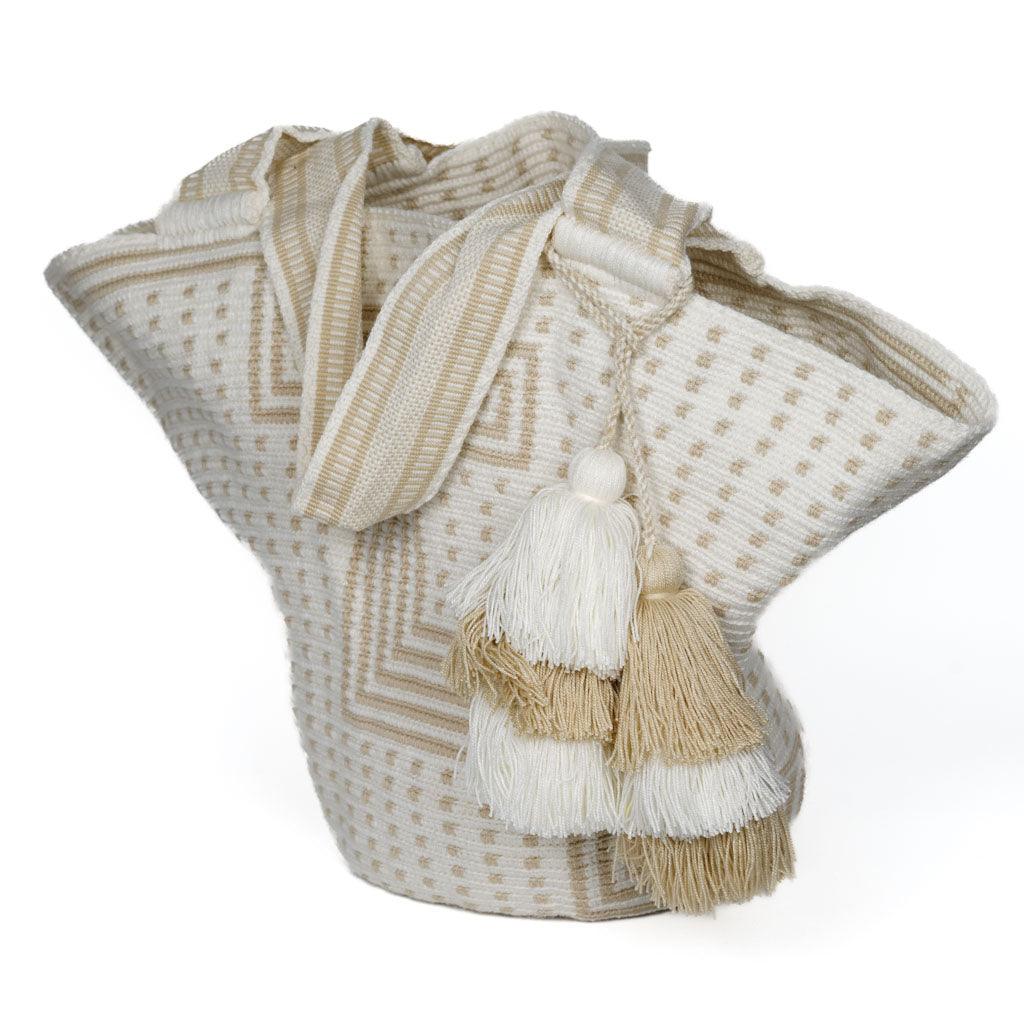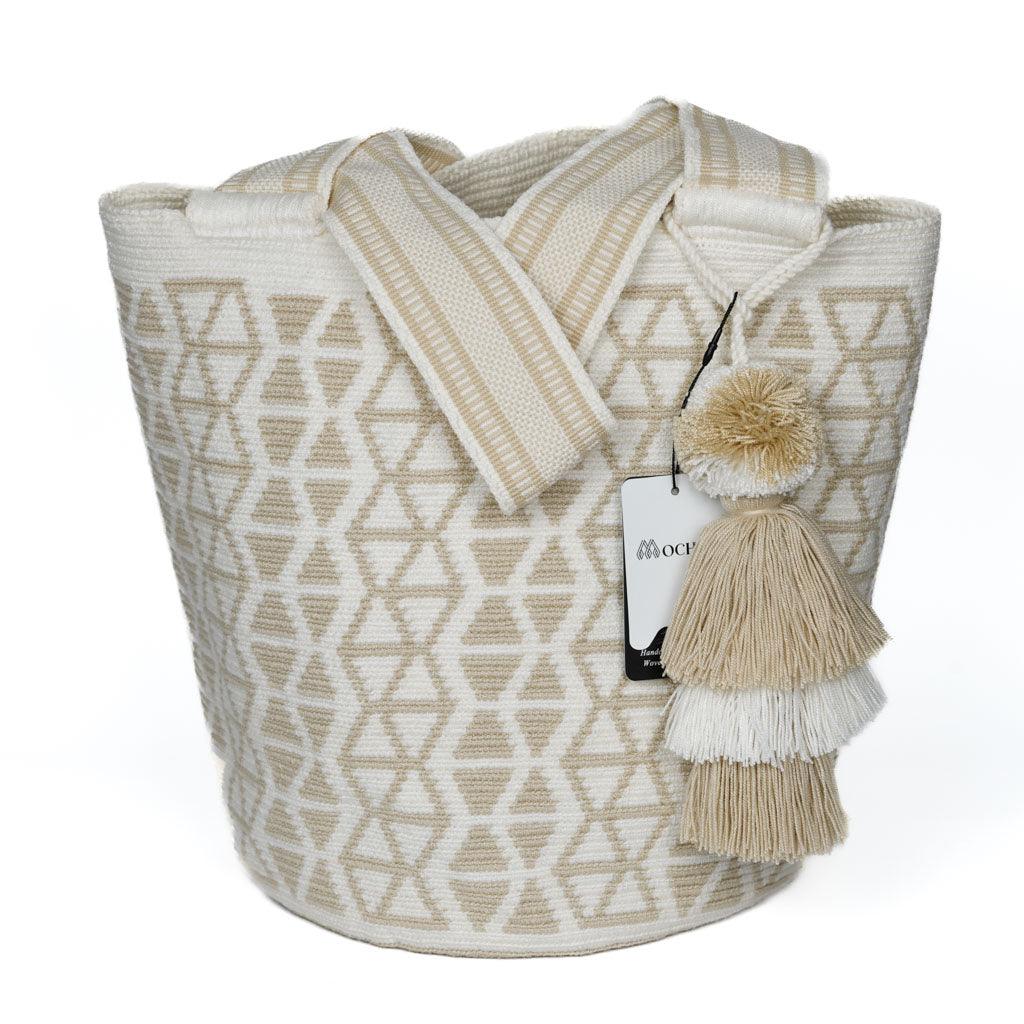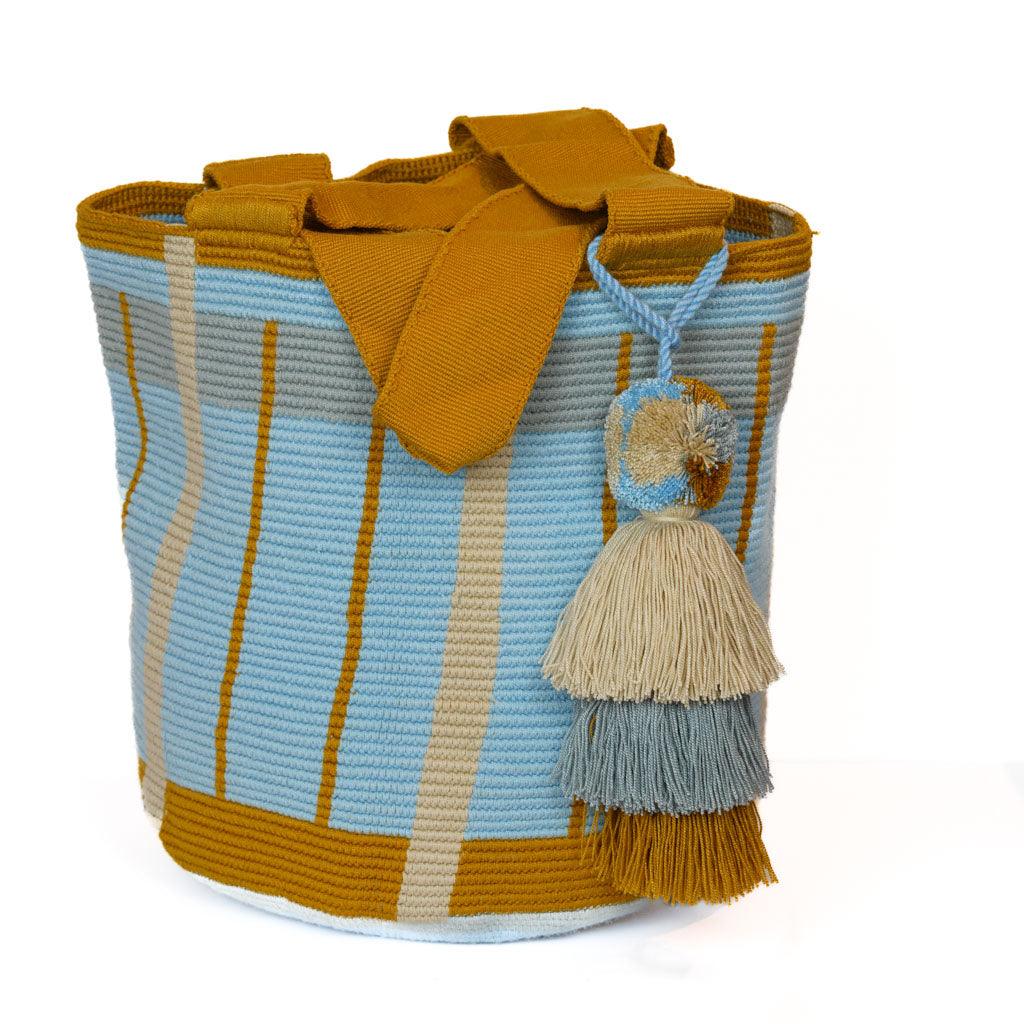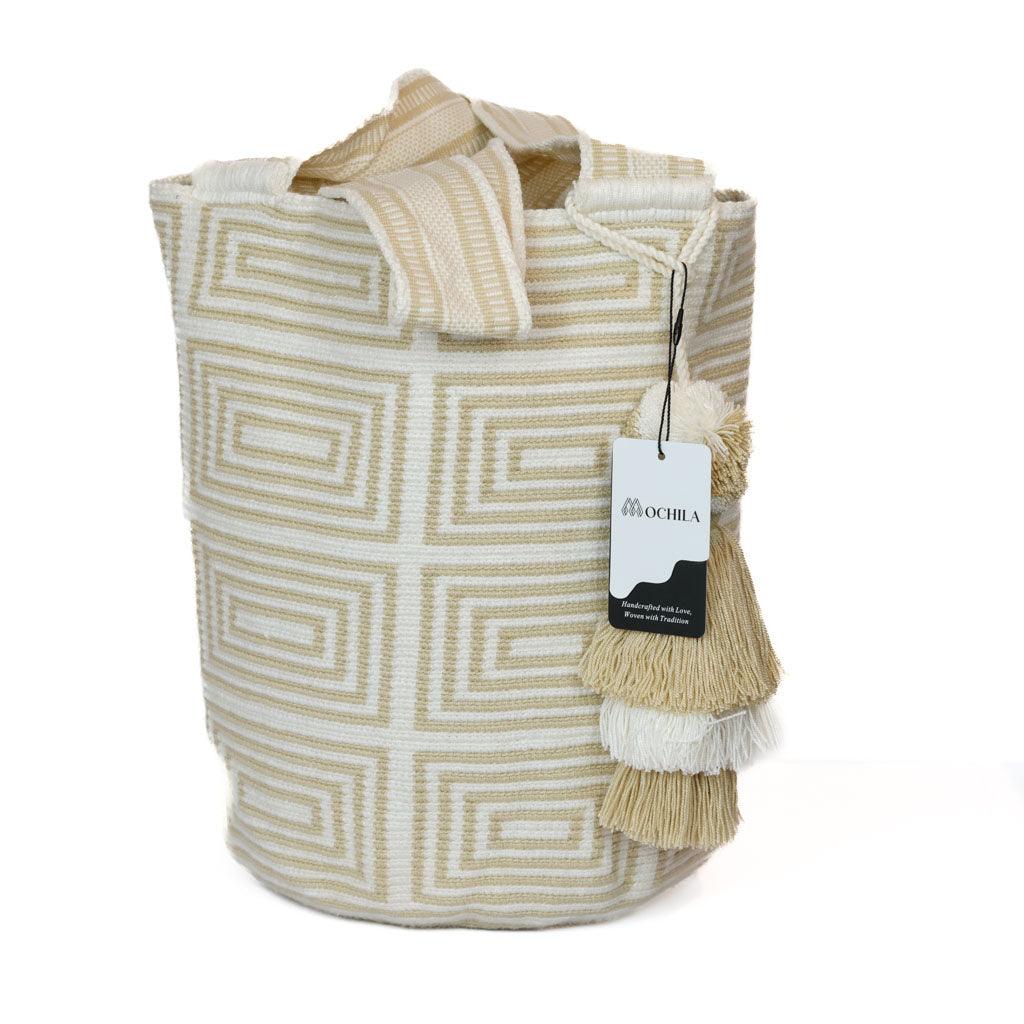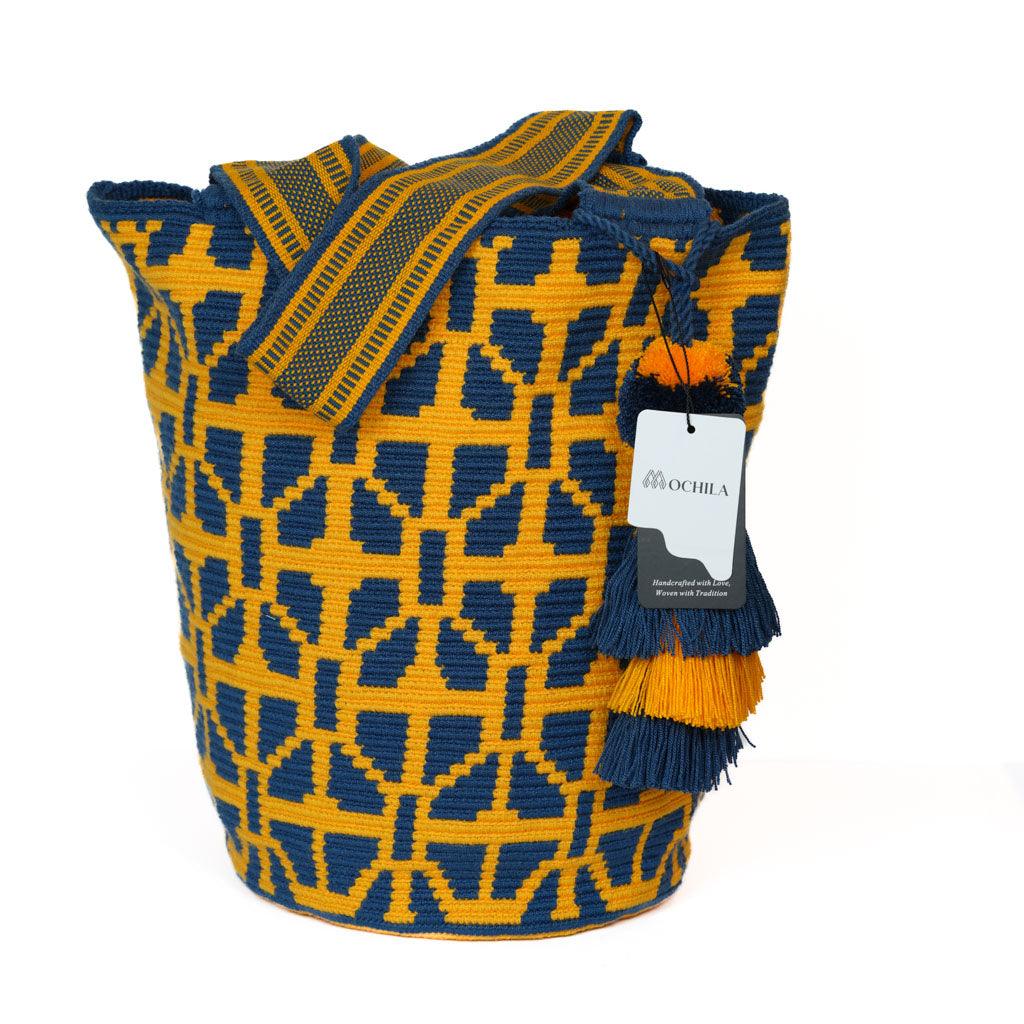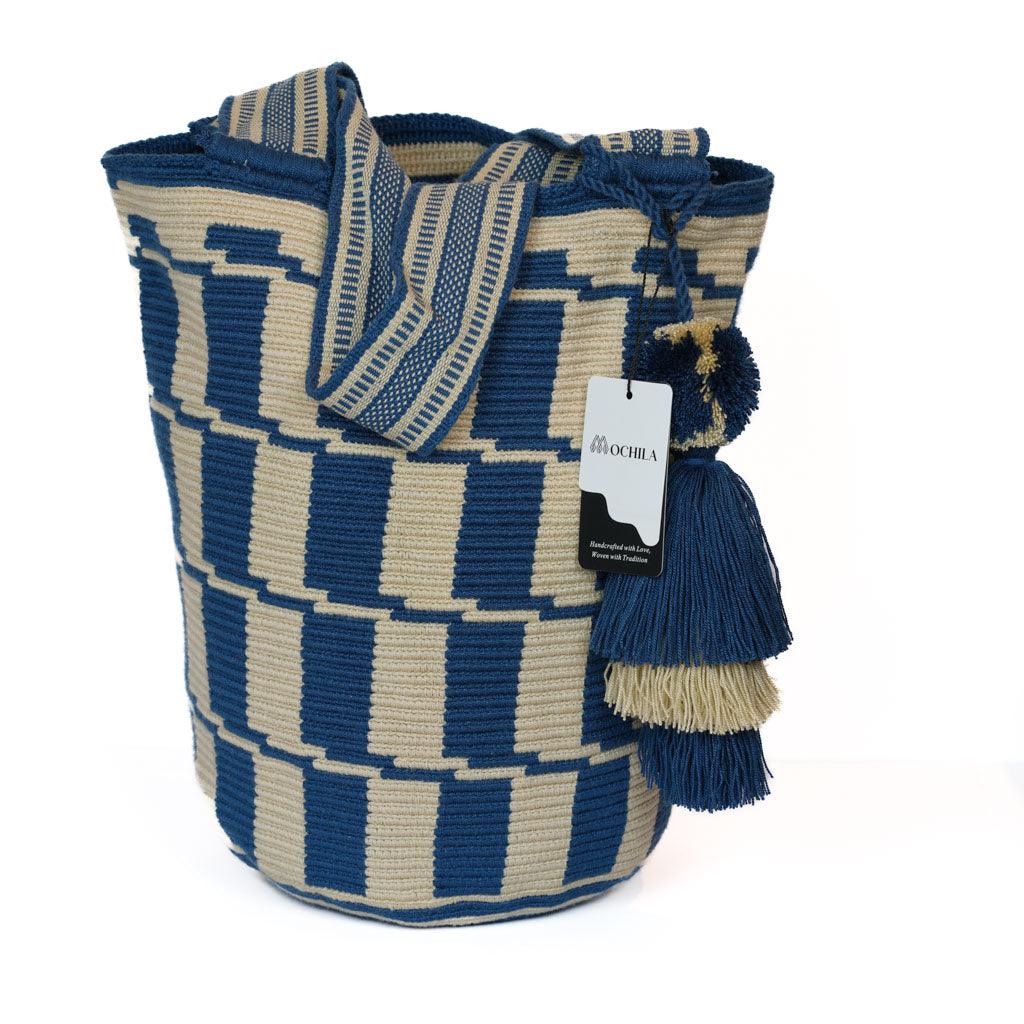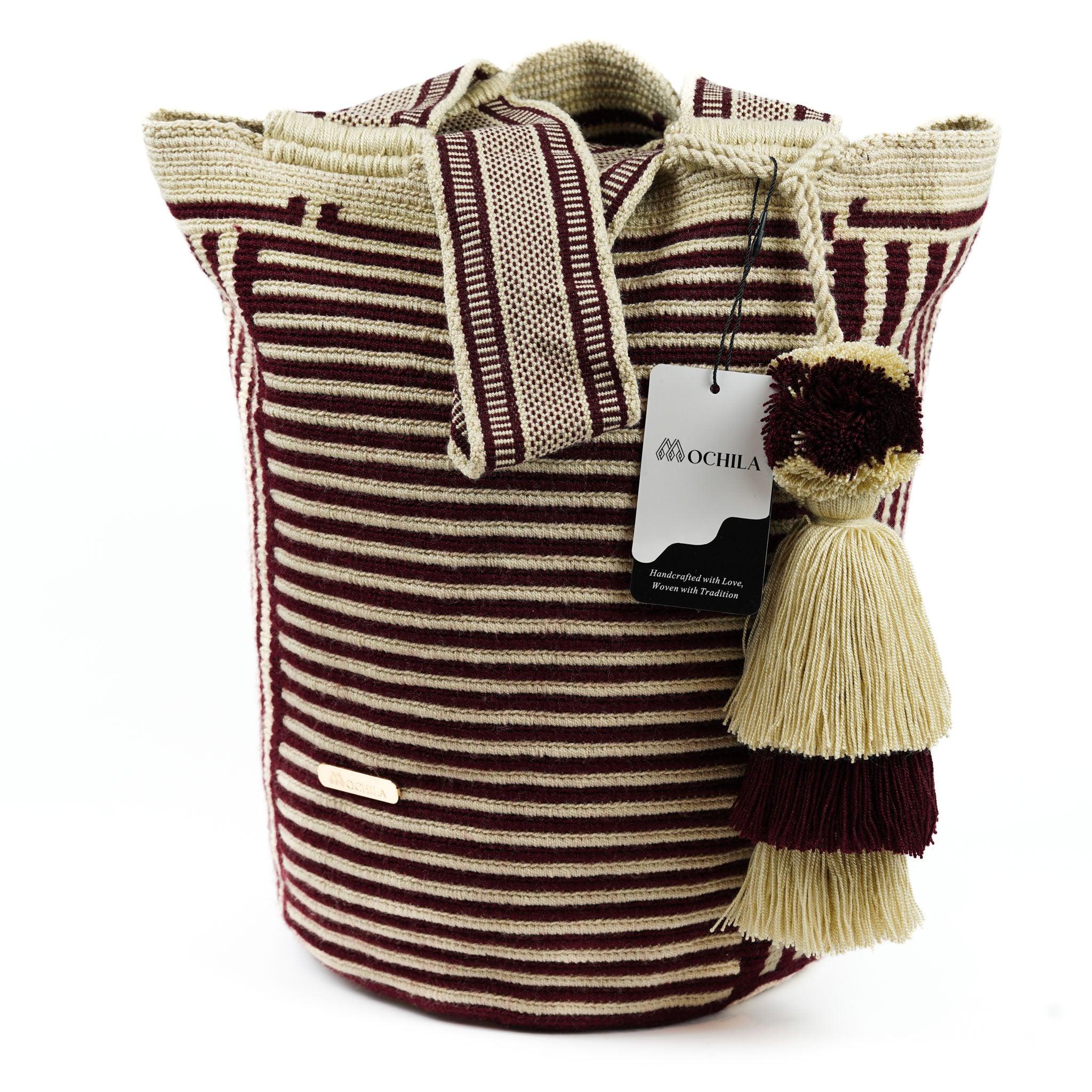The Art of Crocheting
Crocheting is an age-old craft that's been passed down through generations. It's a versatile art form, enabling you to create everything from cozy blankets to intricate lace doilies. But one project holds a special charm for many crafters: crocheting baby dresses.
A Brief Introduction to Crocheting
Crocheting involves using a hook and yarn to create a series of loops and knots, known as stitches. It's a flexible technique, allowing you to create a wide variety of shapes and structures. If you're new to the world of crochet, check out our guide on how to crochet for beginners to get started.
The art of crocheting is more than just creating stitches. It's about expressing creativity, honing skills, and crafting items full of love and care. From crocheting socks to crocheting amigurumi dolls, the possibilities are endless.
Why Choose Crocheting for Baby Dresses?
Crocheting baby dresses is an excellent project for both beginner and experienced crafters. It's a smaller endeavor compared to larger projects like crocheting afghans or crocheting blankets, making it a manageable and satisfying task.
Moreover, crocheted baby dresses are wonderful gifts for new parents. They're unique, handmade, and filled with love. Plus, they can become cherished heirlooms, passed down through generations.
Learning how to crochet baby dresses also allows you to explore various stitch techniques, designs, and patterns. It's a fun way to expand your crochet repertoire while creating adorable outfits for the little ones in your life.
Whether you're looking to learn a new skill or create a heartwarming gift, crocheting baby dresses is a rewarding project that combines creativity, skill, and love. So grab your crochet hook and yarn, and let's dive into the world of crocheting baby dresses!
Getting Started with Crocheting Baby Dresses
If you're planning to venture into the world of crocheting baby dresses, you'll need to start with the basics. This includes gathering the necessary materials and tools and understanding basic crochet stitches.
Necessary Materials and Tools
The basic materials needed for crocheting baby dresses include yarn, a crochet hook, a yarn needle, and a pair of scissors. The type and amount of yarn required will depend on the pattern chosen, but it's generally advisable to choose a soft, hypoallergenic yarn suitable for baby's delicate skin.
The size of the crochet hook will vary based on the yarn and the pattern. As a general rule, thicker yarns require larger hooks, while thinner yarns are used with smaller hooks. For more detailed information on selecting the right hook size, check out our guide on how to determine crochet hook sizes.
| Material/Tool | Description |
|---|---|
| Yarn | Soft, hypoallergenic yarn suitable for baby's delicate skin |
| Crochet Hook | Size varies based on yarn and pattern |
| Yarn Needle | Used for weaving in ends |
| Scissors | For cutting yarn |
Understanding Basic Crochet Stitches
Before you can start crocheting a baby dress, it's important to familiarize yourself with basic crochet stitches. These include the chain stitch (ch), single crochet (sc), double crochet (dc), and others. Each stitch creates a different texture and pattern, allowing you to create a variety of designs.
The chain stitch is often the first stitch you'll learn when you start to crochet. It's the foundation for most crochet projects and can also be used to create space between stitches or to turn your work.
The single crochet is the simplest stitch that creates a dense and tight fabric. It's often used for making firm and solid pieces like amigurumi dolls or dishcloths.
The double crochet, on the other hand, creates a looser and more flexible fabric. It's often used for making garments, blankets, and other items that require drape.
You can find step-by-step instructions and tutorials on basic crochet stitches in our article on how to crochet stitches.
By gathering the right materials and understanding basic crochet stitches, you'll be ready to start your journey on how to crochet baby dresses. Remember, practice makes perfect, so don't be discouraged if your first few attempts don't turn out perfectly. Keep practicing and you'll soon be creating beautiful handmade dresses for your little ones.
Guide to Crocheting Baby Dresses
Creating a baby dress through crocheting is a rewarding task. It allows one to put a personal touch on a garment that is both functional and beautiful. In this section, we will provide a basic guide on how to crochet baby dresses.
Step-by-step Instructions
Choose a Pattern: Select a crochet pattern for a baby dress that suits your skill level. Patterns can be found in various crochet books or online resources. Make sure the pattern includes the size, yarn type, and hook size needed.
Gather Your Materials: Based on the pattern, gather the required yarn, crochet hook, and other necessary tools.
Make a Gauge Swatch: Before starting, crochet a gauge swatch to ensure your stitching matches the pattern's required gauge. This step is crucial to ensure the finished dress fits correctly.
Follow the Pattern: Start crocheting according to the pattern instructions. Typically, a baby dress starts from the top and works down to the skirt, but this may vary based on the pattern.
Finishing Touches: Once the main dress is complete, add any decorative elements or finishing touches as directed by the pattern. This could include adding a collar, buttons, or other embellishments.
Blocking and Weaving in Ends: Finally, block the dress to shape it and weave in any loose ends to give your dress a finished look.
Tips for Perfecting Your Technique
Understand the Stitches: Familiarize yourself with the basic crochet stitches. If you're a beginner, our guide on how to crochet stitches can help you get started.
Maintain Consistent Tension: Keeping consistent tension in your yarn is key to ensuring your stitches are even and your final product is the correct size.
Practice: Like any skill, crocheting improves with practice. Start with simpler projects and gradually move on to more complex patterns.
Experiment with Colors and Yarn Types: Don't be afraid to personalize your baby dress with different colors or yarn types. Just make sure the yarn is soft and safe for a baby's sensitive skin.
Use Stitch Markers: Stitch markers can help you keep track of your place in a complicated pattern or mark where increases or decreases should be made.
Join a Community: Online forums, local classes, and social media groups can be excellent resources for support and inspiration.
Remember, the goal is not only to create a beautiful baby dress but also to enjoy the process. Crocheting, after all, is not just about the product, but also the relaxing and therapeutic journey of crafting with love. Stay patient, keep practicing, and you'll continue to improve your skills and create beautiful pieces. For more crochet inspiration and instructions, explore our guides on how to crochet baby clothes.
Understanding Patterns and Designs
Mastering the art of crocheting baby dresses involves not only learning the basic stitches but also understanding how to read crochet patterns and how to incorporate different designs into your work. Here, we will delve into how to read crochet patterns and explore some design ideas for baby dresses.
How to Read Crochet Patterns
Crochet patterns are a roadmap for your project, providing detailed instructions on how to create a specific design. Reading crochet patterns can seem intimidating at first, but with practice, it becomes easier.
A crochet pattern typically includes the following information:
Materials Needed: This section lists the type of yarn, the hook size, and any additional materials required for the project. If you're unsure about crochet hook sizes, visit our article on how to determine crochet hook sizes.
Stitch Abbreviations: Crochet patterns often use abbreviations to represent different stitches. Familiarizing yourself with these abbreviations is crucial for understanding the pattern. If you need help with crochet stitches, refer to our guide on how to crochet stitches.
Instructions: This section provides a step-by-step guide to creating the design. The instructions are usually divided into rounds or rows, depending on the pattern.
Notes: Some patterns include a notes section where the designer may provide additional tips or explanations about the pattern.
Design Ideas for Baby Dresses
When it comes to crocheting baby dresses, the possibilities for designs are endless. Here are a few ideas to inspire your creativity:
Floral Designs: Incorporate floral motifs into your design for a sweet and feminine look. Learn how to crochet flowers to get started.
Striped Patterns: Stripes are a classic design that never goes out of style. You can play around with different color combinations to create unique looks.
Frilled Dresses: Add ruffles or frills to the hem or sleeves of the dress for a playful touch.
Lace Patterns: For a more intricate design, consider incorporating lace patterns into your baby dress. This could involve learning how to crochet lace shawls and adapting the techniques for your baby dress.
Theme-Based Dresses: Create a dress based on a specific theme, such as a holiday, season, or favorite character.
Remember, the best part about crocheting baby dresses is the opportunity to let your creativity shine. Don't be afraid to experiment with different patterns and designs to create a unique piece that's made with love. Whether you're an experienced crocheter or just starting out, these tips on how to crochet baby dresses will help guide you through your next project. Happy crocheting!
Troubleshooting Common Issues
As with any craft, crochet projects can be challenging, particularly when learning how to crochet baby dresses. But don't worry! Here are some common issues that may arise and how to fix them.
Fixing Common Mistakes
1. Dropping or Adding Stitches: This is a common mistake that happens when you lose count of your stitches. The result may be a wavy edge instead of a straight one. To fix this, ensure you count your stitches after every row.
2. Uneven Edges: This can occur if you place your first and last stitches in the wrong place. Make sure you understand where to insert your hook at the beginning and end of each row.
3. Too Tight or Too Loose Stitches: This issue can affect the drape and size of the dress. If your stitches are too tight, try to loosen your grip on the yarn or use a larger hook. If they're too loose, do the opposite.
4. Knots or Joins in the Yarn: These can happen if you need to join a new skein of yarn. To avoid a messy look, try to join the new yarn at the end of a row, not in the middle.
5. Difficulty Following a Pattern: This is a common issue for beginners. It's important to understand the abbreviations and symbols used in crochet patterns. For more guidance, check out our tutorial on how to crochet for beginners.
Tips for Improving Your Technique
1. Practice Regularly: Like any skill, the more you practice, the better you'll become. Start off with simpler projects, like how to crochet dishcloths, before moving on to more complex ones like baby dresses.
2. Experiment with Different Yarns and Hooks: Different yarns and hooks can greatly affect the look and feel of your project. Experiment with various materials to find what works best for you. Check out our guide on how to determine crochet hook sizes for a starting point.
3. Join a Crochet Group or Online Forum: These platforms can provide valuable feedback and tips to improve your crochet skills. Plus, you can share your work and gain inspiration from others.
4. Take Your Time: Don't rush your projects. Crocheting should be enjoyable, not stressful. Take your time to ensure each stitch is correctly placed.
5. Stay Organized: Keep your crochet patterns, tools, and yarns organized. This will help you focus on your project without being distracted by a mess.
6. Keep Learning: Expand your knowledge by trying new stitches and techniques. Our tutorials on how to crochet stitches can provide you with new challenges to tackle.
Remember, everyone makes mistakes, especially when starting a new craft. Don't be too hard on yourself. With patience and practice, you'll be crocheting beautiful baby dresses in no time!
Caring for Your Crocheted Baby Dresses
After investing time and effort into crocheting a baby dress, it's essential to understand how to properly care for these handmade items. This understanding will ensure that they remain in good condition, preserving their charm and appeal for a long time.
Washing and Drying Tips
Crocheted items, especially baby dresses, require gentle care when it comes to washing and drying. It's recommended to hand wash crocheted baby dresses using a gentle detergent and cool water. Agitating the fabric in the water will help remove dirt and stains. It's best to avoid rubbing or wringing the dress as it might stretch or distort the crochet stitches.
Once washed, gently squeeze the excess water out of the dress. Avoid wringing the dress as it can cause the yarn to stretch and the dress to lose its shape. Lay the dress flat on a clean towel and roll it up to absorb the remaining moisture. Then, unroll the towel and leave the dress to air dry flat. This method helps to maintain the shape of the dress during the drying process.
While machine washing and drying can be convenient, it's generally not recommended for crocheted items, especially those made from delicate fibers. However, if you choose to machine wash, use a gentle cycle, cold water, and place the dress in a mesh laundry bag to protect it from snagging or stretching.
Storing Your Handmade Items
Proper storage is another key aspect of caring for your crocheted baby dresses. Once the dress is completely dry, fold it neatly and store it in a cool, dry place. Avoid hanging crocheted items as this can cause them to stretch out of shape over time.
If the dress is not going to be worn for a while, consider storing it in a breathable fabric bag to protect it from dust while allowing the yarn to breathe. Avoid storing crocheted items in plastic bags for long periods as this can cause the yarn to become musty.
When stored properly, your crocheted baby dresses will retain their beauty and quality, ready for the next wear or special occasion. For those new to crochet, explore our article on how to crochet for beginners to start your journey into this fulfilling craft.
Understanding how to care for your crocheted items is as important as mastering the art of how to crochet baby dresses. With proper care and storage, your handmade baby dresses will stand the test of time, becoming cherished heirlooms that can be passed down through generations.

